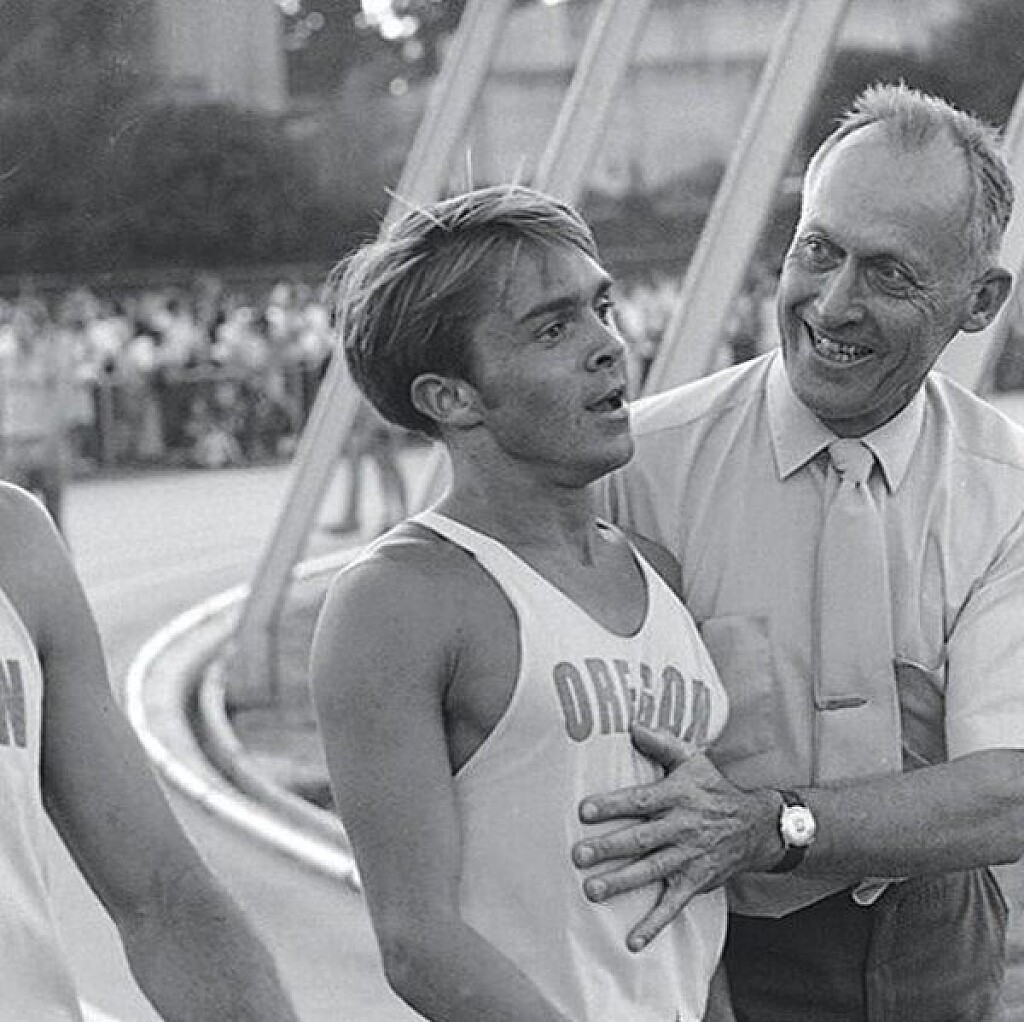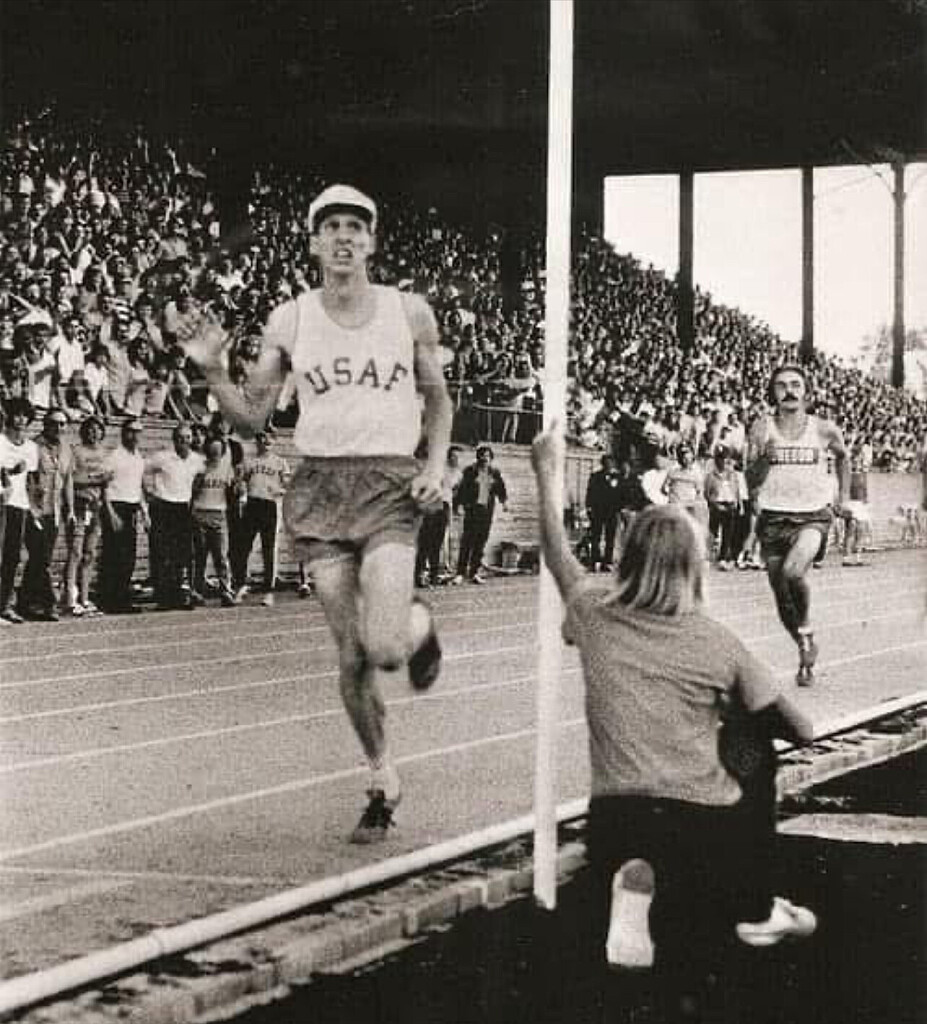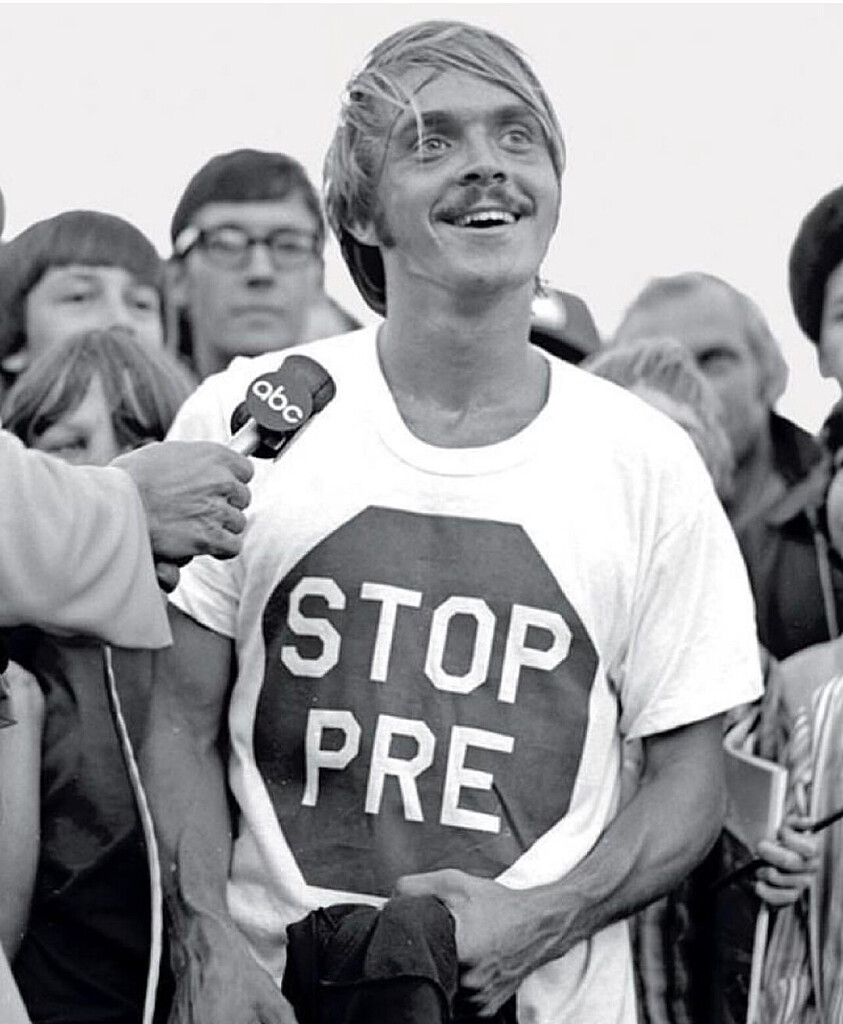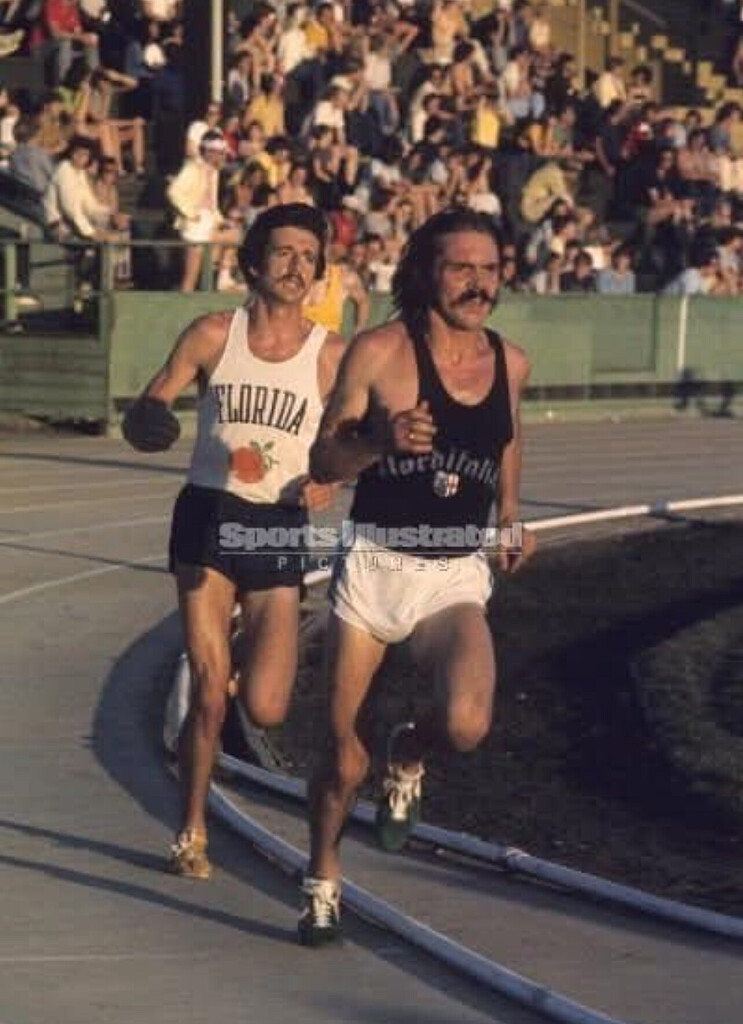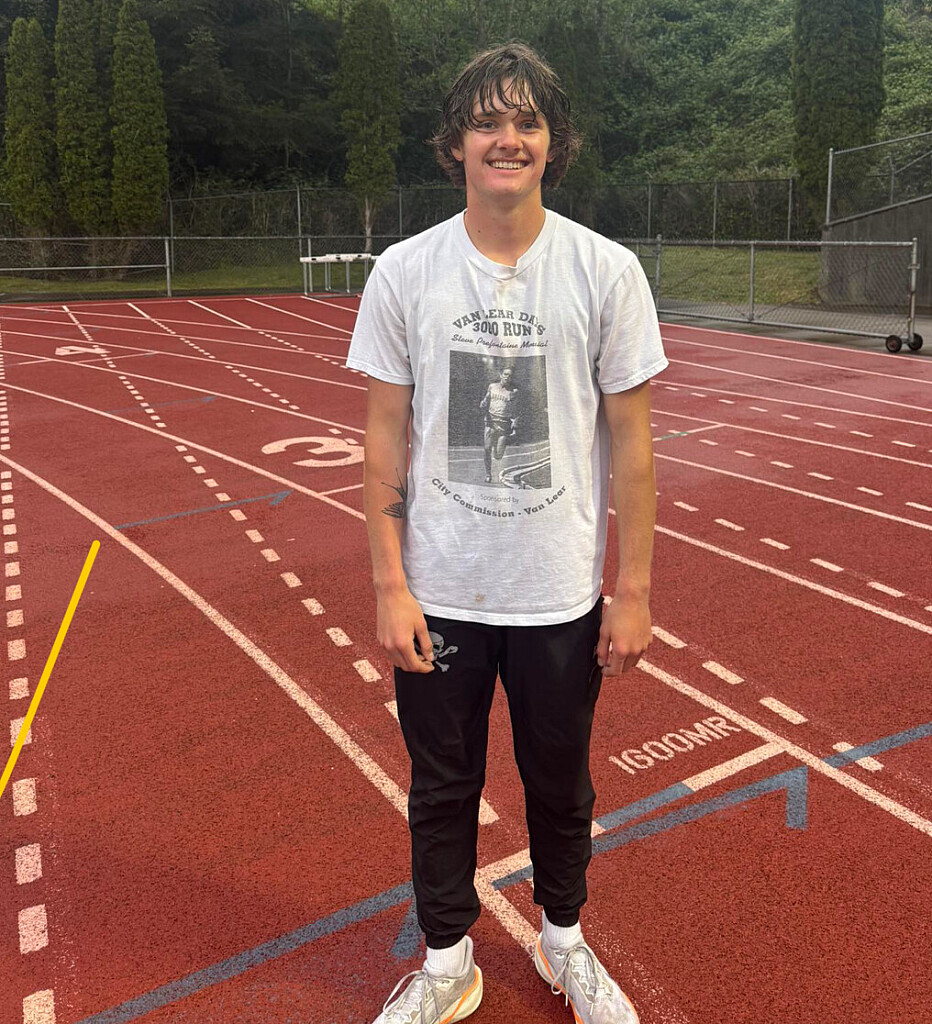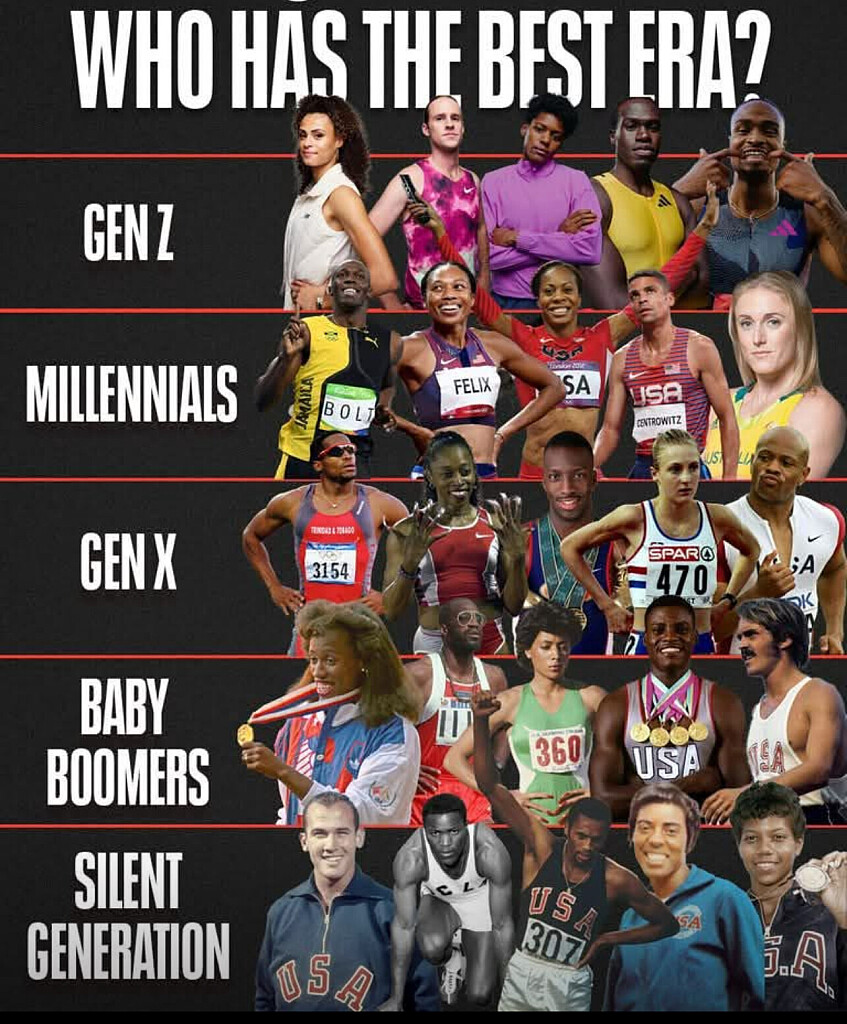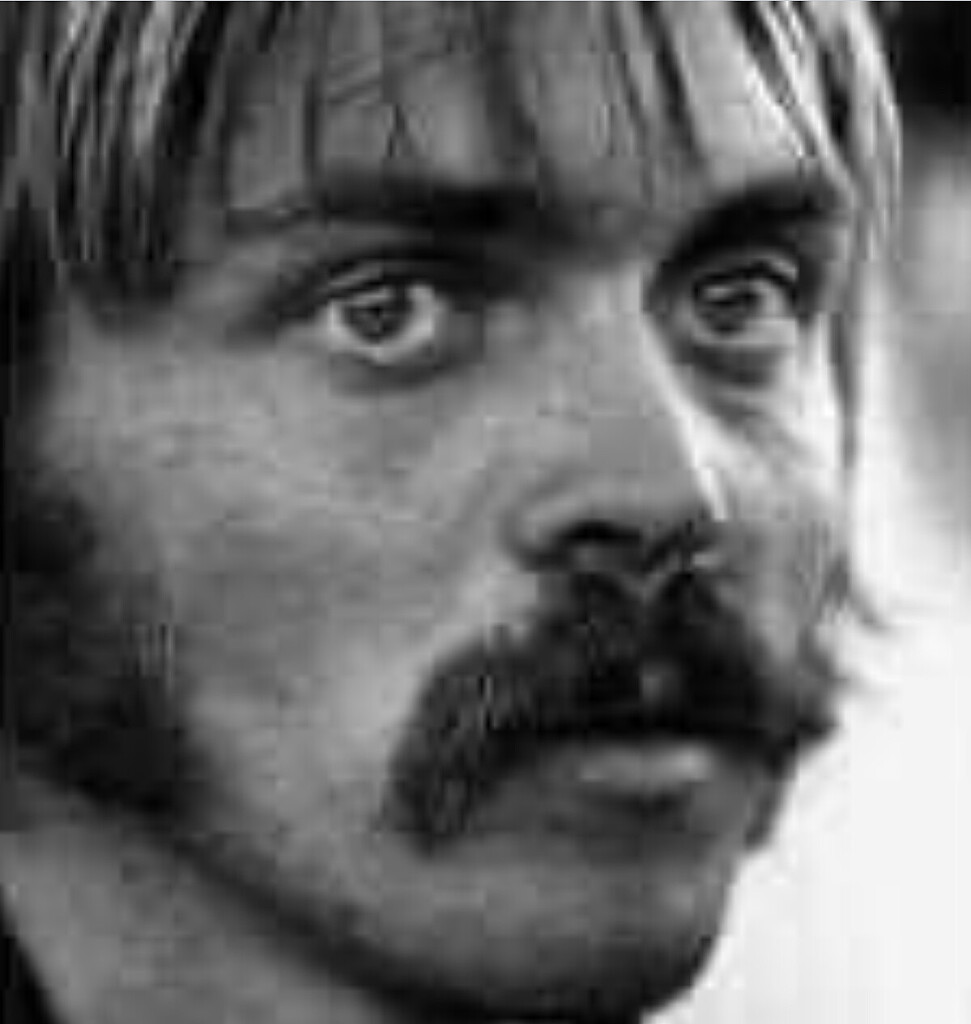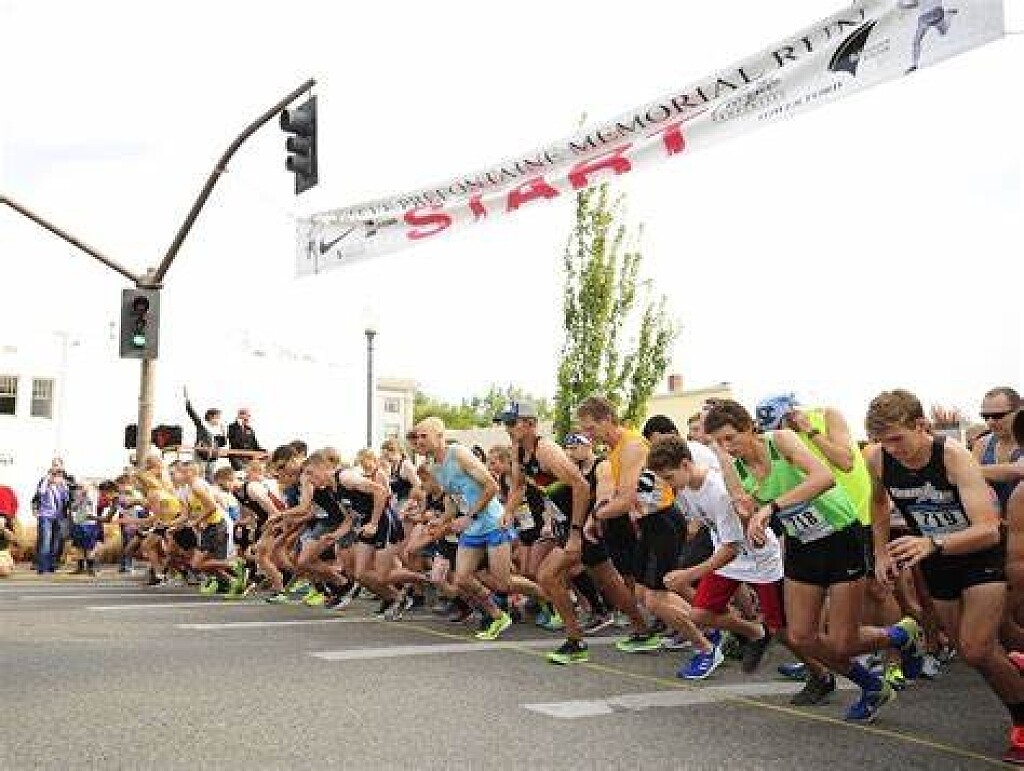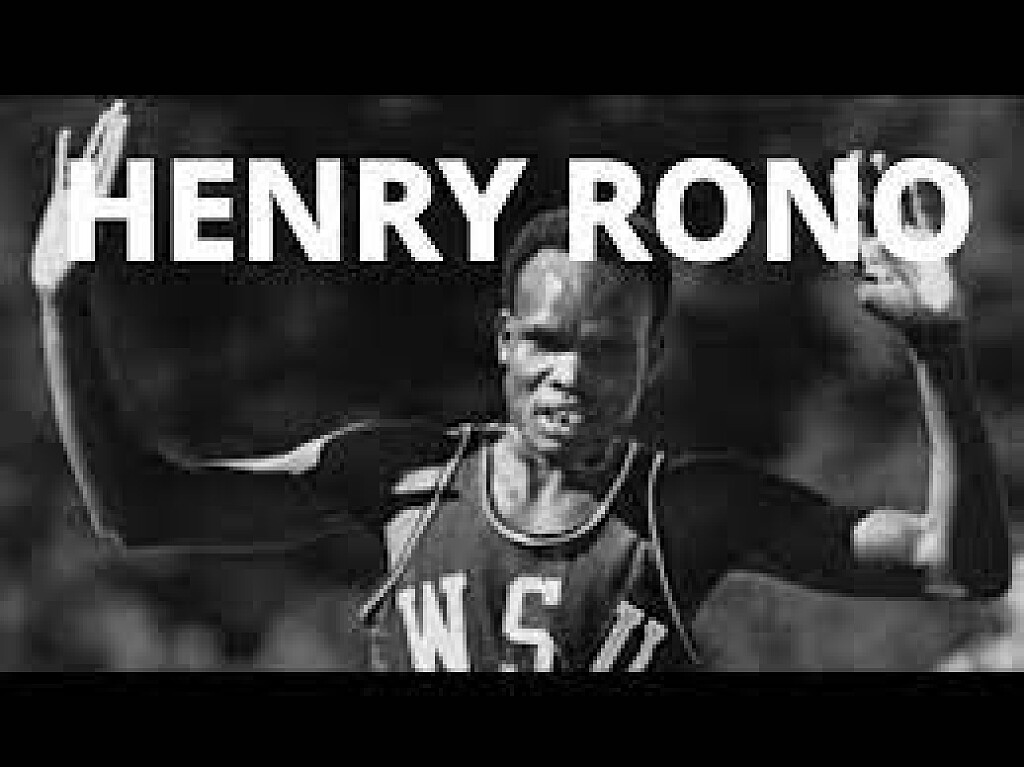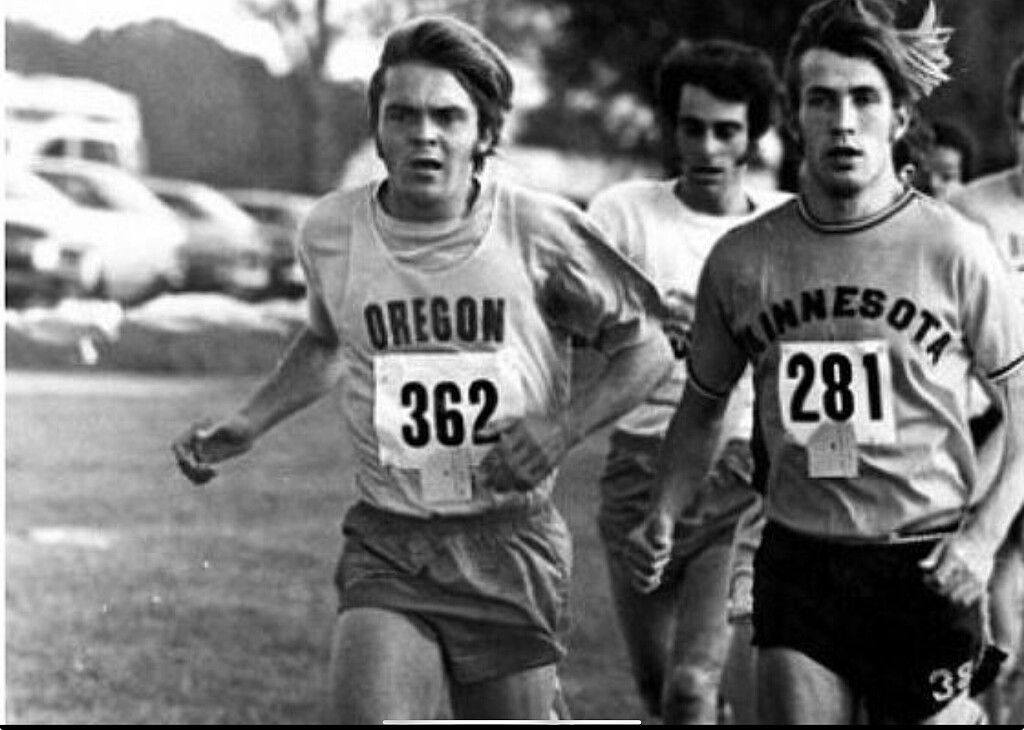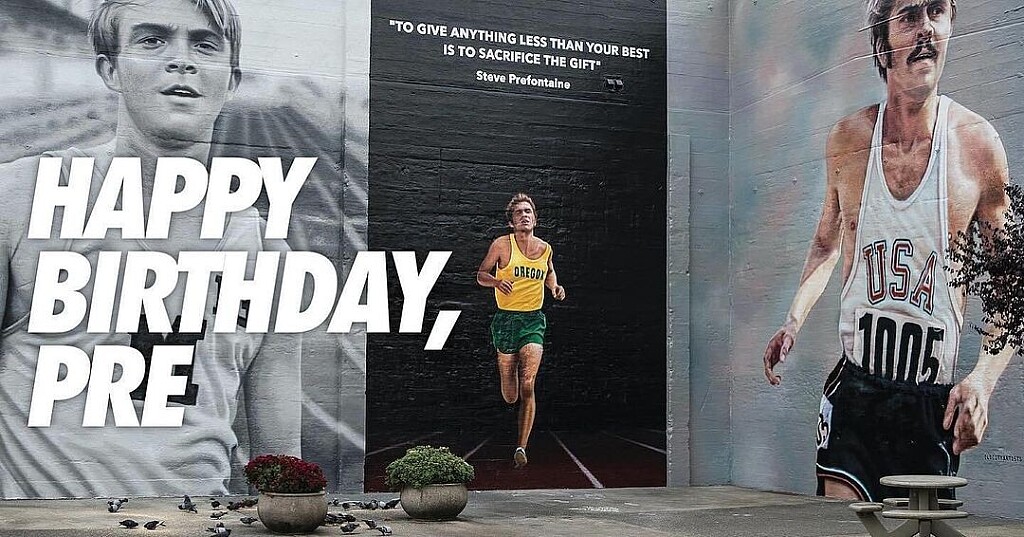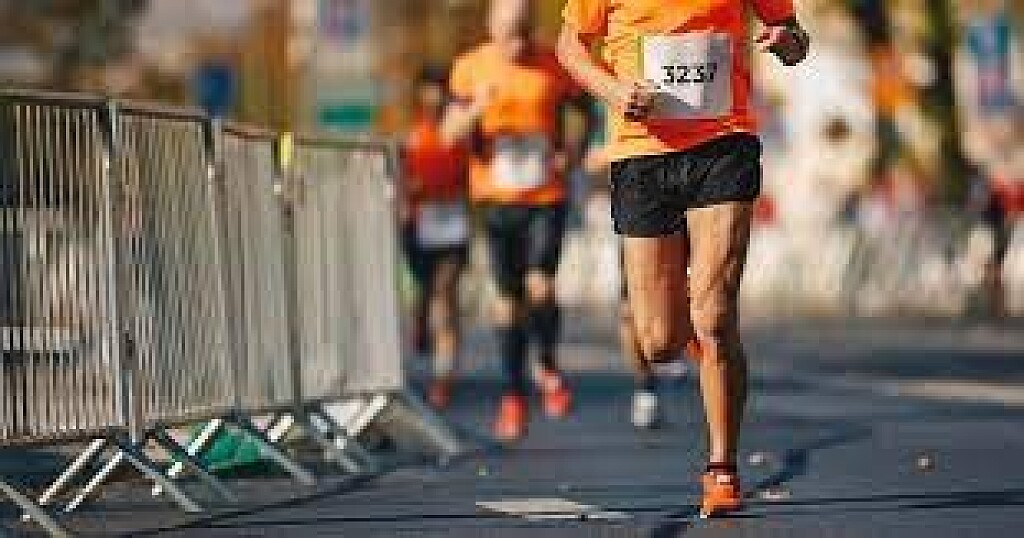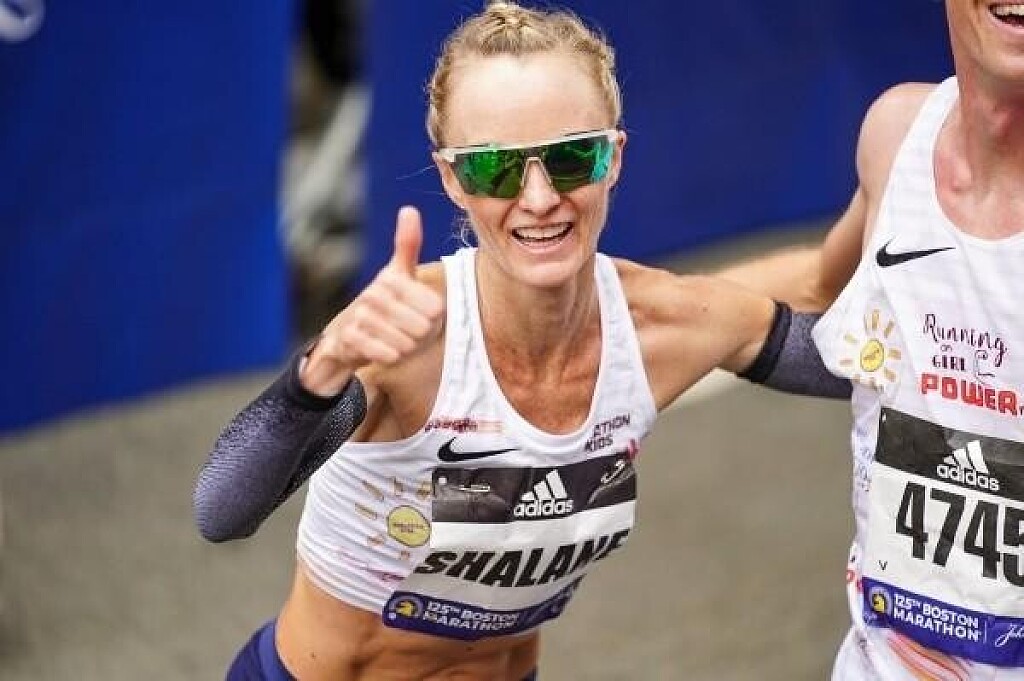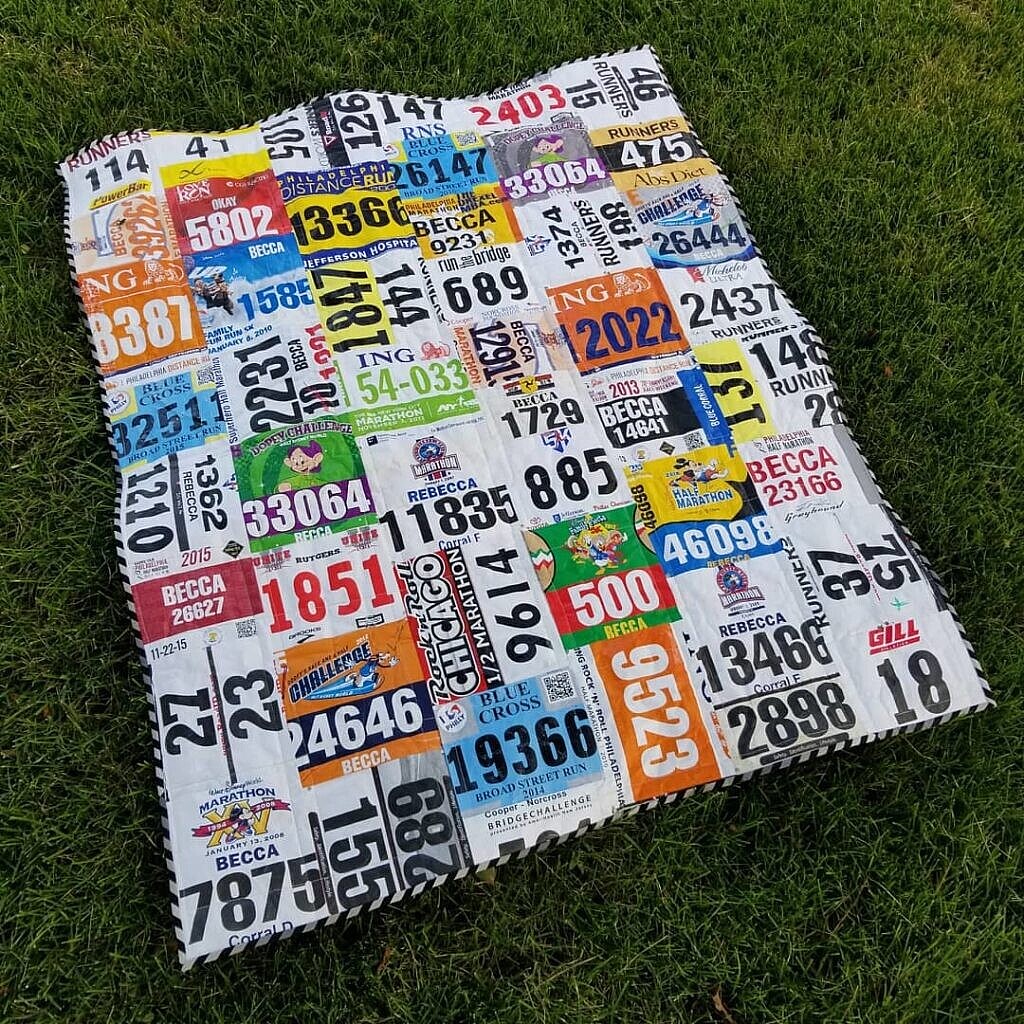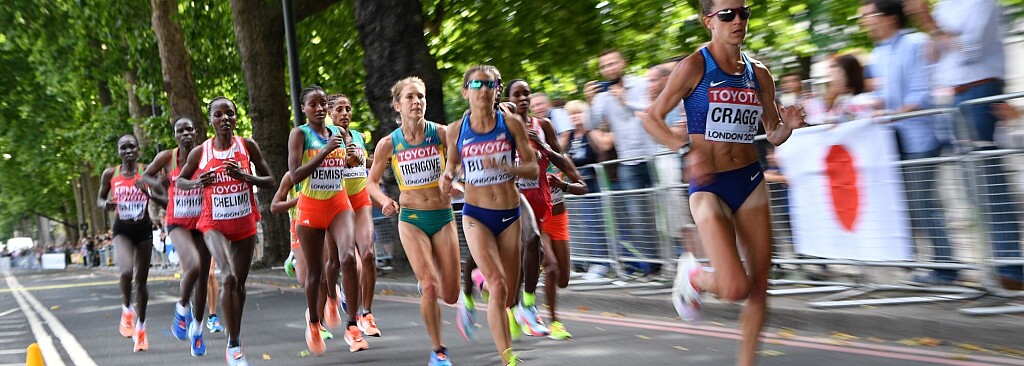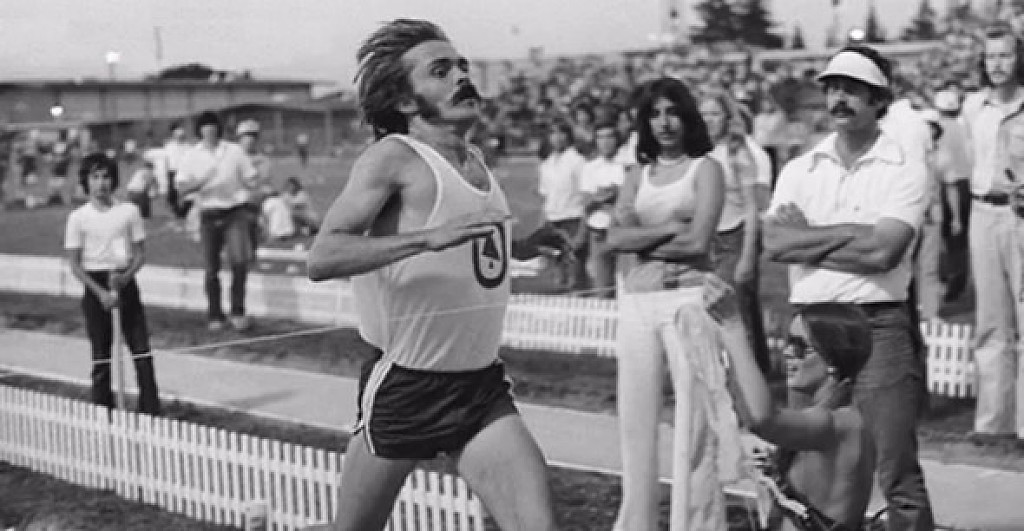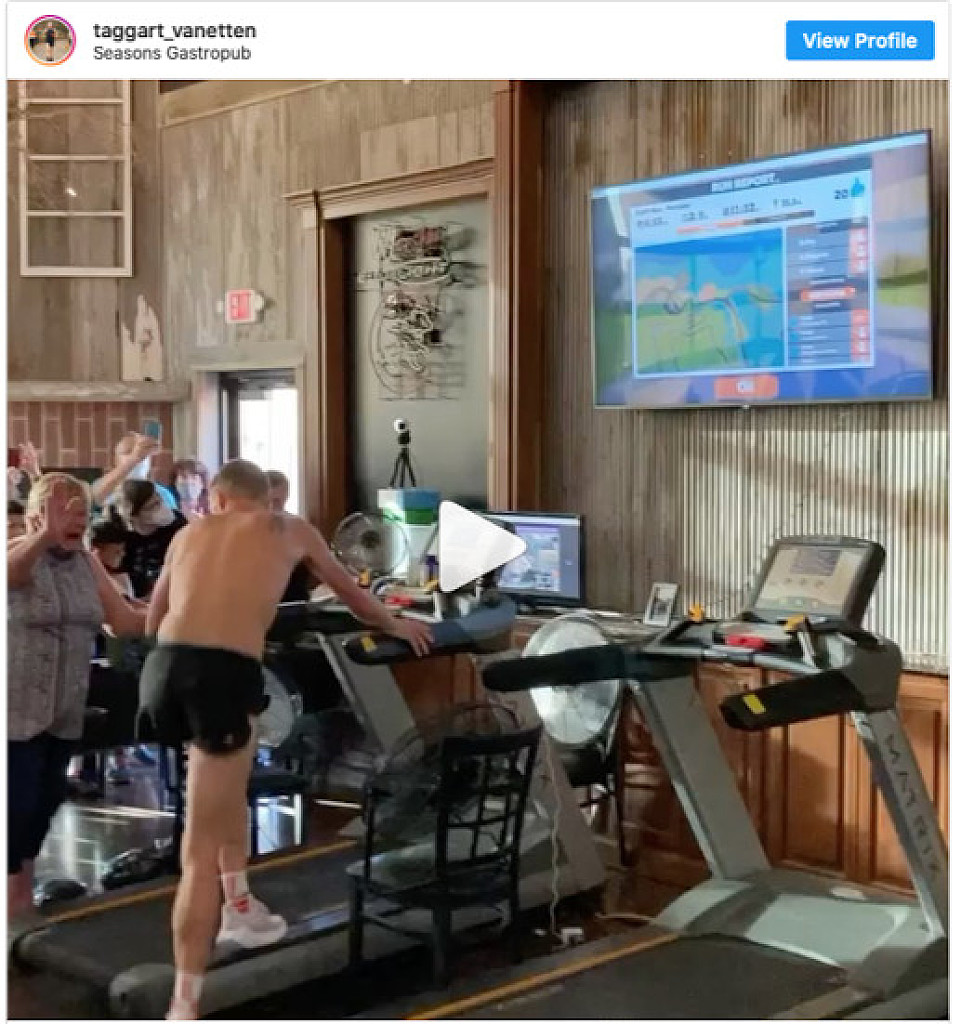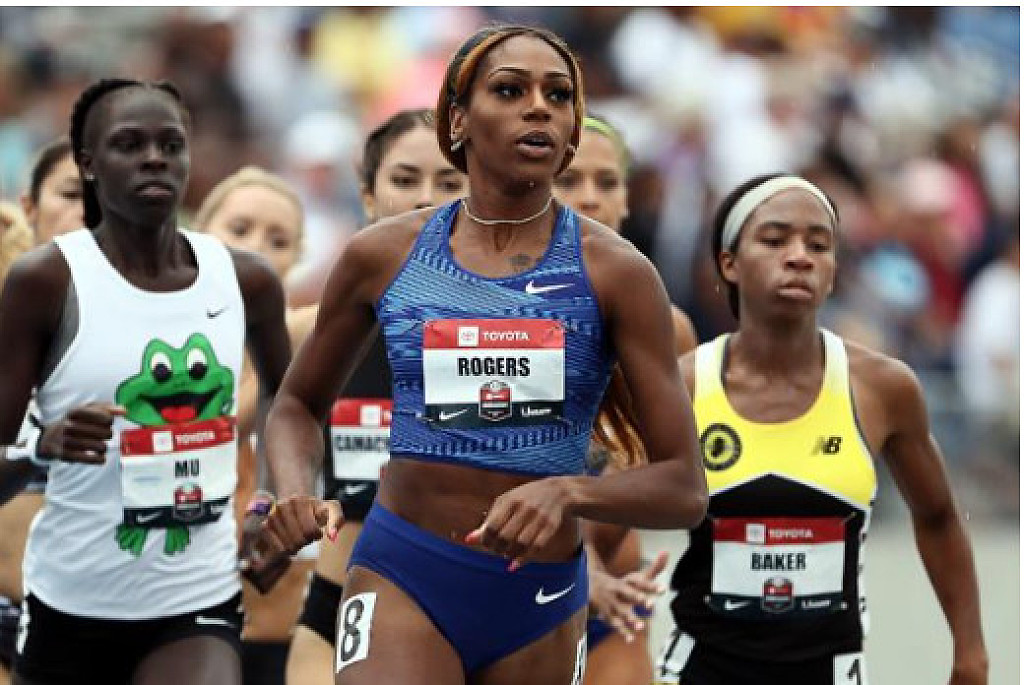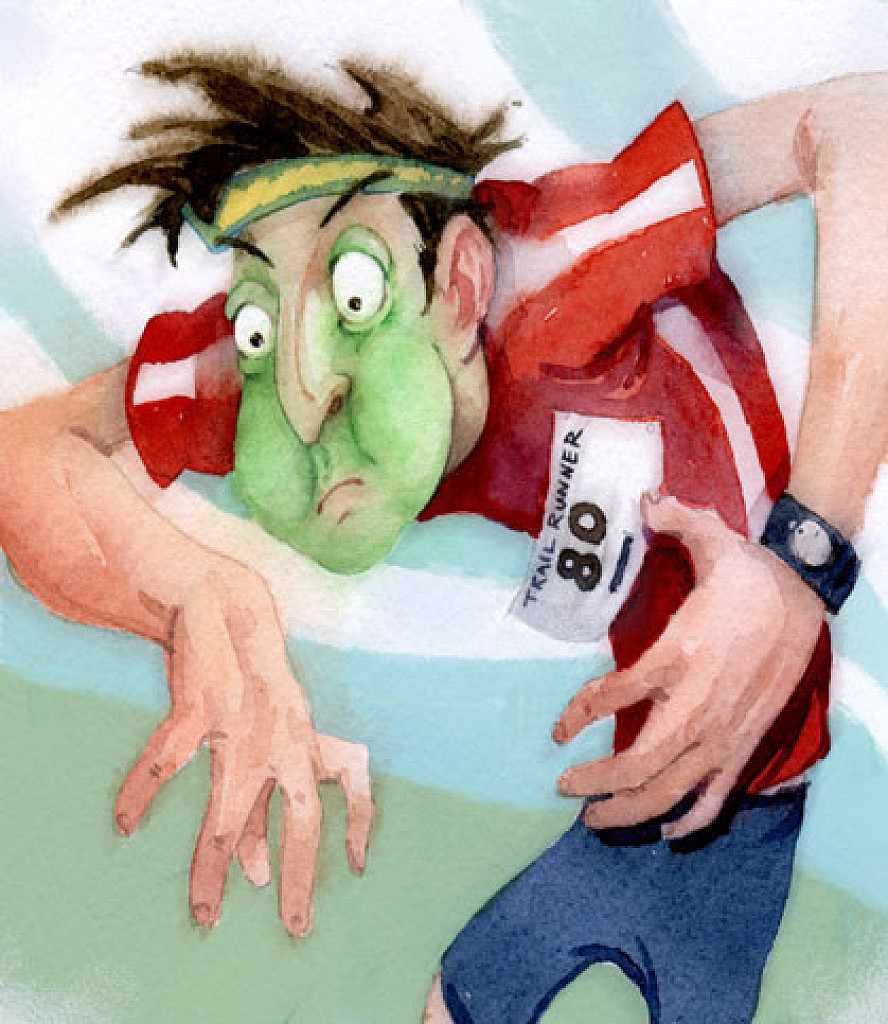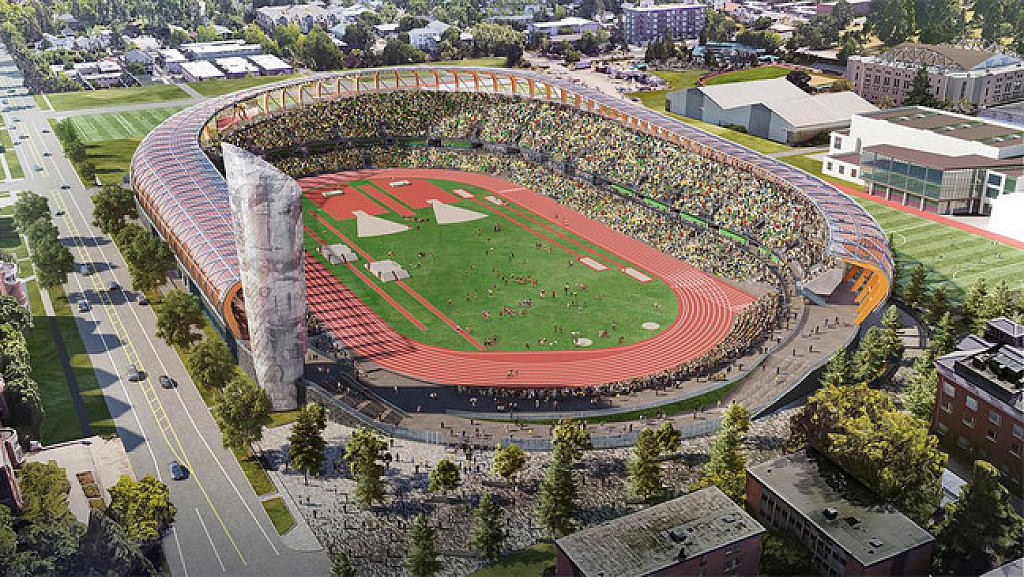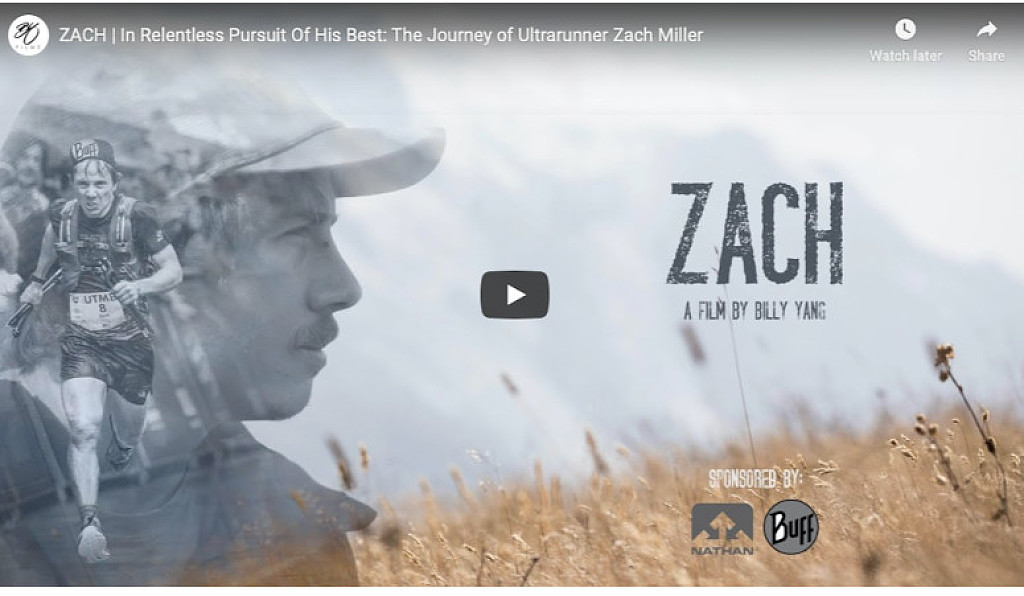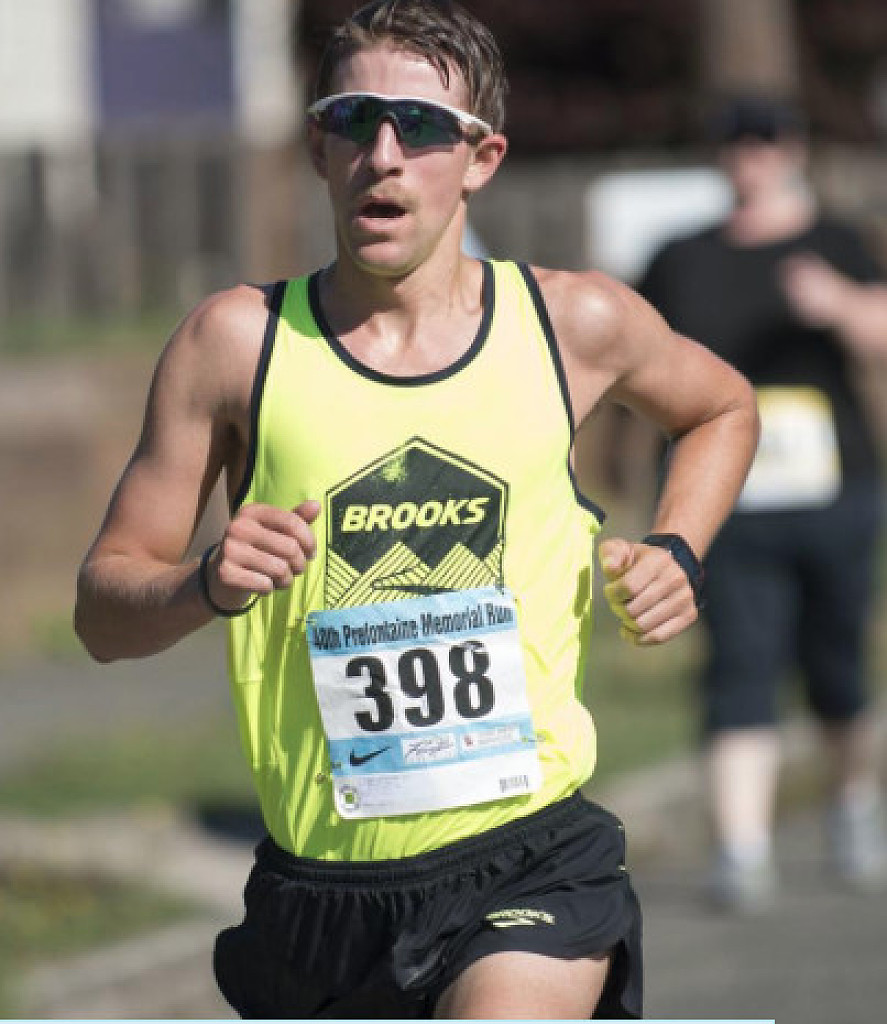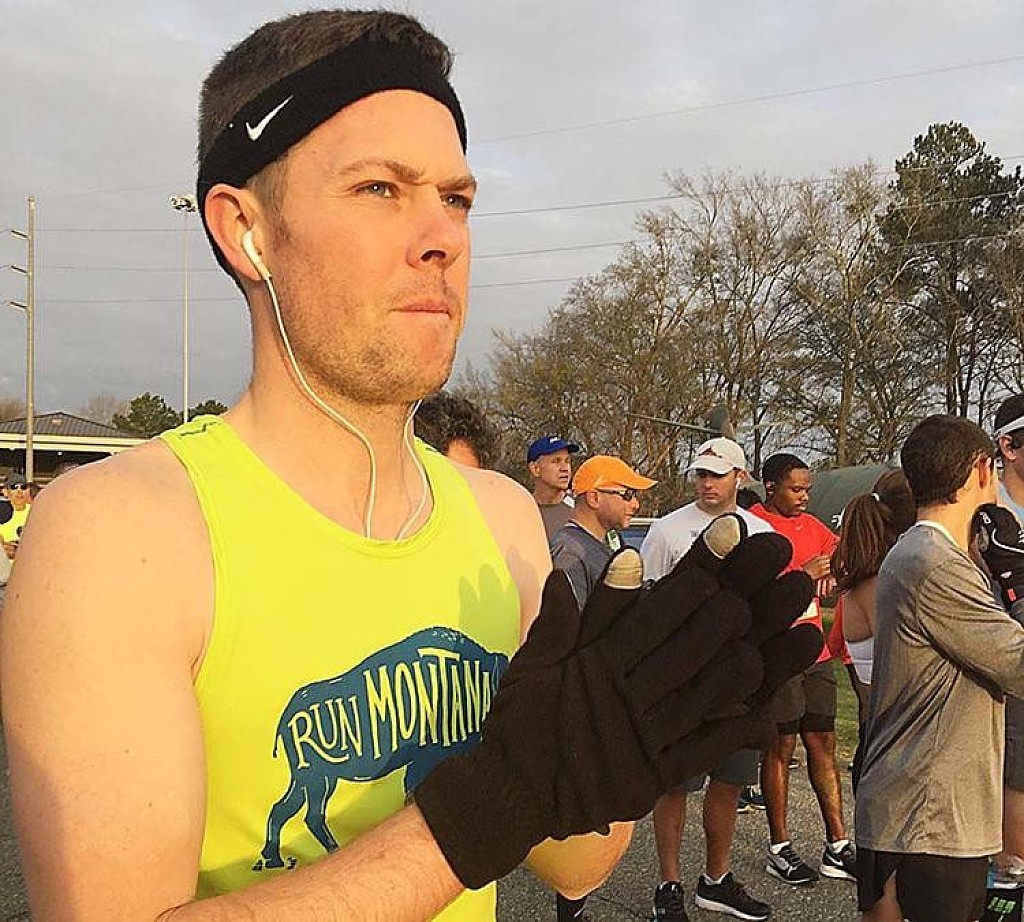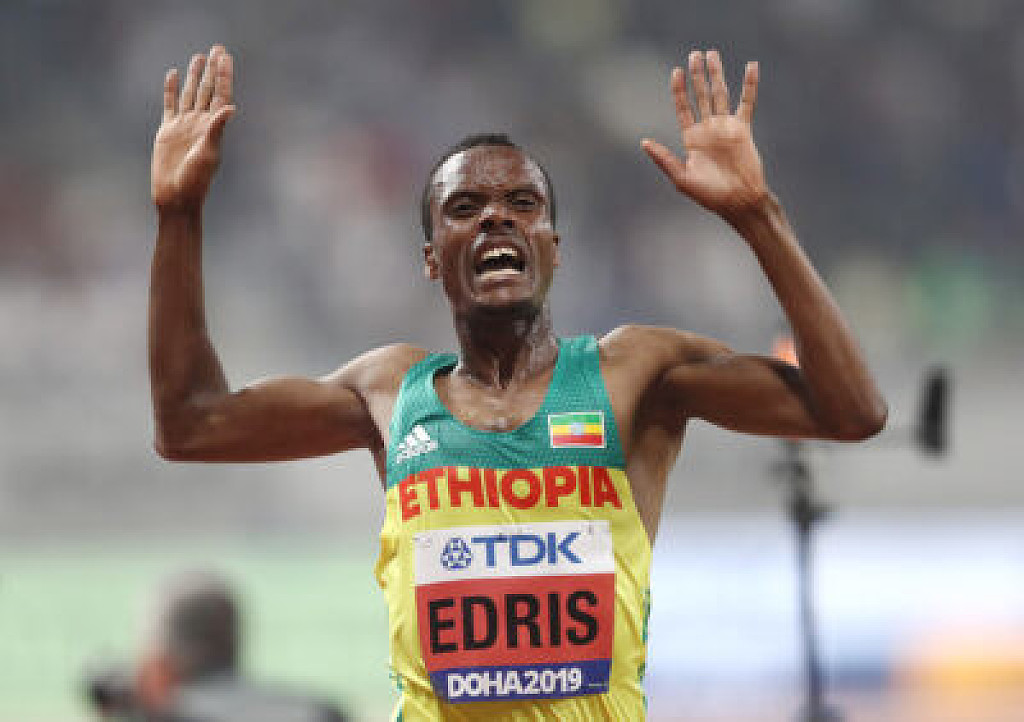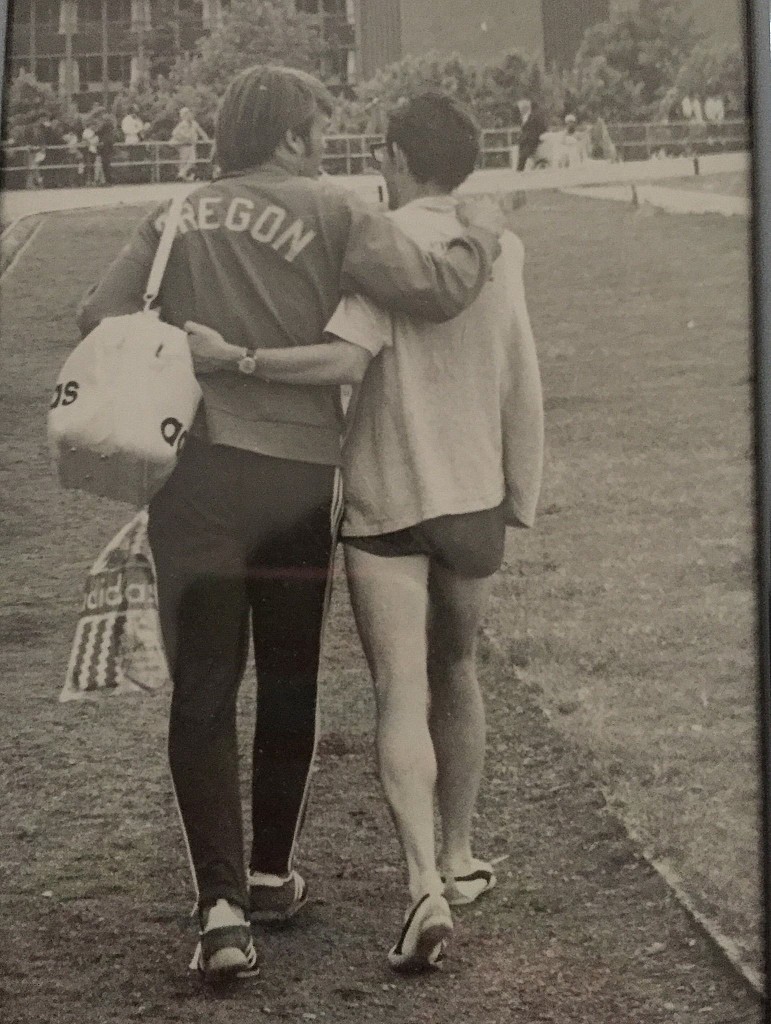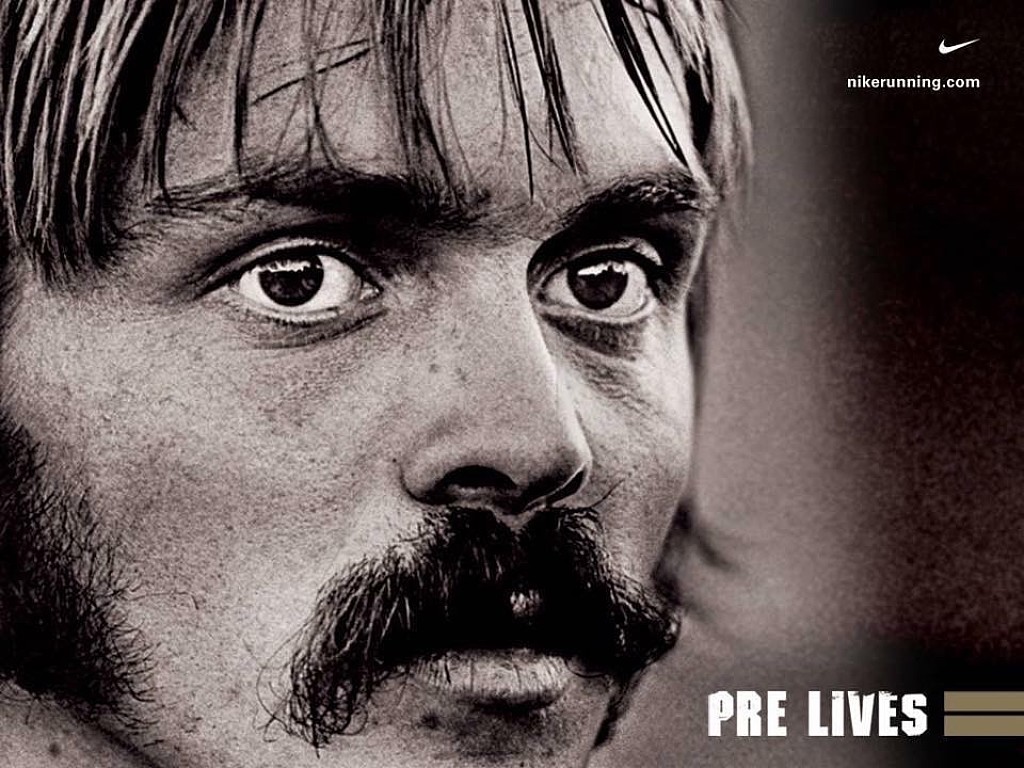Running News Daily
Running News Daily is edited by Bob Anderson. Send your news items to bob@mybestruns.com Advertising opportunities available. Train the Kenyan Way at KATA Kenya and Portugal owned and operated by Bob Anderson. Be sure to catch our movie A Long Run the movie KATA Running Camps and KATA Potato Farms - 31 now open in Kenya! https://kata.ke/
Index to Daily Posts · Sign Up For Updates · Run The World Feed
Articles tagged #Steve Prefontaine
Today's Running News
Eric Giacoletto: The Curator Preserving the Soul of Track and Field
In the fast-moving world of social media, few people are doing more to preserve the rich history of athletics than Eric Giacoletto. From his home in Albertville, France, Eric has become one of the most passionate archivists of the sport—sharing rare photos, insightful commentary, and forgotten moments that continue to inspire athletes and fans across the globe.
Though not a former elite runner himself, Eric’s knowledge runs deep, and his posts serve as daily reminders of what makes our sport timeless. He documents both legends and lesser-known heroes, giving context, names, and reverence to each moment he shares. His work has captured the attention of many—including My Best Runs founder Bob Anderson.
“What Eric is doing is important,” says Bob. “He’s preserving history—moments and athletes that might otherwise be forgotten. His posts are reminders of the beauty, pain, and glory of running.”
Just this past week, Eric posted dozens of compelling images from the golden eras of track and field. From that treasure trove, Bob Anderson selected eight photos he found particularly inspiring. Each tells a story—of courage, character, and the timeless spirit of competition.
Here are the eight photos Bob selected from Eric’s posts this past week:
Photo 1
Jim Ryun and Peter Snell – A Finish for the Ages
Two legends of the mile—Jim Ryun of Wichita and New Zealand’s Peter Snell—captured in one of the most dramatic finishes in middle-distance history. Ryun’s expression of anguish and Snell’s graceful stride speak volumes about what it takes to be world-class. An image that defines grit, shared by Eric earlier this week.
Photo 2
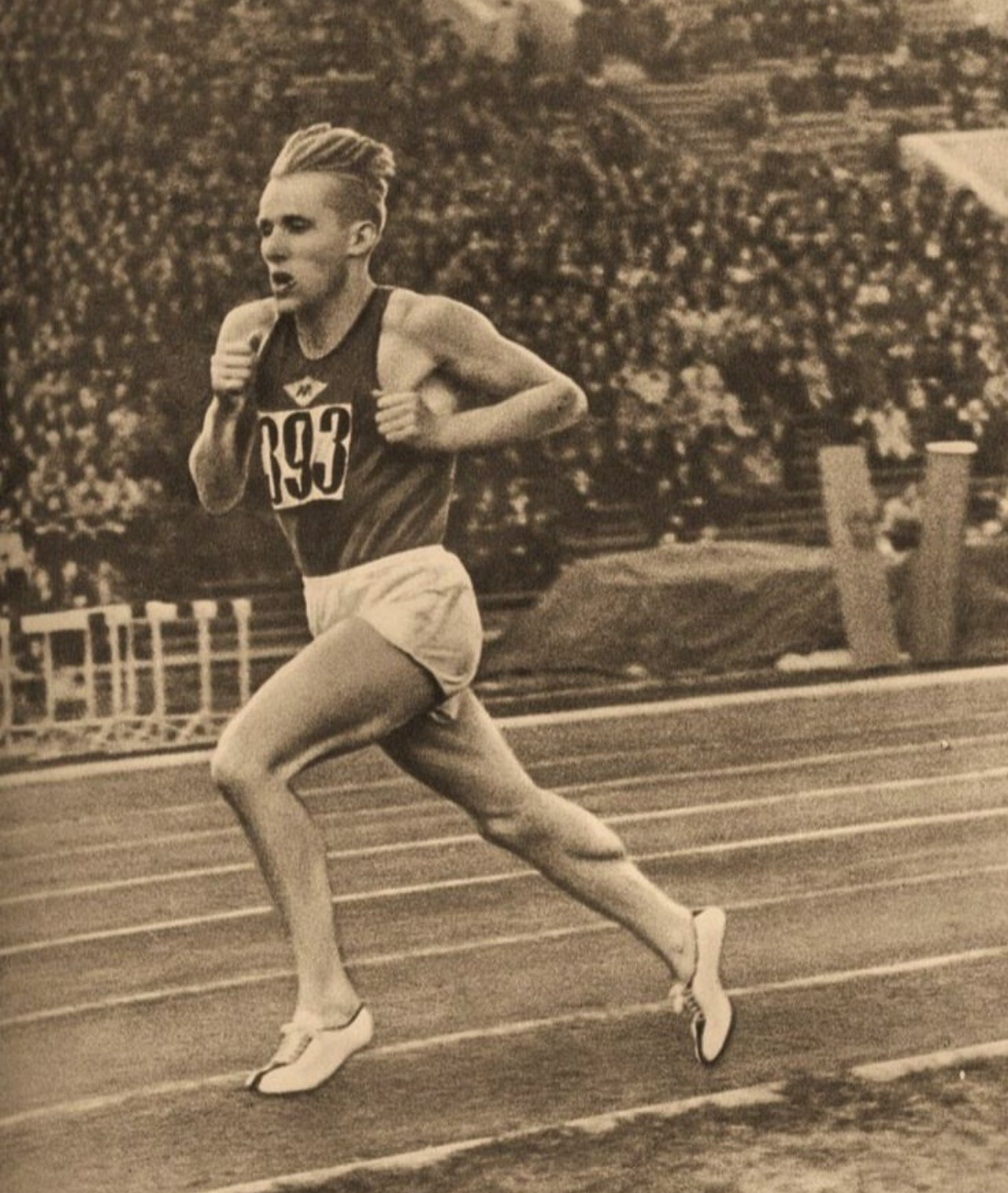
Vladimir Kuts – Soviet Powerhouse in Full Flight
Sprinting down the track with trademark aggression, Vladimir Kuts dominated the 1956 Olympics in Melbourne, winning both the 5,000m and 10,000m. Eric’s photo selection highlights Kuts’ unmistakable form and ferocity—a reminder of Eastern Bloc distance dominance during the Cold War era.
Photo 3
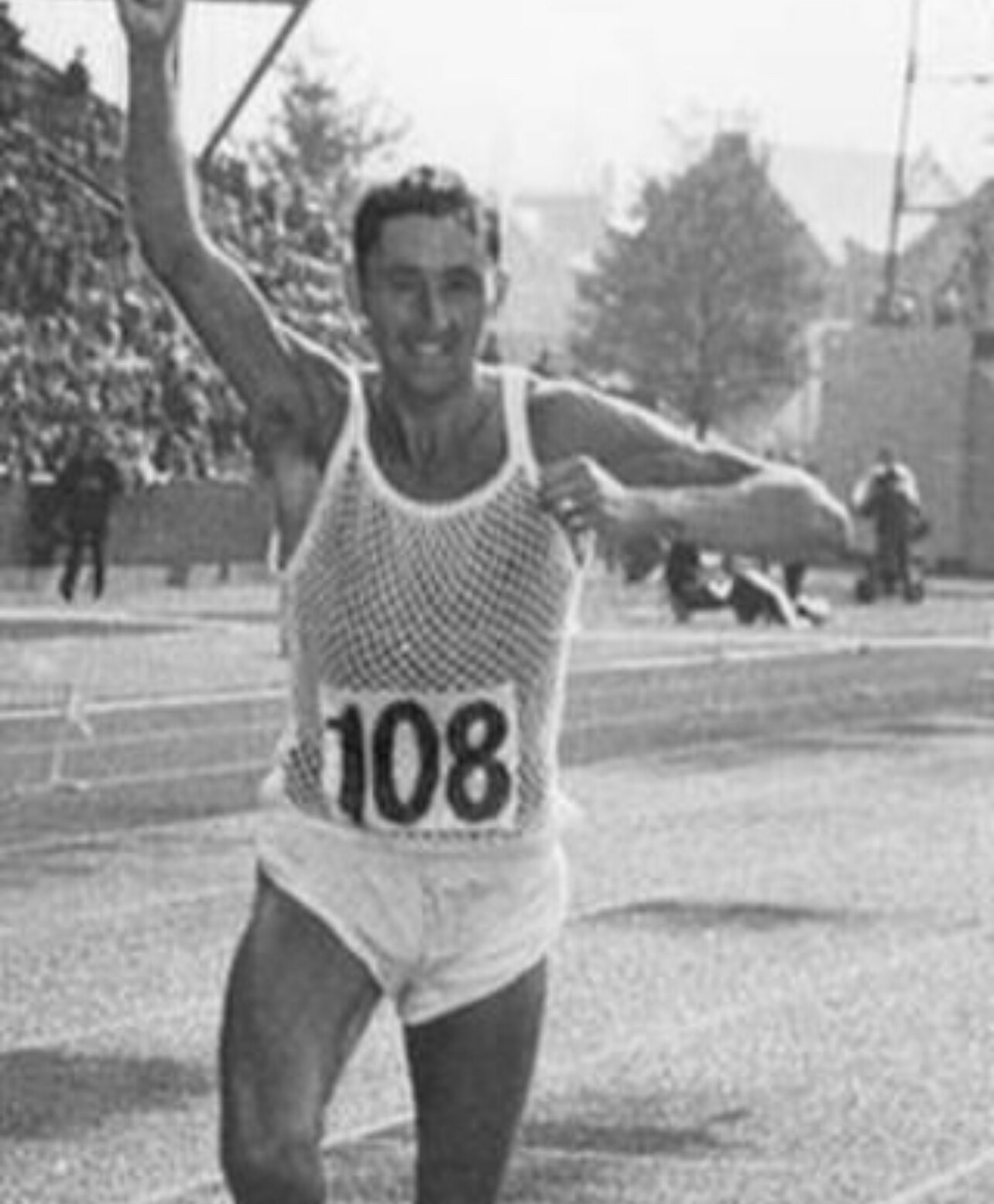
Ron Hill – 1970 Commonwealth Games, Edinburgh
Ron Hill, the pioneering English marathoner, crosses the line in his signature mesh singlet. By 2014, he had logged 159,106 lifetime miles—running at least one mile every day for 50 years. A legendary streak by a man who redefined commitment to the sport.
Photo 4
Steve Prefontaine in His Element
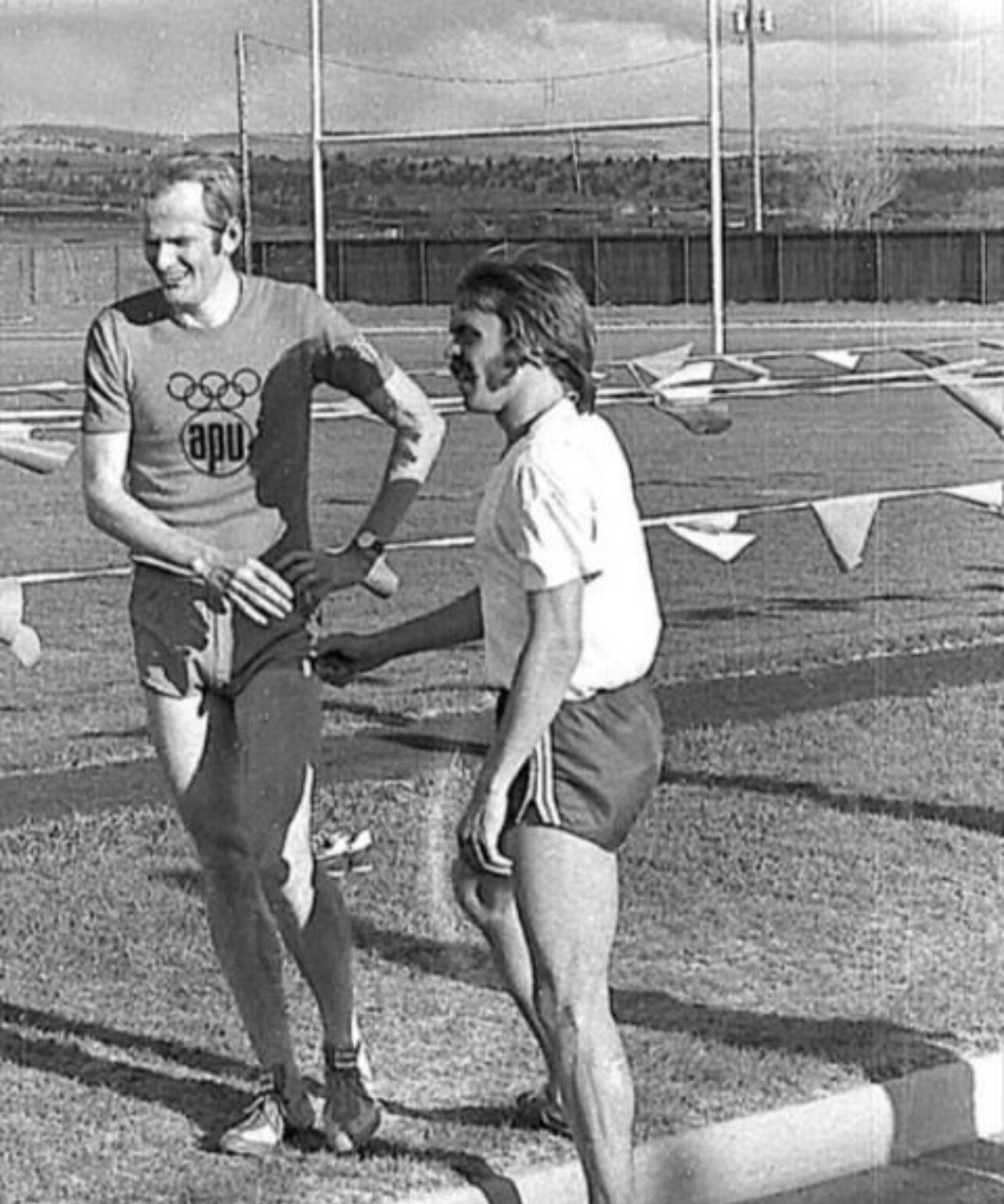
A candid photo of “Pre” during a training session, captured in conversation and camaraderie. Prefontaine’s fearless front-running style and outspoken personality made him a symbol of competitive fire. This relaxed moment shows the human side of a distance icon.
Photo 5
Herb Elliott – Training on the Dunes of Portsea

A powerful shot of Australian great Herb Elliott charging barefoot up the coastal sand dunes, guided by coach Percy Cerutty’s naturalist philosophy. Elliott never lost a 1500m or mile race in his career, and this photo shows the raw work behind that undefeated record.
Photo 6

Paavo Nurmi – Double Gold in One Afternoon
Paris, July 10, 1924: Paavo Nurmi wins the 1500m, then returns just hours later to take gold again in the 5000m. This photo shows him well ahead of the field, delivering one of the most jaw-dropping performances in Olympic distance running history.
Photo 7
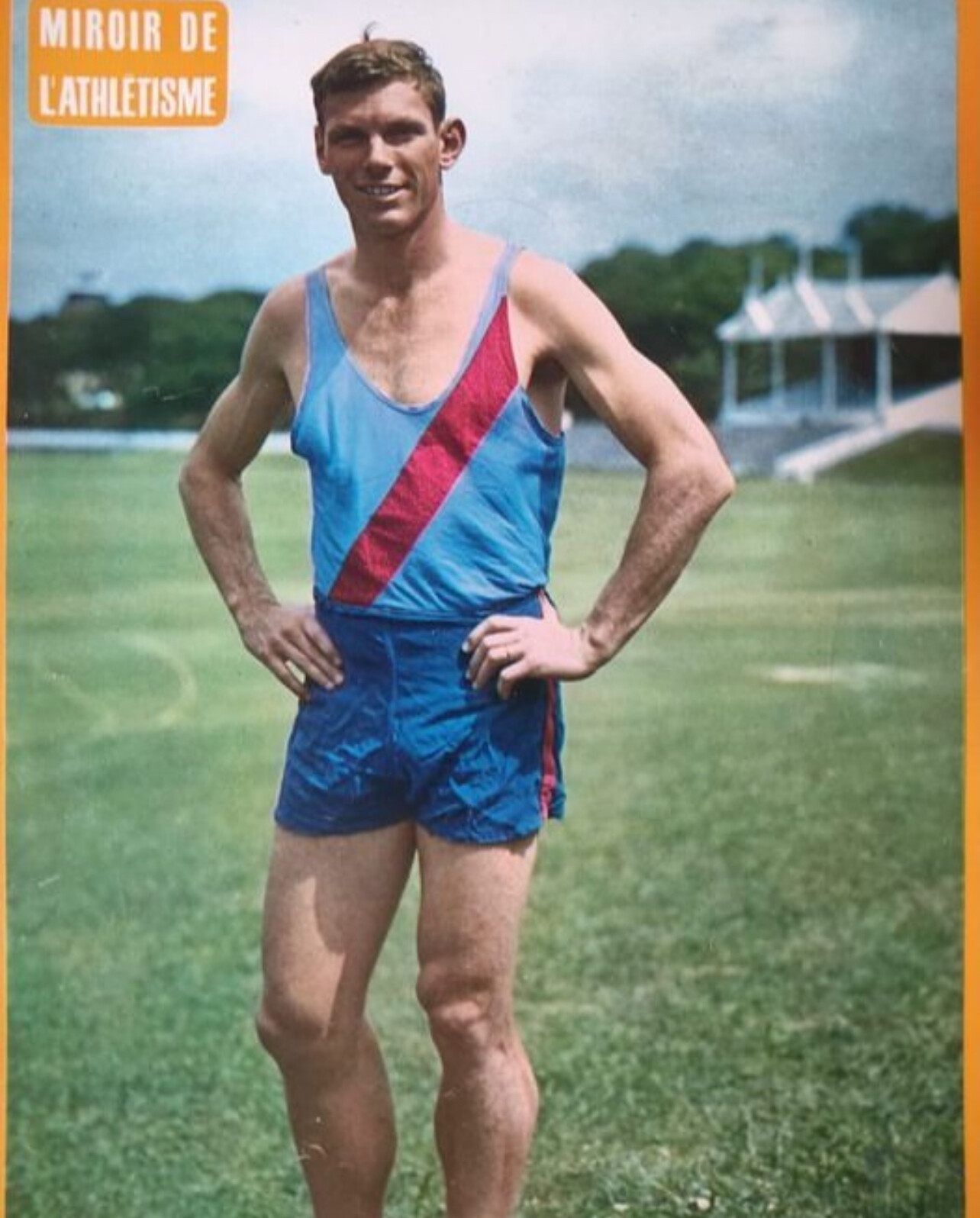
Peter Snell – Power and Poise in Color
A rare color image of New Zealand’s Peter Snell, one of the greatest middle-distance runners of all time. Winner of three Olympic gold medals, Snell combined strength with speed in a way few ever have. Eric’s post brings his iconic stature to life in full color.
Photo 8
Bill Rodgers – Boston Breakaway, 1975

Captured mid-stride during his victory at the 1975 Boston Marathon, Bill Rodgers pulls away under the escort of state police motorcycles. His win that year—2:09:55—was part of a dominant streak that made him a U.S. marathon legend. A city, and a sport, in full celebration.
Honoring the Archivist
Eric’s posts on Facebook and Instagram (@ericgiacoletto) continue to spark meaningful conversations among athletes, historians, and lifelong fans. Whether he’s unearthing a forgotten race photo or celebrating an athlete’s legacy, Eric is doing more than documenting—he’s inspiring.
If you enjoyed this feature, and with Eric’s permission, we’d love to post more regularly here at My Best Runs. Let us know what you think—we’re always looking to spotlight the people and moments that keep the spirit of our sport alive.
by Boris Baron and Bob Anderson
Login to leave a comment
Bill Dellinger, Olympic Medalist and Legendary Coach, Passes Away at 91
The world of distance running is mourning the loss of one of its greats. Bill Dellinger, a three-time Olympian, Olympic bronze medalist, and one of the most influential coaches in U.S. track history, has passed away at the age of 91 on June 26.
Dellinger’s name is etched into the legacy of American distance running, both for his competitive fire and his ability to mentor champions. A fierce competitor on the track and a quiet architect of greatness on the sidelines, Dellinger leaves behind a legacy that stretches across generations.

Born on March 23, 1934, in Grants Pass, Oregon, Dellinger rose to national prominence while competing for the University of Oregon under coach Bill Bowerman. He represented the United States in three Olympic Games—Melbourne 1956, Rome 1960, and Tokyo 1964—earning a bronze medal in the 5000 meters in his final Olympic appearance.
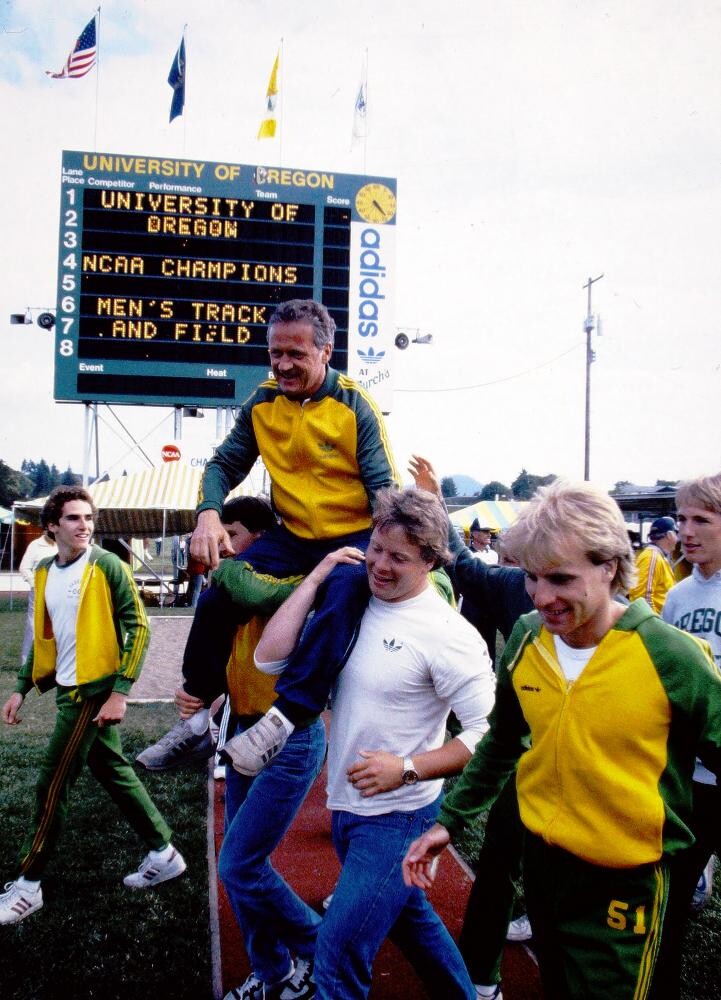
But Dellinger’s second act may have been even more impactful.

In 1973, he succeeded Bowerman as head coach at Oregon and immediately found himself guiding the nation’s most electric young runner—Steve Prefontaine. Their relationship transcended typical coach-athlete dynamics. Dellinger was more than a tactician; he was a stabilizing force for a fiercely independent and intense young star.
“Dellinger wasn’t just a coach. He was an architect of belief,” Prefontaine once said. “He knew when to push and when to trust.”
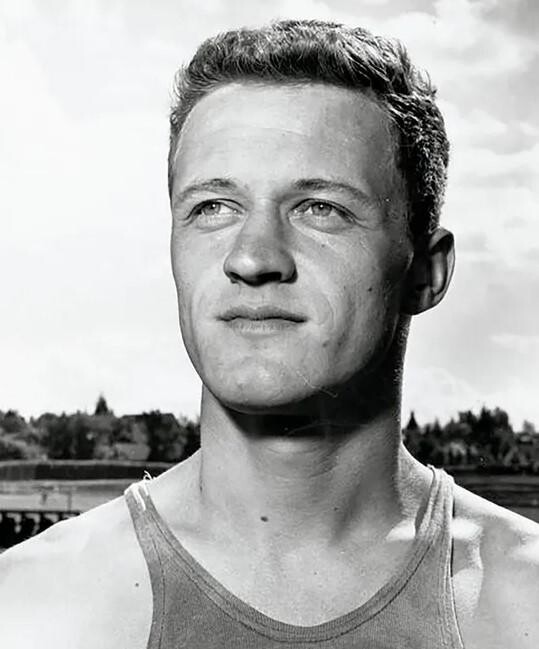
Dellinger coached at Oregon until 1998, mentoring athletes like Alberto Salazar, Matt Centrowitz Sr., Rudy Chapa, and many others who carried the Oregon tradition to global stages. He helped solidify Oregon’s reputation as the mecca of American distance running.
He was known for blending scientific training methods with an intuitive understanding of athlete development. His workouts were tough, his expectations high, but his support unwavering.
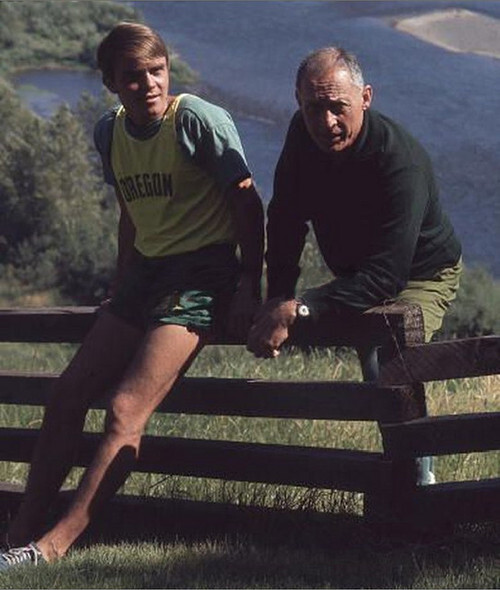
A Lifetime of Influence
Dellinger’s contributions to the sport extended well beyond the track. He co-authored training guides, helped shape early Nike culture, and lent his name to the prestigious Dellinger Invitational, one of the top collegiate cross-country meets in the country.
“Bill’s influence on distance running—first as a world-class athlete and then as a masterful coach—was profound,” said Bob Anderson, lifelong runner and founder of Runner’s World and My Best Runs.
“I hadn’t seen Bill in years, but his presence still echoes in the sport today. He inspired a generation and helped build the foundation of what American distance running has become. He may be gone, but he’ll never be forgotten.”
A Final Lap
Dellinger’s passing marks the end of an era, but his life’s work will continue on every time an Oregon singlet toes the line, every time a young coach references his methods, and every time a runner believes they can dig a little deeper.
He didn’t just coach champions—he helped shape the soul of American distance running.
Rest in peace, Coach Dellinger.
by Boris Baron
Login to leave a comment
Pre vs. Wottle: The Day Eugene Witnessed a Mile Duel for the Ages
Inspired by a post from Eric Giacoletto
On June 20, 1973, Hayward Field in Eugene, Oregon, hosted one of the most legendary mile showdowns in U.S. track history—a dramatic match race between Steve Prefontaine and Dave Wottlethat captivated a sold-out crowd and etched itself into the sport’s folklore.

The event was the Hayward Restoration Meet, a grassroots effort to raise funds to rebuild the stadium’s deteriorating wooden grandstands, which had been condemned by the Eugene Fire Department. Prefontaine, ever the promoter and competitor, helped organize a marquee matchup to fill the stands and elevate the cause.
Pre invited Dave Wottle, who was then riding high after winning gold in the 800 meters at the 1972 Munich Olympics, for a one-mile race that would bring elite energy to Eugene. Wottle accepted the challenge.
According to Giacoletto’s telling, Prefontaine told Wottle:
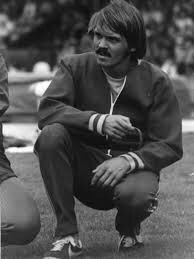
“We’ll go after the world record in the mile, and I’ll set the pace. I’ll bring you through in 2:56, and then it’s each man for himself on the last lap.”
On race day, true to his word, Pre hit the 880-yard mark in 1:56.8 and the three-quarter mile in 2:56.0—perfect pacing for a potential world record.
But with just over 220 yards remaining, Wottle unleashed his signature long sprint. In front of a roaring Hayward crowd, Wottle surged past Pre to win in 3:53.3, the third-fastest mile in history at the time, behind only Jim Ryun’s 3:51.1 world record (1967) and Marty Liquori’s 3:52.2 (1971).
Prefontaine finished second in 3:54.7, which tied him for ninth on the all-time list. John Hartnett of Villanova and Ireland kicked hard to take third in 3:54.8, placing 11th all-time.
Why This Race Still Resonates
• It was Wottle’s career-best mile, proving his range extended well beyond 800 meters.
• It showed Prefontaine’s commitment to elevating the sport, even at the risk of losing.
• It became a key chapter in Hayward Field’s history and Oregon’s running identity.
As Eric Giacoletto beautifully summarized, this was “an epic day in track nerd history”—a pure demonstration of guts, pacing, and competitive fire that helped shape American distance running.
by Boris Baron
Login to leave a comment
Remembering Steve Prefontaine: 50 Years Since His Untimely Passing
On May 30, 1975, the running world lost one of its most charismatic and determined figures: Steve Prefontaine. Known simply as “Pre,” he wasn’t just a distance runner—he was a phenomenon, captivating fans with his relentless style and rebellious spirit. As we mark 59 years since his passing, let’s celebrate his life by sharing stories and facts that many may not know.
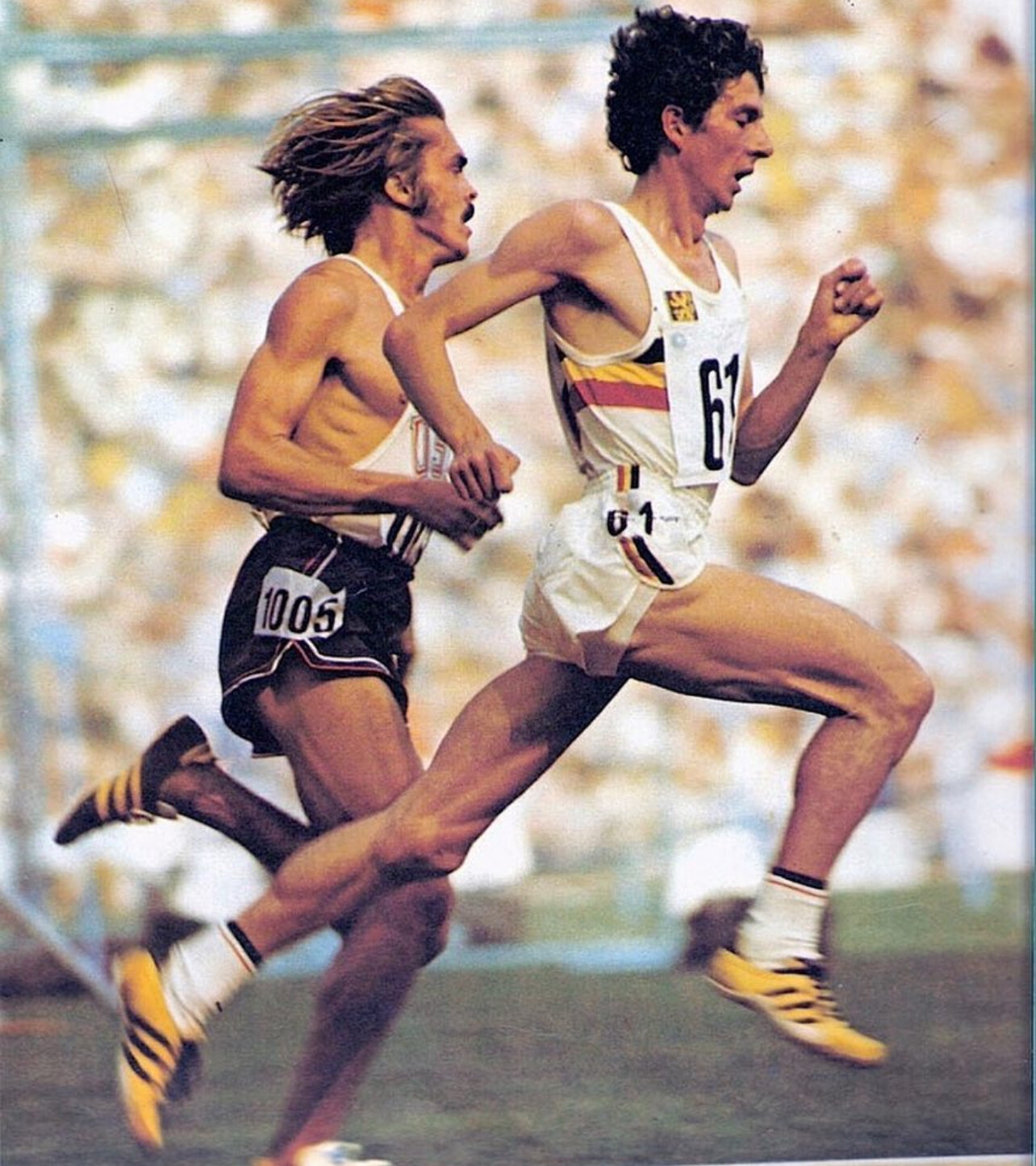
The Man Behind the Legend

Born in Coos Bay, Oregon, Steve Prefontaine became a running icon in an era dominated by more conservative racing strategies. His front-running style—pushing the pace from the gun—symbolized not just his physical prowess but his sheer will to win.
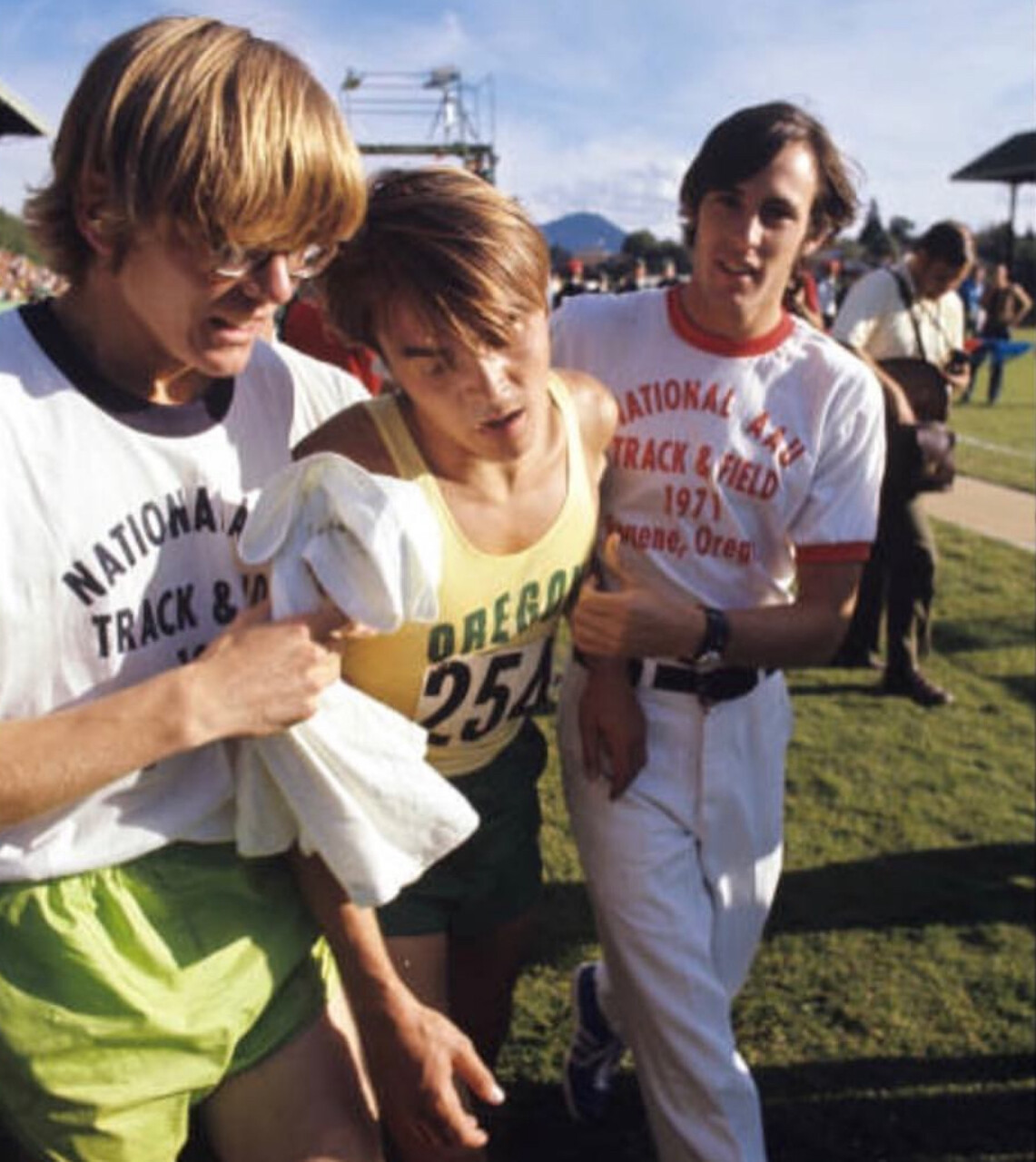
While many remember his records, charisma, and tragic death at age 24, there’s more to Pre’s story:

Lesser-Known Facts About Steve Prefontaine
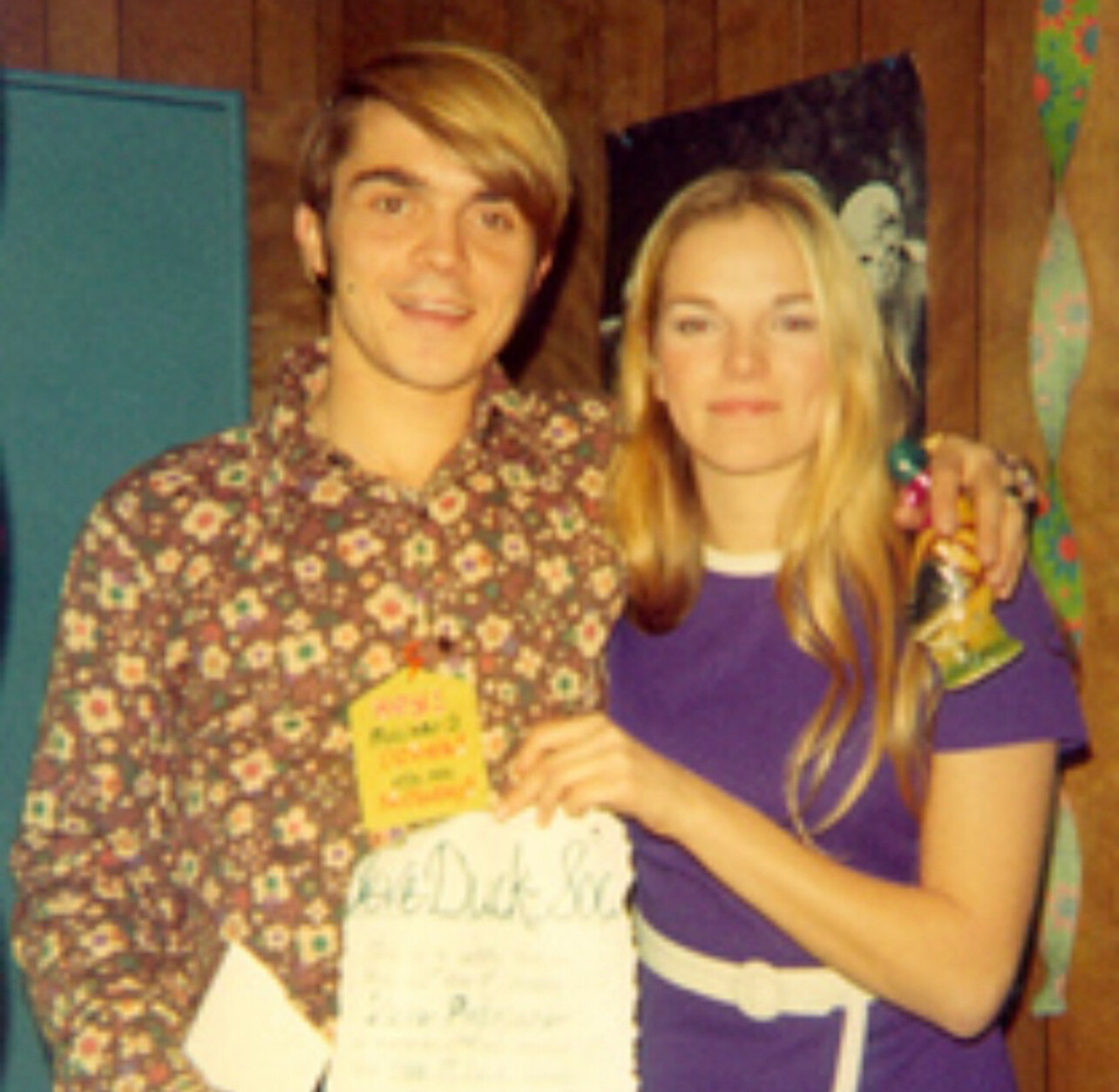
✅ His First Love Was Football
Before he discovered distance running, Prefontaine dreamed of playing football. His small stature (just over 5’9”) eventually led him to cross-country and track, where his natural talent shone.
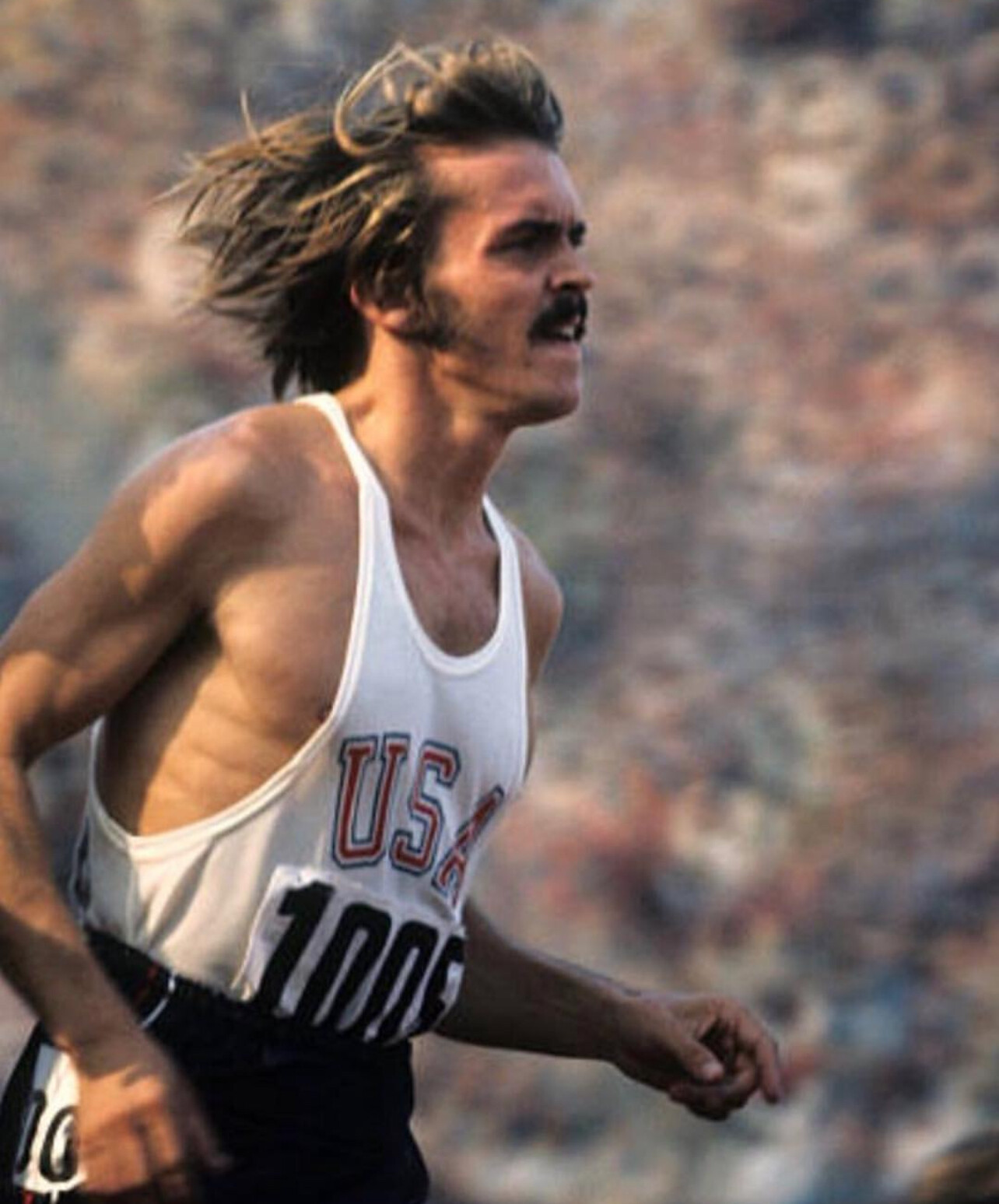
✅ He Was a Student of the Sport
Pre wasn’t just a competitor—he was a student of running. He meticulously logged his workouts and was known to study race tactics and course layouts in detail, even though he famously raced “without a watch.”
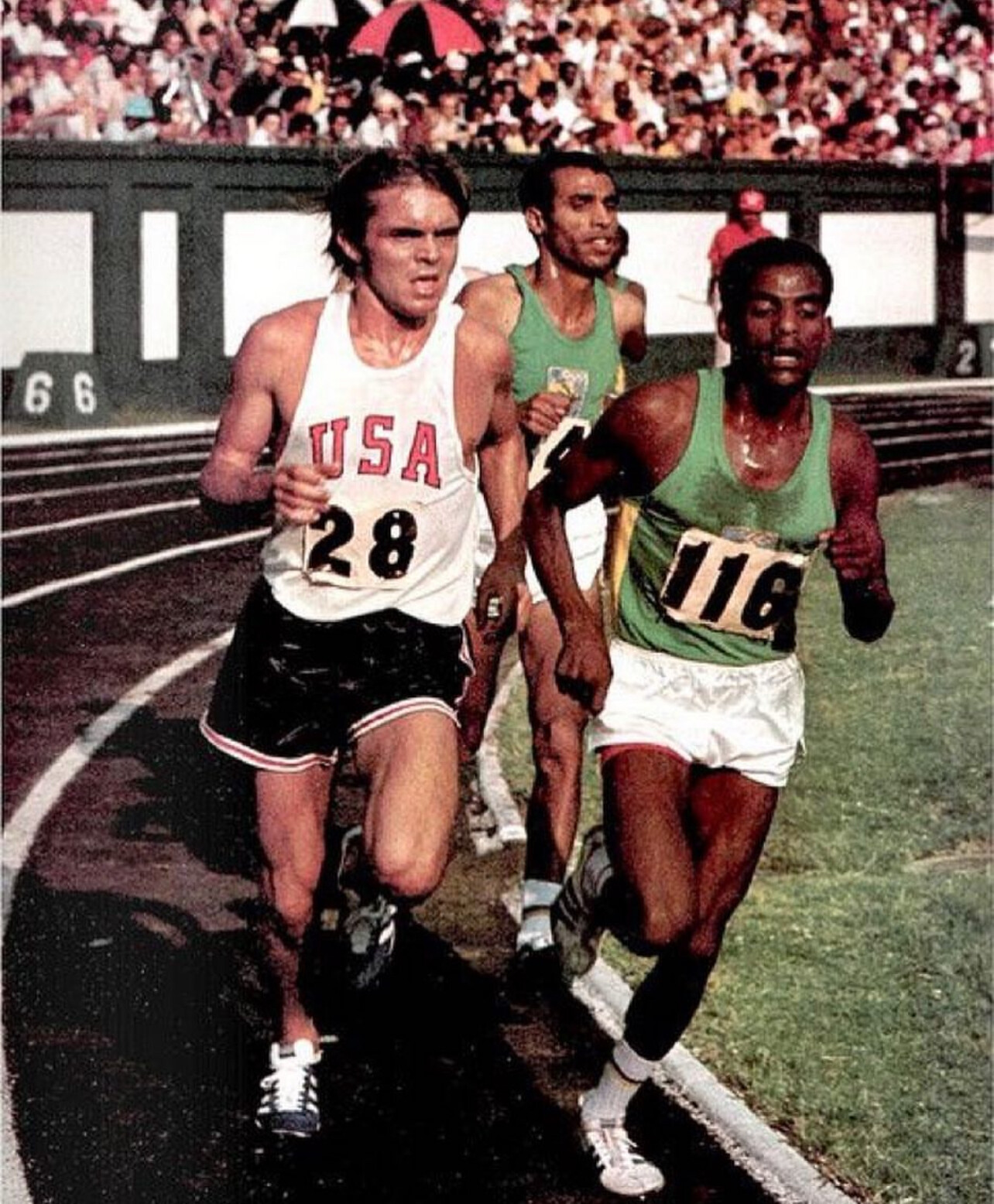
✅ He Worked Hard Off the Track
While at the University of Oregon, Prefontaine worked part-time at a bar called The Prince Pückler’s Ice Cream Parlor to make ends meet. He was known for being personable and engaging with customers.
✅ He Advocated for Amateur Athletes
Pre was a vocal critic of the AAU (Amateur Athletic Union) and its restrictive policies. He championed athlete rights, paving the way for future reforms in track and field compensation and professionalism.
✅ He Had an Eye for Art
Many don’t know that Prefontaine had a strong artistic side. He enjoyed sketching and was known to doodle during downtime, particularly in college.
✅ The 1972 Munich Olympics Fueled His Fire
After finishing fourth in the 5000 meters in Munich, just shy of the medals, Pre’s determination was stronger than ever. He was already planning his strategy for the 1976 Montreal Olympics—a dream tragically cut short.
✅ His Car Crash Had Controversial Theories
While officially ruled an accident (his MGB sports car flipped after hitting a rock wall), there have been whispers over the years of mechanical failure or other drivers being involved. Regardless, the crash at 24 years old left the running world stunned.
✅ He Was an Early Nike Ambassador
Phil Knight, co-founder of Nike, was an early supporter of Prefontaine. Pre wore early versions of Nike shoes and even helped test prototypes, playing a key role in building the brand’s credibility among elite athletes.
Legacy Beyond the Finish Line
Steve Prefontaine’s legacy isn’t just about times or places—it’s about spirit. His courage to lead from the front, his determination to fight for athletes’ rights, and his ability to inspire transcended the track. His story continues to resonate with runners and fans, even 59 years after his death.
As we reflect today, let’s honor Pre’s legacy not just by remembering his races, but by embracing his passion, fearlessness, and commitment to excellence.
by Boris Baron
Login to leave a comment
Steve Prefontaine’s Final Race: A Victory Etched in History
On May 30, 1975, under the golden light of an Oregon evening, Steve Prefontaine ran what would become the final race of his life. The setting was Hayward Field in Eugene, Oregon—his home track and the spiritual center of American distance running.
In the 5,000 meters that evening, Pre surged past Olympic champion Frank Shorter in the final laps, delivering a trademark gutsy performance. He crossed the finish line first in 13:25, cheered on by a passionate home crowd. It was a classic Prefontaine finish: fearless, front-running, and fiercely competitive.
Tragically, just hours later, Prefontaine died in a car crash driving his MGB, ending the life and career of one of America’s most iconic runners at just 24 years old.
This powerful image—captured by Sports Illustrated—shows Pre in command, moments before his final victory. It remains a poignant reminder of the passion he brought to the sport and the legacy he left behind.
Special thanks to Eric Giacoletto for remembering and sharing this historic moment.
by Boris Baron
Login to leave a comment
Bodey Lutes Breaks Prefontaine’s 800m Record at Marshfield High
A new chapter has been written in the storied history of Marshfield High School’s track program. On May 2, senior Bodey Lutes broke the school’s 800-meter record with a time of 1:53.00, surpassing a mark set by none other than running legend Steve Prefontaine, who held the previous record of 1:53.8 for over 50 years.
Lutes’ performance came on the Pirates’ home track in Coos Bay, Oregon—just miles from where Prefontaine’s legacy began. Social media lit up with praise for the standout senior, with fans calling the effort “an incredible accomplishment” and some suggesting he now deserves a mural of his own—alongside the iconic image of Pre that already adorns school walls.
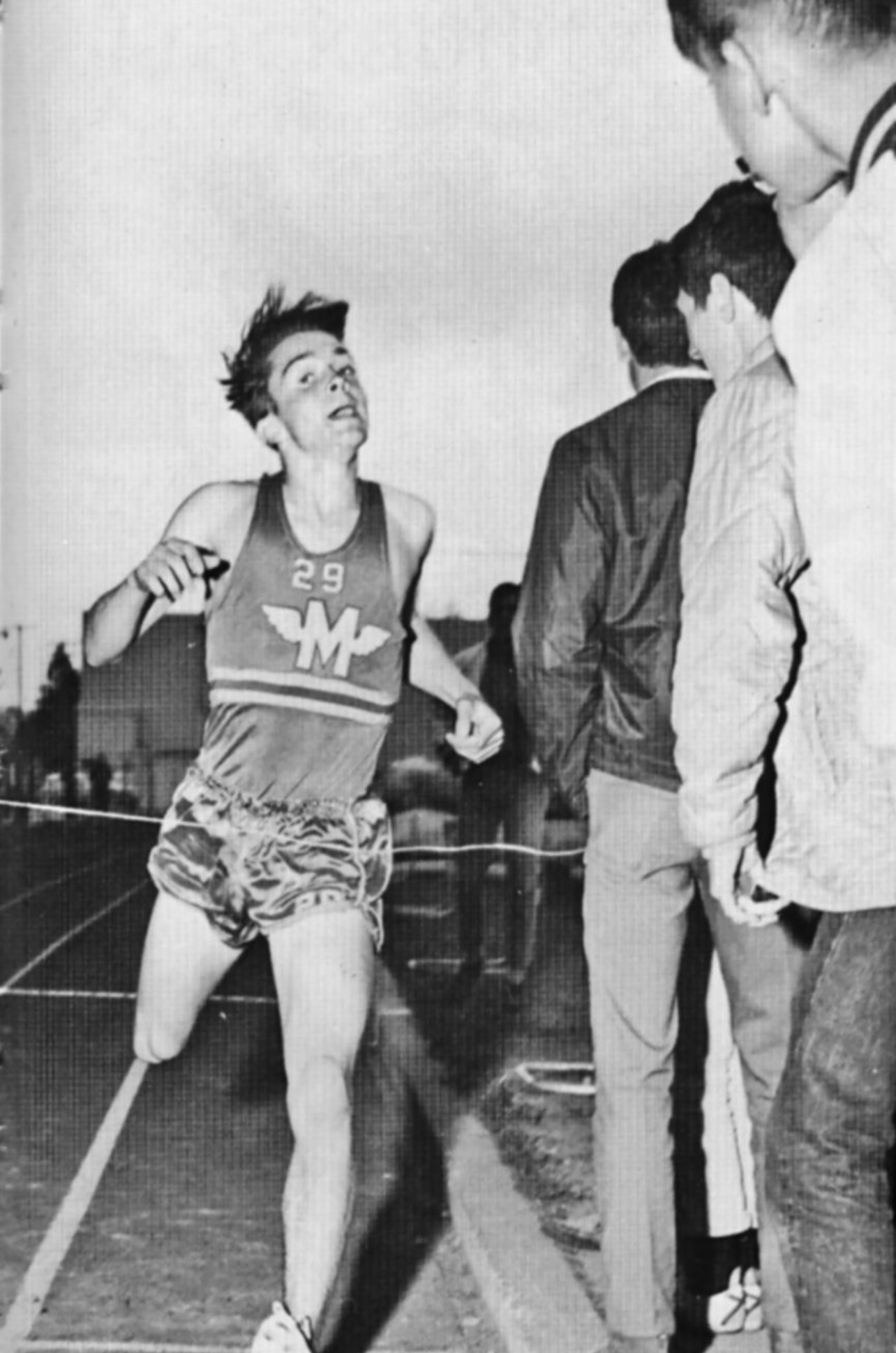
Prefontaine, who graduated in 1969, went on to become one of America’s most celebrated distance runners, holding numerous American records and captivating the world with his fearless front-running style. For Lutes to break one of his school records is not just a personal triumph—it’s a moment that links past and present in Oregon’s rich running tradition.
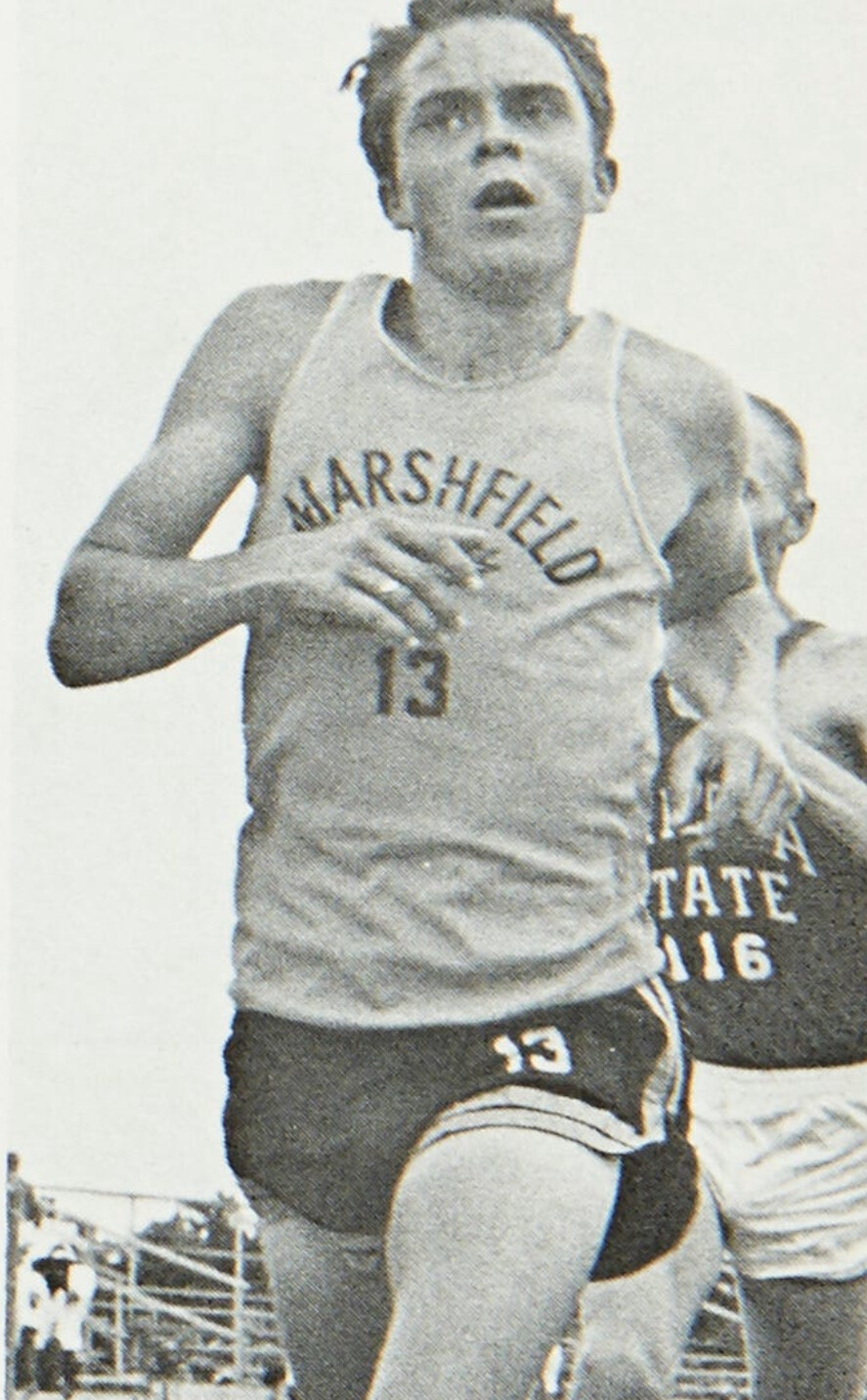
“It’s an honor just to be mentioned alongside Prefontaine,” Lutes said. “He paved the way for so many runners, and to be part of that story now means everything.”
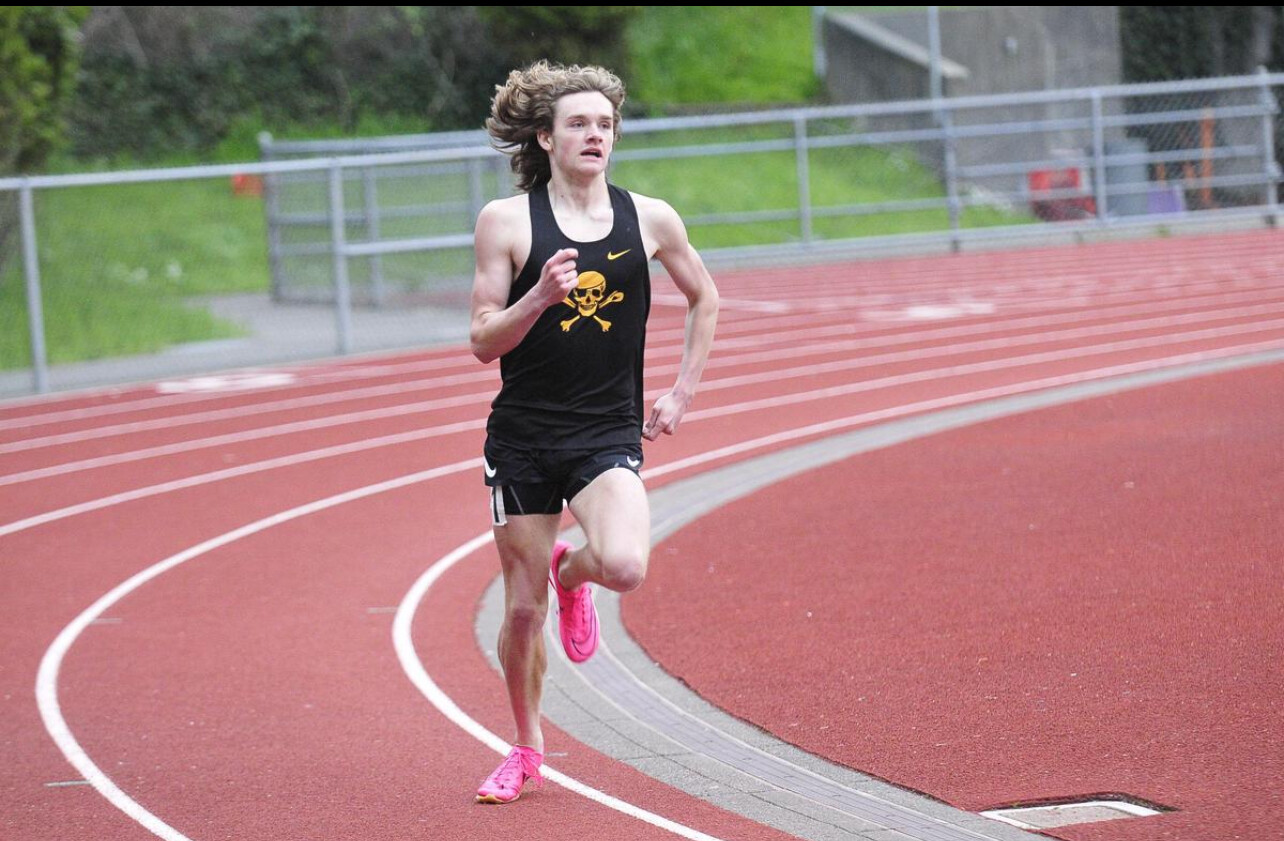
As Bodey Lutes prepares for state championships and a future that likely includes collegiate competition, his name is now forever etched in Marshfield history—right next to one of the greatest names in the sport.
by Boris Baron
Login to leave a comment
Who Had the Best Era in Track & Field? A Generational Showdown
Track and field has long been the stage for some of the most electrifying athletic performances in history. Each generation has produced legends who have redefined what is possible in sprinting, distance running, and field events. But which era stands above the rest?
From the Silent Generation pioneers to the Gen Z record-breakers, every period has contributed to the evolution of the sport. Let’s break down each era’s greatest stars and their lasting impact on track and field.
Gen Z (Born 1997 - 2012): The Future of Track & Field
The newest generation of elite athletes is already making waves on the world stage. With the benefit of cutting-edge training, nutrition, and recovery techniques, these young stars are smashing records at a rapid pace.
Notable Sprinters & Field Athletes:
• Sydney McLaughlin-Levrone (USA) – 400m hurdles world record holder and Olympic champion
• Mondo Duplantis (Sweden) – Pole vault world record holder
• Erriyon Knighton (USA) – One of the fastest teenagers ever in the 200m
Notable Distance Runners:
• Jakob Ingebrigtsen (Norway) – Olympic 1500m champion, European mile record holder
• Joshua Cheptegei (Uganda) – 5000m and 10,000m world record holder
• Jacob Kiplimo (Uganda) – Half marathon world record holder (57:31)
• Gudaf Tsegay (Ethiopia) – World champion in the 1500m, dominant in middle distances
Gen Z athletes are not only breaking records but also shaping the future of the sport through their influence on social media and global visibility. With their combination of speed, endurance, and access to modern sports science, they may soon surpass all who came before them.
Defining Traits: Explosive, record-breaking, tech-savvy
Millennials (Born 1981 - 1996): The Superstars of the Modern Era
No discussion of dominant track and field generations is complete without mentioning Usain Bolt. The Jamaican sprinting legend captured the world’s attention with his charisma and untouchable world records.
Notable Sprinters:
• Usain Bolt (Jamaica) – Fastest man in history (100m: 9.58, 200m: 19.19)
• Allyson Felix (USA) – Most decorated female Olympian in track history
• Shelly-Ann Fraser-Pryce (Jamaica) – One of the most dominant sprinters of all time
Notable Distance Runners:
• Eliud Kipchoge (Kenya) – The greatest marathoner of all time, first to break two hours in a marathon
• Mo Farah (UK) – Dominated the 5000m and 10,000m at two Olympic Games
• Genzebe Dibaba (Ethiopia) – 1500m world record holder
• Ruth Chepngetich (Kenya) – First woman to break the 2:10 barrier in the marathon, setting a world record of 2:09:56 at the 2024 Chicago Marathon
Millennials excelled across all track and field disciplines. They ushered in an era of professional distance running dominance, with African runners setting standards in middle and long distances. Meanwhile, Kipchoge’s sub-2-hour marathon attempt was a historic milestone in human endurance.
Defining Traits: Charismatic, dominant, endurance revolutionaries
Gen X (Born 1965 - 1980): The Tough and Versatile Competitors
Gen X athletes were the bridge between the amateur days of track and the fully professional era. They pushed the sport forward with fierce rivalries and new records, while also seeing the globalization of track and field.
Notable Sprinters:
• Maurice Greene (USA) – Former world record holder in the 100m (9.79)
• Marion Jones (USA) – One of the most dominant sprinters of the late ‘90s
Notable Distance Runners:
• Haile Gebrselassie (Ethiopia) – Olympic and world champion, former marathon world record holder
• Paul Tergat (Kenya) – Pioneered marathon running dominance for Kenya
• Tegla Loroupe (Kenya) – First African woman to hold the marathon world record
This era marked a golden age for distance running, with Gebrselassie and Tergat setting the stage for the marathon revolution that would come in the next generation. With increased sponsorships, the road racing circuit became more competitive, and Kenyan and Ethiopian dominance solidified.
Defining Traits: Tough, globalized, long-distance pioneers
Baby Boomers (Born 1946 - 1964): The Golden Age of Track & Field
The Baby Boomers took track and field into the modern Olympic era, producing some of the most iconic figures in the sport’s history.
Notable Sprinters:
• Carl Lewis (USA) – Nine-time Olympic gold medalist across sprints and long jump
• Florence Griffith-Joyner (USA) – 100m (10.49) and 200m (21.34) world record holder
Notable Distance Runners:
• Sebastian Coe (UK) – 800m and 1500m Olympic champion, middle-distance legend
• Steve Prefontaine (USA) – One of the most influential distance runners in history
• Miruts Yifter (Ethiopia) – 5000m and 10,000m Olympic champion
This era brought middle and long-distance running into the mainstream, with rivalries like Coe vs. Ovett and Prefontaine vs. the world captivating fans. The Baby Boomers were the first generation of professional-level training and saw athletes truly dedicated to their craft year-round.
Defining Traits: Bold, revolutionary, multi-talented
Silent Generation (Born 1928 - 1945): The Pioneers of Kenya’s Dominance
This generation laid the foundation for modern track and field, producing legends whose influence still resonates today.
Notable Distance Runners:
• Kip Keino (Kenya) – The pioneer of Kenya’s dominance in distance running, winning Olympic gold in the 1500m (1968) and 3000m steeplechase (1972)
• Emil Zátopek (Czechoslovakia) – Triple gold in 5000m, 10,000m, and marathon at the 1952 Helsinki Olympics
• Paavo Nurmi (Finland) – Nine-time Olympic gold medalist in long-distance events
Kip Keino’s triumph over Jim Ryun in the 1500m final at the 1968 Mexico City Olympics is considered one of the greatest upsets in Olympic history. Competing at high altitude, Keino used a fast early pace to break Ryun, ushering in an era of Kenyan middle-distance dominance that continues today.
Defining Traits: Groundbreaking, resilient, visionary
Which Generation Had the Greatest Impact?
Each generation of track and field athletes has contributed to the sport’s evolution in unique ways:
• Millennials brought global superstardom (Bolt, Felix, Fraser-Pryce, Kipchoge, Chepngetich)
• Gen X athletes were fierce competitors in a rapidly changing sport (Greene, Gebrselassie, Tergat)
• The Baby Boomers set records that still stand today (Carl Lewis, Flo Jo, Coe, Prefontaine)
• The Silent Generation laid the foundation for modern track and field (Owens, Zátopek, Kip Keino)
• Gen Z is already breaking records and shaping the future of the sport (McLaughlin-Levrone, Ingebrigtsen, Cheptegei)
While it’s hard to declare one era the best, one thing is certain: the sport of track and field continues to evolve, with each generation pushing the limits of human performance.
Which generation do you think is the greatest? Let us know in the comments!
by Boris Baron
Login to leave a comment
Celebrating Steve Prefontaine: A Legend Who Inspires Generations
January 25 marked what would have been Steve Prefontaine's 74th birthday. Though his life ended far too soon in 1975, his legacy of passion, resilience, and determination continues to burn brightly. Known not only for his remarkable achievements on the track but also for his unwavering spirit, Prefontaine embodied a relentless pursuit of excellence that transcended the world of running.
Pre as he was affectionately called, left an indelible mark not just on the sport of Track and Field but on the hearts of people from all walks of life. His drive to push limits and his commitment to living boldly have inspired countless individuals to dream bigger and strive harder in their own endeavors. Whether it was his gutsy performances in competition or his belief that effort defines success, Prefontaine's story continues to ignite passion and determination worldwide.
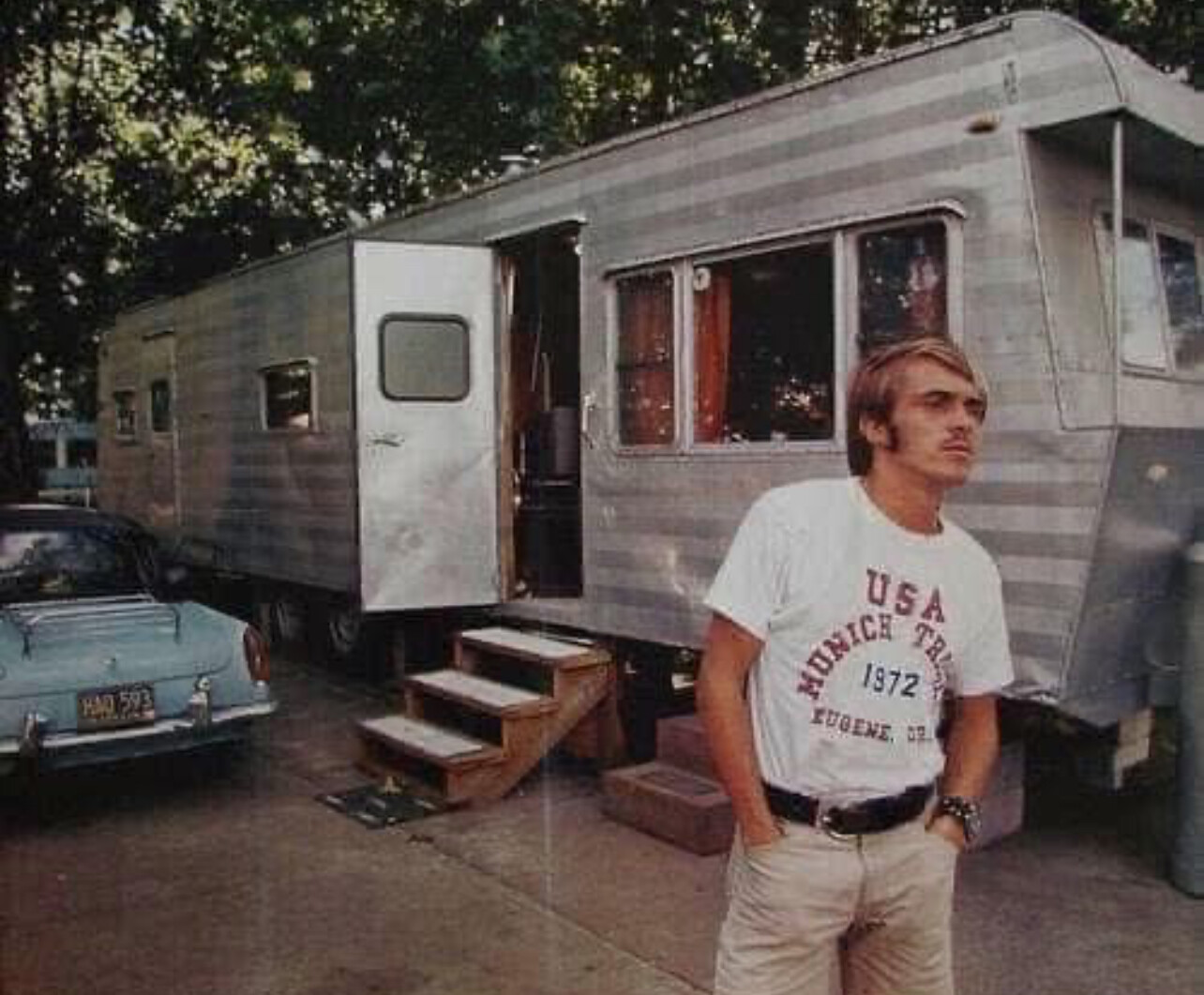
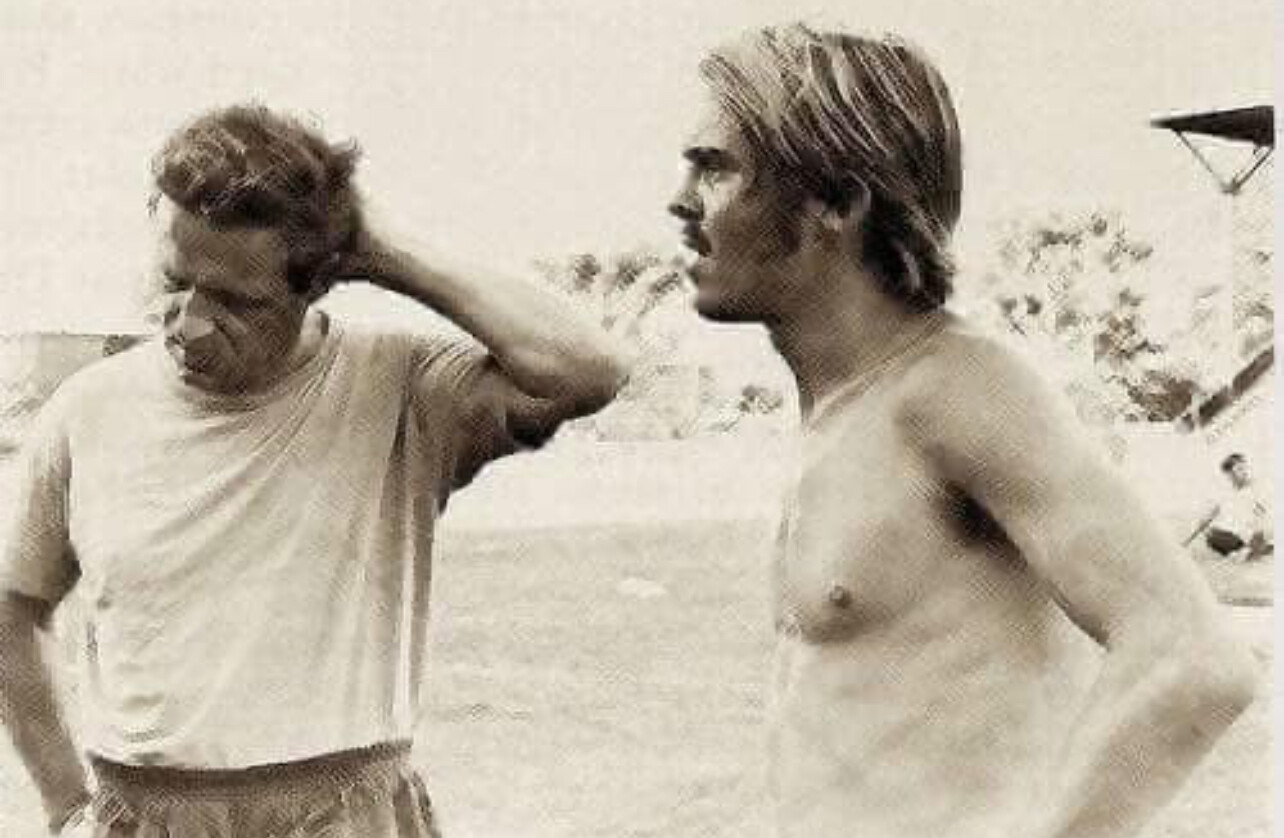
Though his earthly years were brief, Steve's influence reaches far beyond his time. His legend is a timeless reminder that greatness is achieved not just through talent but through an unyielding spirit and an uncompromising will to succeed.
Happy Birthday, Pre. Your legacy lives on. Go Pre!
by Boris Baron
Login to leave a comment
50 Motivational Running Quotes About Racing
Find Inspiration from Running Icons and Legends
Even the most motivated among us occasionally has a challenging time wanting to lace up our shoes and hit the pavement running. Bookmark this page for the next time motivation is waning for you. Read on for inspirational race quotes to pump you up before your next run.
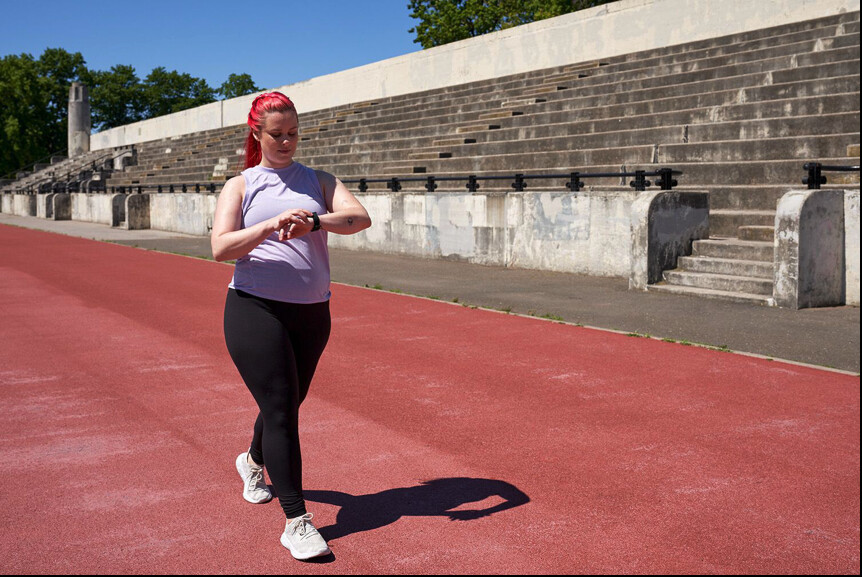
"The miracle isn't that I finished. The miracle is that I had the courage to start." —John Bingham, running speaker and writer
"Fear is gradually replaced by excitement and a simple desire to see what you can do on the day." —Lauren Fleshman, American distance runner
"It doesn't matter whether you come in first, in the middle of the pack, or last. You can say, 'I have finished.' There is a lot of satisfaction in that." —Fred Lebow, co-founder of the New York City Marathon
"When you put yourself on the line in a race and expose yourself to the unknown, you learn things about yourself that are very exciting." —Doris Brown Heritage, women's distance running pioneer
"Good health, peace of mind, being outdoors, camaraderie: those are all wonderful things that come to you when running. But for me, the real pull of running—the proverbial icing on the cake—has always been racing." —Bill Rodgers, winner of four Boston Marathons
"Big occasions and races which have been eagerly anticipated almost to the point of dread, are where great deeds can be accomplished." —Jack Lovelock, environmentalist and futurist
"I also realize that winning doesn't always mean getting first place; it means getting the best out of yourself." —Meb Keflezighi, 2004 Olympic Marathon silver medalist
"Why race? The need to be tested, perhaps; the need to take risks; and the chance to be number one." —George Sheehan, running columnist and writer
RELATED: A Beginner's Guide to Becoming a Runner
"Everyone in life is looking for a certain rush. Racing is where I get mine." —John Trautmann, Olympic runner
"I'm always nervous. If I wasn't nervous, it would be weird. I get the same feeling at all
"My thoughts before a big race are usually pretty simple. I tell myself: 'Get out of the blocks, run your race, stay relaxed. If you run your race, you'll win.'" —Carl Lewis, nine-time Olympic gold champion
RELATED: How to Plan a Running Route Using Map Apps on Your Phone
"I love controlling a race, chewing up an opponent. Let's get down and dirty. Let's fight it out. It's raw, animalistic, with no one to rely on but yourself. There's no better feeling than that." —Adam Goucher, U.S. Nationals 5K race champion
"I'm going to work so that it's a pure guts race at the end, and if it is, I am the only one who can win it." —Steve Prefontaine, legendary American long-distance runner
"Let's just say it and be done with it. Racing hurts. But here's another truth: having put in the effort to prepare for a race and then not giving it your all hurts even more. The first kind of hurt goes away in hours or a day. The second kind of hurt can last a lifetime." —Larry Shapiro, author of Zen and the Art of Running
"Different people have different reasons for racing, but
"Running is in my blood—the adrenaline flows before the races, the love/hate of butterflies in your stomach." —Marcus O'Sullivan, Irish middle-distance runner
"It's just as important to remember that each footstrike carries you forward, not backward. And every time you put on your running shoes you are different in come way than you were the day before. This is all good news." —John Bingham, American marathon runner
"Racing teaches us to challenge ourselves. It teaches us to push beyond where we thought we could go. It helps us to find out what we are made of. This is what we do. This is what it's all about." —PattiSue Plumer, U.S. Olympian
"You didn't beat me. You merely finished in front of me." —Hal Higdon, American writer and runner
"Fast running isn't forced. You have to relax and let the run come out of you." —Desiree Linden
"No marathon gets easier later. The halfway point only marks the end of the beginning." —Joe Henderson, famed running coach
RELATED: Race Day Tips for Running Your First 5K
"No matter how old I get, the race remains one of life's most rewarding experiences." —George Sheehan
"If you feel bad at
"What distinguishes those of us at the starting line from those of us on the couch is that we learn through running to take what the days gives us, what our body will allow us, and what our will can tolerate." —John Bingham, running writer and speaker
"For me, races are the celebration of my training." —Dan Browne, National Champion 5K and 20K runner
"Run when you can, walk if you have to, crawl if you must; just never give up." —Dean Karnazes, ultramarathon runner
"Every race is a question, and I never know until the last yards what the answer will be. That's the lure of racing." —Joe Henderson
"It's amazing how the same pace in practice can feel so much harder than on race day. Stay confident. Trust the process." —Sara Hall, American long-distance runner
"Winning has nothing to do with racing. Most days don't have races anyway. Winning is about struggle and effort and optimism, and never, ever, ever giving up." —Amby Burfoot, American marathon runner
"Your goal is simple: Finish. Experience your first race, don’t race it." —Bob Glover, author of The Runner's Handbook
"Don't dream of winning, train for it!" —Mo Farah, Olympic long
"Nothing, not even pain, lasts forever. If I can just keep putting one foot in front of the other, I will eventually get to the end." —Kim Cowart, runner and journalist
"The real purpose of running isn't to win a race. It's to test the limits of the human heart." —Bill Bowerman, co-founder of Nike
"Our running shoes have magic in them. The power to transform a bad day into a good day; frustration into speed; self-doubt into confidence; chocolate cake into muscle." —Mina Samuels, author of Run Like a Girl
"There is magic in misery. Just ask any runner." —Dean Karnazes
"Run often. Run long. But never outrun your joy of running." —Julie Isphording, American Olympic runner
Login to leave a comment
Prefontaine Memorial Run returns to coos bay to honor a running legend
The annual Prefontaine Memorial Run, a classic 10K run honoring one of Oregon’s most beloved athletes, is returning to the charming streets of Coos Bay on Saturday, September 21, 2024. The run celebrates Coos Bay’s own Steve Prefontaine, the famed Oregon runner who bolted onto the international running scene and helped ignite a running craze in the U.S. in the 1970s.
“Steve Prefontaine was a legend in the running world in the 1970s, and Coos Bay is where he was born and where he discovered his gift for and love of running,” said Janice Langlinais, Executive Director of the Coos Bay-North Bend-Charleston Visitor and Convention Bureau, more commonly known as Oregon’s Adventure Coast. “The annual Prefontaine Memorial Run not only honors Pre’s legacy here in his hometown, but it draws runners from around the region, the state and the country to come and experience the joy of running on Oregon’s Adventure Coast.”
The 2024 Prefontaine Memorial Run is a challenging 10K road race around the streets of Coos Bay that finishes on the Prefontaine Track at Marshfield High School following one of Pre’s favorite training routes. The event also includes a 2-mile walk and fun run. The 10K starts at 10 a.m., while a 5K high school team competition kicks off the events at 9:45 a.m.

Other pre-related attractions for runners and visitors include a bronze likeness of the famed distance runner at the Coos Bay Visitor Information Center, the Prefontaine Gallery at the Coos Art Museum, which showcases his awards and memorabilia, and the stunning Pre Mural in downtown Coos Bay.
The Prefontaine run will again coincide with the annual Bay Area Fun Festival, a two-day celebration in downtown Coos Bay filled with live entertainment, a parade, food and drinks, vendors, arts, crafts and the Cruz the Coos classic auto cruise around downtown Coos Bay.

The 2024 Prefontaine Memorial Run
What: A 10K run, with a 2-mile walk or fun run option and a 5K high school competition, in honor of hometown hero and running legend, Steve Prefontaine.
When: 10 a.m. Saturday, September 21. (High school competition begins at 9:45 a.m.; wheelchair runners start at 9:50 a.m.)
Where: The corner of 4th and Anderson in downtown Coos Bay.
Cost: $40 for runners 19 and over before September 17; $50 after that date. $20 for runners 18 and under or those in the 2K walk. $13 per runner for the high school competition.
Registration: prefontainerun.net
For visitors coming from out of town for the Prefontaine Memorial Run, Oregon’s Adventure Coast has lodging options for all tastes, from unique hotels and motels to vacation rentals, RV parks and picturesque campgrounds.
by The Bandon Western World
Login to leave a comment
Prefontaine Memorial Run
During his brief 24-year lifespan, Steve Prefontaine grew from hometown hero, to record-setting college phenomenon, to internationally acclaimed track star. In a similar span of years since his death in 1975, Pre has become the stuff of enduring legend. His rare combination of talent, discipline, determination, and star-quality with a human touch made Pre the idol of those he called...
more...Former world record holder Henry Rono has passed away at the age of 72
Kenyan track legend Henry Rono, famed for setting four world records, has passed away at 72 in Nairobi, leaving a lasting legacy.
Kenya’s athletics fraternity is in a state of mourning following the death of track legend Henry Rono who passed away on Thursday morning in Nairobi.
Rono, who was 72 at the time of his death, had been admitted to Nairobi South Hospital for the past ten days.
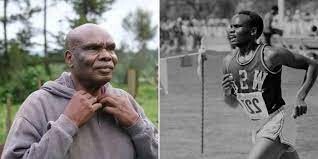
His illustrious career in the 70s and 80s saw him dominate the track, setting an astounding four world records within just 81 days.
"Athletics Kenya is saddened to announce and notify the public of the demise of former Athlete Mr. Henry Rono which occurred today at 10.30am," a statement from the organization read.
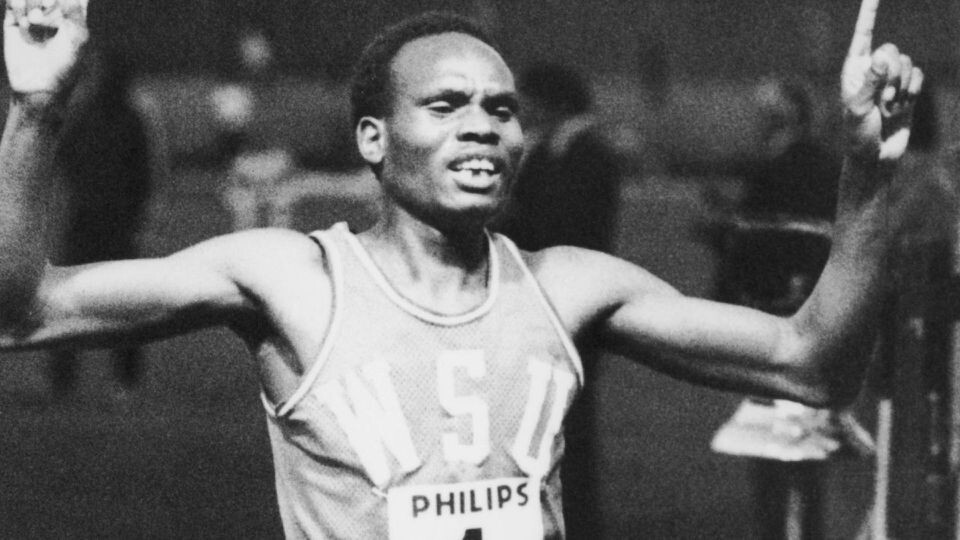
Rono's achievements on the track have cemented his legacy as one of the greatest runners of his time, particularly as the former record holder of the 3000 meters steeplechase, a record he held for over a decade.
Rono also twice set the world record for the 5000 meters, first in 1978 and then again in 1981.
The athletics community, both in Kenya and globally, has been pouring in tributes for the late Rono.
"On behalf of Athletics Kenya Executive Committee and athletics fraternity, we wish to convey our sincere heartfelt condolence to his family, friends, and the entire athletics fraternity during this trying moment. May his soul rest in eternal peace," the statement added, reflecting the deep sense of loss felt across the athletics world.
Rono's journey in athletics was marked by remarkable achievements, including gold medals in the 10,000m and 3,000m steeplechase at the Commonwealth and African Games in Edmonton and Algiers, respectively.
His tenure at Washington State University was historic, as he became only the third person, after Gerry Lindgren and Steve Prefontaine, to win the National Collegiate Athletic Association (NCAA) Men’s Cross Country Championship three times, in 1976, 1977, and 1979.
His winning time of 28:07 in 1976 still stands as the fastest 10,000m cross country mark in NCAA history.
Despite his global acclaim, Rono never competed at the Olympics, a consequence of Kenya's boycotts of the 1976 and 1980 Games.
By the time of the 1984 Olympics, Rono had retired from competition.
Born in Kiptaragon, Kabsabet in Nandi County, Rono returned to Kenya in 2019 after spending 33 years living in the USA.
by Festus Chuma
Login to leave a comment
5 things you should know about Steve Prefontaine
Steve “Pre” Prefontaine would have turned 73 on Thursday, and the legendary runner’s enduring legacy and impact on the sport continues. From Coos Bay, Ore., Pre became one of the biggest stars in the sport during his time at the University of Oregon in the 70s, where he held seven American records from the 2,000m to the 10,000m. Here are five facts about the iconic runner, whose achievements and words continue to inspire and resonate.
Trailblazer of distance running
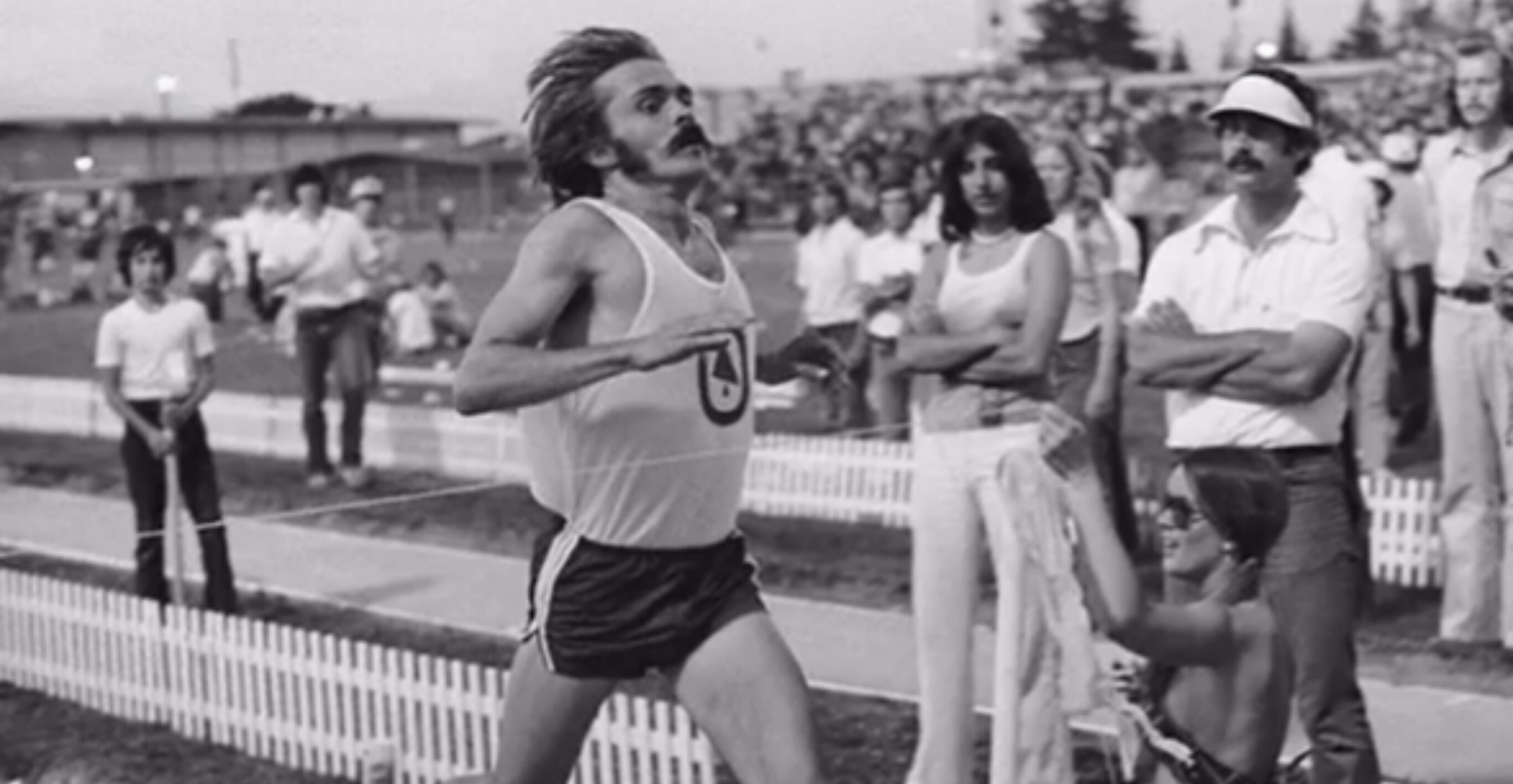
Prefontaine was a pioneer in distance running, known for his fearless approach and unwavering determination. He burst onto the scene in the early 1970s, and his aggressive front-running style and refusal to settle for anything but victory revolutionized distance running in the U.S. and beyond.
Prefontaine’s Olympic journey was tragically cut short when he was 24. He competed in the 1972 Summer Olympics in Munich and was preparing for the 1976 Olympics with the Oregon Track Club when he died in a car accident on May 30, 1975.
Advocate for athletes’ rights
Beyond his achievements on the track, Prefontaine was a vocal advocate for the rights of amateur athletes. He challenged the existing system, governed by the Amateur Athletic Union (AAU) that restricted athletes’ ability to earn money while maintaining their amateur status. Prefontaine defied the AAU by organizing a series of meets with a group of Finnish athletes. One of these meets, held at Marshfield High School in 1975, was where Prefontaine set his last American record.
Legendary duel at the 1972 Munich Olympics
One of Prefontaine’s most memorable moments was the 5,000m race at the 1972 Munich Olympics. In a fierce battle against Finnish runner Lasse Virén, Prefontaine showcased his indomitable spirit, finishing fourth in a race that is often considered one of the greatest duels in Olympic history. The image of Prefontaine pushing himself to the limit serves as a timeless reminder of his competitive fire.
Nike’s first signature athlete
In 1974, Prefontaine signed with Nike for $5,000—as the first runner to sign with the company, he jump-started the brand as a running shoe company. Bill Bowerman, the sports coach at the University of Oregon, also happened to be the co-founder of Nike. In 2022, a pair of Nike Oregon waffle shoes worn by the distance runner were sold for USD $163,800 on the auction site, Sothebys.com.
The Prefontaine Classic
In honor of Pre’s lasting impact on the sport, the annual Prefontaine Classic track and field meet was established in Eugene, Ore. This prestigious event attracts elite athletes from around the world and continues to be a fitting tribute to Pre’s legacy. Hayward Field, where the meet is held, holds a special place in the hearts of runners as the venue where Prefontaine achieved many of his remarkable feats.
Prefontaine is remembered not only for his athletic prowess but also for the passion, courage, and advocacy that defined his life.
Login to leave a comment
Five things you should know about Steve Prefontaine, on his birthday
Steve “Pre” Prefontaine would turn 73 on Thursday (Jan 25), and the legendary runner’s enduring legacy and impact on the sport continues. From Coos Bay, Ore., Pre became one of the biggest stars in the sport during his time at the University of Oregon in the 70s, where he held seven American records from the 2,000m to the 10,000m. Here are five facts about the iconic runner, whose achievements and words continue to inspire and resonate worldwide.
1.- Trailblazer of distance running
Prefontaine was a pioneer in distance running, known for his fearless approach and unwavering determination. He burst onto the scene in the early 1970s, and his aggressive front-running style and refusal to settle for anything but victory revolutionized distance running in the U.S. and beyond.
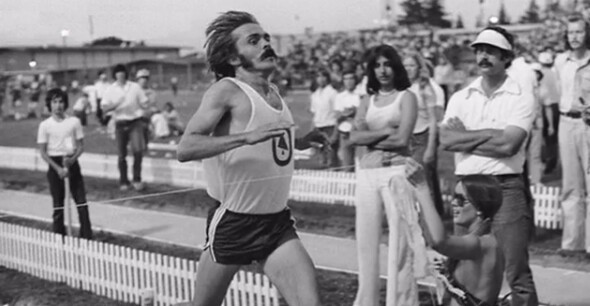
Prefontaine’s Olympic journey was tragically cut short when he was 24. Prefontaine competed in the 1972 Summer Olympics in Munich and was preparing for the 1976 Olympics with the Oregon Track Club when he died in a car accident on May 30, 1975.
2.- Advocate for athlete’s rights

Beyond his achievements on the track, Prefontaine was a vocal advocate for the rights of amateur athletes. He challenged the existing system, governed by the Amateur Athletic Union (AAU) that restricted athletes’ ability to earn money while maintaining their amateur status. Prefontaine defied the AAU by organizing a series of meets with a group of Finnish athletes. One of these meets, held at Marshfield High School in 1975, was where Prefontaine set his last American record.
3.- Legendary duel at the 1972 Munich Olympics
One of Prefontaine’s most memorable moments was the 5,000-meter race at the 1972 Munich Olympics. In a fierce battle against Finnish runner Lasse Virén, Prefontaine showcased his indomitable spirit, finishing fourth in a race that is often considered one of the greatest duels in Olympic history. The image of Prefontaine pushing himself to the limit serves as a timeless reminder of his competitive fire.
4.- Nike’s first signature athlete
In 1974, Prefontaine signed with Nike for $5,000—as the first runner to sign with the company, he jump-started the brand as a running shoe company. Bill Bowerman, the sports coach at the University of Oregon, also happened to be the co-founder of Nike. In 2022, a pair of Nike Oregon Waffle shoes worn by distance runner Prefontaine were sold for USD $163,800 on the auction site, Sothebys.com
5.- The Prefontaine Classic
In honor of Pre’s lasting impact on the sport, the Prefontaine Classic, an annual track and field meet, was established in Eugene, Ore. This prestigious event attracts elite athletes from around the world and continues to be a fitting tribute to Pre’s legacy. Hayward Field, where the meet is held, holds a special place in the hearts of runners as the venue where Prefontaine achieved many of his remarkable feats.
Prefontaine is remembered not only for his athletic prowess but also for the passion, courage, and advocacy that defined his life.
by Keeley Milne
Login to leave a comment
Prefontaine Classic
The Pre Classic, part of the Diamond League series of international meets featuring Olympic-level athletes, is scheduled to be held at the new Hayward Field in Eugene. The Prefontaine Classicis the longest-running outdoor invitational track & field meet in America and is part of the elite Wanda Diamond League of meets held worldwide annually. The Pre Classic’s results score has...
more...Molly Seidel Stunned the World (and Herself) with Olympic Bronze in Tokyo. Then Life Went Sideways.
She stunned the world (and herself) with Olympic bronze in Tokyo. Then life went sideways. How America’s unexpected marathon phenom is getting her body—and brain—back on track.
On a clear December night in 2019, Molly Seidel was at a rooftop holiday party in Boston, wearing a black velvet dress, doing what a lot of 25-year-olds do: passing a joint between friends, wondering what she was doing with her life.


“You should run the Olympic Trials,” her sister, Izzy, said, as smoke swirled in the chilly air atop The Trackhouse, a retail shop and community hub on Newbury Street operated by the running brand Tracksmith. “That would be hilarious if you did that as your first marathon.”
Molly, an elite 10K racer who’d spent much of 2019 injured, looked out at the city lights, and laughed. Why the hell not? She’d just qualified for the trials, winning the San Antonio Half with a time of 1:10:27. (“The shock of the century,” as she’d put it.) True, 13.1 miles wasn’t 26.2—but running a marathon was something to do. If only because she never had before.
A four-time NCAA track and cross-country champion at The University of Notre Dame in Indiana, Molly had moved to Boston in 2017, where she’d worked three jobs to supplement her fourth: running for Saucony’s Freedom Track Club. The $34,000 a year that Saucony paid her (pre-tax, sans medical) didn’t go far in one of America’s most expensive cities. Chasing kids around as a babysitter, driving around as an Instacart shopper, and standing around eight hours a day as a barista—when you’re running 20 miles a day—wasn’t ideal. But whatever, she had compression socks. And she was downing free coffee and paying rent, flying to Flagstaff, Arizona, every so often for altitude camps, and having a good time. Doing what she loved. The only thing she’s ever wanted to do since she was a freckly fifth-grader in small-town Wisconsin clocking a six-minute mile in gym class.
“I was hustling, and I loved it. It was such a fun, cool time of my life,” she says, summarizing her 20s. Staring into Molly’s steely brown eyes, listening to her speak with such clarity and conviction about her struggles since, it’s easy to forget: She is still only 29.
After Molly had hip surgery on her birthday in July 2018, her doctors gave her a 50/50 chance of running professionally again. By summer 2019, she’d parted ways with FTC, which left her sobbing on the banks of the Charles River, getting eaten alive by mosquitoes and uncertainty. Her biggest achievement lately had been being named #2 Top Instacart Shopper (in Flagstaff; Boston was big-time).
The day after that rooftop party, Molly asked her friend and former FTC teammate Jon Green, who she’d newly anointed as her coach: “Think I should run the marathon trials?” Sure, he shrugged. Nothing to lose. Maybe it’d help her train for the 10K, her best shot—they both thought—at making a U.S. Olympic team.
“I’m going to get my ass kicked six ways to Sunday!” she told the host of the podcast Running On Om six weeks before the trials in Atlanta.
Instead, on February 29, 2020, she kicked some herself. Pushing past 448 of the fastest, most-experienced women marathoners in the country, coming in second with a 2:27:31, earning more in prize money ($60,000) than she had in two years of racing—and a spot on the U.S. trio for the 2020 Tokyo Olympics, along with Kenyan-born superstars Aliphine Tuliamuk and Sally Kipyego. “I don’t know what’s happening right now!” Molly kept saying into TV cameras, wrapped in an American flag, as stunned as a lottery winner.
Saucony who? Puma came calling. Along with something Molly hadn’t anticipated: the spotlight. An onslaught of social media followers. And two weeks later, a global pandemic and lockdown—and all the anxiety and isolation that came with it. She was drowning, and she hadn’t even landed in Tokyo yet.
The 2020 Olympics, as we all know, were postponed to 2021. An emotional burden but a physical boon for Molly, in that it allowed her to get in a second marathon. In London, she finished two minutes faster than her debut. When the Olympics finally rolled around, she was ready.
Before the race, Molly says, “I was thinking: ‘Once I cross the starting line, I get to call myself an Olympian and that’s a win for the day.’”
But then she crossed the finish line—with a finger-kiss to the sky and a guttural Yesss!—in third place with a 2:27:46, just 26 seconds behind first (Kenya’s Peres Jepchirchir). And realized: She gets to call herself an Olympic medalist forever. Only the third American woman to ever earn one in the marathon.
Lots of kids have fleeting hopes of making it to the Olympics. I remember thinking I could be Mary Lou Retton. Maybe FloJo, with shorter fingernails. Then I decided I’d rather be Madonna or president of the United States and promptly forgot about it. But Molly held tight to her Olympic aspirations. She still has a poster she made in 2004, with stickers and a snapshot of her smiley 10-year-old self, to prove it. “I wish I will make it into the Olympics and win a gold medal,” she wrote, and signed it: Molly Seidel, the “y” looping back to underline her name. In case there was any doubt as to who, specifically, would be winning the medal.
Molly grew up in Nashotah, Wisconsin, and is the eldest of three. Her sister and brother, younger by not quite two years, are twins. Izzy is a running influencer and corporate content creator for companies like Peloton; and Fritz favors Formula 1 racing and weightlifting and works for the family’s leather-tanning business. The family was active, sporty. Dad, Fritz Sr., was a ski racer in college; Mom, Anne, a cheerleader. You can tell. Watching clips of Molly’s mom and dad watching the Olympic race from their backyard patio, jumping up and down, tears streaming, is the kind of life-affirming moment you wish you could bottle. “I’m in shock. I’m in disbelief,” Molly says into the mic, beaming. “I just wanted to come out today and I don’t know…stick my nose where it didn’t belong and see what I could come away with. And I guess that’s a medal.” When the interviewer holds up her family on FaceTime, Molly breaks down. “We did it,” she says into the screen between sobs and smiles. “Please drink a beer for me.
Molly hasn’t always been unabashedly herself, even when everyone thought she was. A compartmentalizer to the core, she spent most of her life hiding a huge part of it: anorexia, bulimia, anxiety, obsessive-compulsive disorder, debilitating depression.
It started around age 11, when she learned to disguise OCD tendencies, like compulsively knocking on wood, silently reciting prayers “to avoid God getting mad at me,” she says. “It was a whole thing.” She says her parents were aware of the behaviors, but saw them more as odd little habits. “They had no reason to suspect anything. I was very high-functioning,” she says. “They didn’t realize that it was literally taking over my life.”
She wasn’t officially diagnosed with OCD until her freshman year of college, when she saw a therapist for the first time. At Notre Dame, disordered eating took hold, quietly yet visibly, as it does for up to 62 percent of female college athletes, according to the National Eating Disorders Association. As recently as the Tokyo Olympics, she was making herself throw up in the airport bathroom, mere days before taking the podium. Molly hesitates to share that detail; she fears a girl might read this and interpret it as behavior to model. “Having been in that place as a younger athlete, I know I would have,” she says. But she also understands: Most people just don’t get how unrelenting eating disorders can be.
In February 2022, she finally received a diagnosis of the root cause for all of it: ADHD. About being diagnosed, she says, “It made me feel really good, like [I don’t have] a million different disorders. I have a disorder that manifests itself in a lot of different symptoms.”
She waited to try Adderall until after the Boston Marathon in April, only to drop out at mile 16 due to a hip impingement. Initially, the meds made her feel fantastic. Focused. Free. Until she realized Adderall hurt more than it helped. She couldn’t sleep, couldn’t eat, lost too much weight. Within weeks, she devolved. “The eating disorder came roaring back,” she says, referring to it, as she often does, as its own entity, something that exists outside of herself. That ruthlessly takes control over her very need for control. “I almost think of it as an alter ego,” she explains. “Adderall was just bubblegum in the dam,” as she puts it. She ditched the drug, and her life—professionally, physically—unraveled.
In July 2022, heading into the World Championships, she bombed the mental health screening, answering the questions with brutal honesty. She’d been texting Keira D’Amato weeks prior. “Yo girl, things are pretty bad right now. Get ready…” Sobbing on the sidewalk in Eugene, Oregon, she texted D’Amato again. And the USATF made it official: D’Amato would take her spot on the team. Then Molly did what she’d been “putting off and putting off”— checked herself into eating disorder treatment for the second time since 2016, an outpatient program in Salt Lake City, where her new boyfriend was living at the time.
Somehow (see: expert compartmentalizer) mid-meltdown, in February 2022, she had met an amateur ultrarunner named Matt, on Hinge. A quiet, lanky photographer, he didn’t totally get what she did. “I didn’t understand the gravity of it,” he tells me. “I was like, Oh she’s a pro runner, that’s cool. I didn’t realize she was, like, the pro runner!”
Going back to treatment “was pretty terrible,” she says. At least she could stay with Matt. Hardly a honeymoon phase, but the new relationship held promise. “I laid it all out there,” says Molly. “And he was still here for it, for all the messiness. It was really meaningful.” And a mental shift. “He doesn’t see me as just Molly the Runner.”
Almost a year later, on a freezing April evening in Flagstaff, Molly is racing around Whole Foods, palming a head of cabbage, grabbing a thing of hummus, hunting for deals even though she doesn’t need to anymore.
“It’s all about speed, efficiency, and quality,” she says, explaining the secret to her earlier Instacart success. She checks the expiration date on a container of goat cheese and beelines for the butcher counter, scans it faster than an Epson DS3000, though not without calculation, and requests two tomato-and-mozzarella-stuffed chicken breasts. Then she darts over to the beverage aisle in her marshmallow-y Puma slip-ons that Matt custom-painted with orange poppies. She grabs a case of La Croix (tangerine), then zips to the checkout. We’re in and out in under 15 minutes and 50 bucks, nothing bruised or broken.
Other than her body. Let’s just say: If Molly were an avocado or a carton of eggs, she probably wouldn’t pass her own sniff test. The week we meet, she is just coming off a month of no running. Not a single mile. She’s used to running twice a day, 130 miles a week. No wonder she’s spraying her kitchen counter with Mrs. Meyer’s and scrubbing the stovetop within minutes of welcoming me into her new home.
The place, which she shares with Matt and his Australian border collie, Rye, has a post-college flophouse feel: a deep L-shaped couch draped in Pendleton blankets, a bar cluttered with bottles of discount wine, a floor lamp leaning like the Tower of Pisa next to a chew toy in the shape of a ranch dressing bottle. Scattered about, though, are reminders that an elite runner sleeps here. Or at least tries to. (“Pro runner by day, mild insomniac by night” reads the bio on her rarely used account on what used to be Twitter.) There’s a stick of Chafe Safe on the coffee table. Shalane Flanagan’s cookbooks on the counter. And framed in glass, propped on the office floor: Molly’s Olympic kit—blue racing briefs with the Nike Swoosh, a USA singlet, her once-sweat-drenched American flag, folded in a triangle. “I’m not sure where to hang it,” she says. “It seems a little ostentatious to have it in the living room.”
With long brown curls and a round, freckly face, Molly has an aw-shucks look so innocent that it’s hard, at first, to perceive her struggles. Flat-out ask her, though—How are you even functioning?—and she’ll tell you: “I’m an absolute wreck. There’s no worse feeling than being a pro runner who can’t run. You just feel fucking useless.” Tidying a stack of newspapers, she adds, “Don’t worry, I’ve had therapy today.”
She’s watched every show. (Save Ted Lasso, “too sickly sweet.”) Listened to every podcast. (Armchair Expert is a favorite.) She’s got nothing else to do but PT and go easy on the ElliptiGo in the garage, onto which she’s rigged a wooden bookstand, currently clipped with A History of God: The 4,000 Year Quest of Judaism, Christianity and Islam. “I don’t read running books,” she says. “I need something different.”
Like most runners—even the most amateur among us—running, moving, is what keeps her sane. “What about swimming? Can you at least swim?” I ask, projecting my own desperation if I were in her size 8.5 shoes. “I fucking hate swimming,” says Molly. Walking? “Oh, yeah, I can go on walks. Another. Long. Walk.”
The only thing she has on her schedule this week is pumping up a local middle school track team before their big meet. The invitation boosted her spirits. “Should I just memorize Miracle on Ice?” she says, laughing. “No, I know, I’ll do Independence Day.”
Injuries are nothing new for Molly. Par for the course for any professional athlete. But especially for women, like her, who lack bone density—and have since high school, when, according to a study in the Orthopedic Journal of Sports Medicine, nearly half of female runners experience period loss. Osteoporosis and its precursor, osteopenia, are rampant in female runners, leading to ongoing issues that threaten not just their college and professional running careers, but their lives.
Still, Molly admits, laughing: She’s especially accident-prone. I ask her to list every scratch she’s ever had, which takes her 10 minutes, and goes all the way back to babyhood, when she banged her head against the bathtub spout. There was a cracked spine from a sledding incident in 8th grade, a broken collarbone from a ski race in high school, shredded knee cartilage in college when a driver hit her while she was riding a bike. “Ribs are constantly breaking,” she says. In 2021, two snapped, and refused to heal in time for the New York City Marathon. No biggie. She ran through the pain with a 2:24:42, besting Deena Kastor’s 2008 time by more than a minute and setting the American course record.
Molly’s latest injury? Glute tear. “Literally a gigantic pain in the ass,” she posted on Instagram in March. Inside, Molly was devastated. Pulling out of the Nagoya Marathon—the night before her 6:45 a.m. flight to Japan, no less—was not in the plan. The plan, according to Coach Green, had been simple. It always is. If the two of them even have one. “Just to have fun and be consistent.” And get a marathon or two in before the Olympic Trials in February 2024.
She’d been finally—finally—fit on all fronts; ready to race, ready to return. She needed Nagoya. And then, nothing. “It feels like I’m back at the bottom of the well,” says Molly, driving home from Whole Foods in her Toyota 4Runner. “This last year-and-a-half has been so difficult. It’s just been a lot of doubt. How do I approach this, as someone who has now won a medal? Like, man, am I even relevant in this sport anymore?” She pops a piece of gum in her mouth. I wait for her to offer me some, because that’s what you do with gum, but she doesn’t. She’s so in her head. “It’s hard when you’re in the thick of it, you know, to figure out: Why the fuck do I keep doing this? When it just breaks my heart over and over and over again?”
We pull into her driveway. “I was prepared for the low period after Tokyo,” she says. “But this has been much longer and lower than I expected.”
The curse of making it to the Olympics, let alone coming back with a medal: expectations. Molly’s own were high. “I think I thought, after the Olympics, if I win a medal, then I will be fixed, it will fix everything.” Instead, in a way, it made everything worse.
That’s the problem that has plagued Molly for most of her running career: Her triumphs and troubles intermingle, like thunder and lightning. Which, by the way, she has been struck by. (A minor backyard-grill, summer-thunderstorm incident. She was fine.)
The next morning in Flagstaff, Molly’s feeling like she can run a mile, maybe two. It’s snowing, though, and she doesn’t want to risk the slippery track, so we meet at Campbell Mesa Trails. She loops a band around the back of her truck to stretch and sends me off into the trees to run alone while she does a couple of laps on the street.
Molly leaves for an acupuncture appointment, and we reunite later at Single Speed Coffee (“the best coffee in Flagstaff,” promises the ex-barista who drinks up to three cups a day). We curl up on a couch like it’s her living room, and she talks as freely—and as loudly—as if it was. Does she realize everyone can hear her? She doesn’t care. I guess that’s what happens when you’ve grown so comfortable sharing—in therapy, on podcasts, in a three-part video series on ADHD for WebMD—you just…share. Loud and proud.
Mental illness is so insidious, says Molly. “It’s not always this Sylvia Plath stick-my-head-in-a-fucking-oven thing, where you’re sad all the time,” she says. “High-functioning depressed people live normal successful lives. I can be having the happiest moment, and three days later I’m in a total downward spiral.” It’s something you never recover from, she says, but you learn to manage.
“I’m this incredibly flawed person who struggles so much. I think: How could I have won this thing when I’m so flawed? I look at all the people around me, all these accomplished people who have their shit together, and I’m like, ‘one of these things is not like the other,’” she says, taking a sip of her flat white. “I was literally in the Olympic Village thinking: Everybody is probably looking at me wondering: Why the hell is she here?”
They weren’t. They don’t. She knows that.
And yet her mind races as fast as she does. It takes up So. Much. Space. When she’s running, though, the noise disappears. She’s not Olympic Molly or Eating Disorder Molly, she’s not even, really, Runner Molly. “When I’m running,” she says, “I’m the most authentic version of myself.”
Talking helps, too. Molly first shared her mental health history a few years ago, “before she was famous,” as she puts it. After the Olympics, though, she kept talking and hasn’t stopped. The Tokyo Games were a turning point, she says. Suddenly the most revered athletes in the world were opening up about their mental health. Molly credits Simone Biles’s bravery for her own. If Biles, and Michael Phelps and Naomi Osaka, could come clean... then maybe a nerdy, niche-y, unlikely medaling marathoner could, too.
“Those guys got a lot more shit for it than I did,” says Molly. “I got off easy. I’m not a household name,” she laughs. She knows she can be candid and off the cuff—and chat freely in a not-empty café—in a way Biles never could. “I’m a nobody!” she laughs.
Still, a nobody with 232,000 Instagram followers whom she has touched in very IRL ways—becoming an unintentional poster woman for normalizing mental health challenges among athletes. “You are such an incredible inspiration,” @1percentpeterson posts, one comment of a zillion similar. “It’s ok to not be ok!” says another. Along with all the online love is, of course, online hate. Molly rattles off a few lowlights: “She’s an attention-seeking whore,” “Her bones are so brittle she’ll never race again,” “She’s running so badly and posting a lot she should really focus on her running more.” Molly finds it curious. “I’m like, ‘If you hate me, you don’t need to follow me, sir.’”
It’s Molly’s nobody-ness—what Outside writer Martin Fritz Huber called her “runner-next-door” persona, and I’ll just call “genuine personality”—that has made her somebody in running’s otherwise reserved circles.
Somebody who (gasp!) high-fives her sister in the middle of a major race, as she did at mile 18 of the 2021 New York City Marathon. “They shat on me in the broadcast for it,” she says. “They were like, ‘She’s not taking this seriously.’” (Except, uh, then she set the American course record, so…)
Somebody who, obviously, swears like a sailor and dances awkwardly on Instagram, who dresses up like a turkey, and viral-tweets about getting mansplained on an airplane. (“He starts telling me how I need to train high mileage & pulls up an analysis he’d made of a pro runner’s training on his phone. The pro runner was me. It was my training. Didn’t have the heart to tell him.”)
Somebody who makes every middle-aged mom-runner I know swoon like a Swiftie and say: “OMG! YOU HUNG OUT WITH MOLLY SEIDEL!!?” Middle-aged dad-runners, too. “I saw her once in Golden Gate Park!” my friend Dan fanboyed when he heard. “I waved!” Did she wave back? “She smiled,” he says, “while casually laying down 5:25s.”
And somebody who was as outraged as I was that I bought a $16 tube of French toothpaste from my hip Flagstaff motel. (It was 10 p.m.! It was all they had!) “For that price it better contain top-shelf cocaine,” she texted. Lest LetsRun commenters take that tidbit out of context: It’s a joke. It’s, in part, what makes Molly America’s most relatable pro runner: She’s not afraid to make jokes. (While we’re at it… Don’t knock her for smoking a little legal weed, either. That’s so 2009. Per the World Anti-Doping Agency: Cannabis is prohibited during competition, not at a Christmas party two months before it. Per Molly: “People would be shocked to know how many pro runners smoke weed.”)
I can’t believe I never asked to see it. Molly’s medal. A real, live Olympic medal. Maybe because it was tucked into a credenza along with Matt’s menorah and her maneki-neko cat figurines from Japan. But I think it was because hanging out with Molly felt so…normal, I almost forgot she’d won one.
People think elite distance runners have to be one-dimensional, she says. That they have to be sculpted, single-minded, running-only robots. “Because that’s what the sport has been,” she says.
Molly falls for it, too, she says. She scrolls the feeds, sees her fellow pros living seemingly perfect lives. She wants everyone to know: She’s not. So much so that she requested we not print the photos originally commissioned for this story, which were taken when she was at the lowest of lows. (“It’s been...refreshing...to be pretty open and real with Rachel [about] the challenges of the last year,” she wrote in an email to Runner’s World editors. “But the photos [were taken at] a time when I was really struggling and actively trying to hide how bad my eating disorder had become.”)
Molly finds the NYC Marathon high-five thing comical but indicative of a more serious issue in elite running: It takes itself too seriously. It’s too…elitist. Too stilted. “Running a marathon is a pretty freaking cool experience!” If you’re not having fun, she asks rhetorically, what’s the point? Still, she admits, she isn’t always having fun. Though you wouldn’t know it from her Instagram. “Oh, I’m very good at making it seem like I am,” she says.
She used to enjoy social media when it was just her friends. Before she gained 50,000 followers in a single day after the trials, and some 70,000 on Strava. Before the pandemic, before the Olympics. Keeping up with content became a toxic chore. “You feel like you’re just feeding this beast and it’s never going to stop,” she says. She’s taken to deleting the app off her phone, reloading it only to fulfill contractual agreements and post for her sponsors, then deleting it again.
As much as she hates having to post, she enjoys plugging products the only way that feels natural: through parody. As does Izzy, her influencer sister, who, like Molly, prefers to skewer rather than shill (à la their idea behind their joint Insta account: @sadgirltrackclub). “The classic influencer tropes make me want to throw up,” she says (perverse pun as a recovering bulimic not intended). “New Gear Drop!’ or ‘This is my Outfit of the Day!’ Cringe. “Hot Girl Instagram is not how I identify,” she says.
Nor is TikTok. “Sponsors tell me all the time: You should TikTok! I’m like, ‘I am not doing TikTok.’ I know how my brain works. They’ll say, ‘We’ll pay you less if you don’t’—and I’m, like, I don’t care.”
And to those sponsors who ghosted her after she returned to eating disorder treatment, good riddance. “Michelob dropped me like a bad habit,” she says. “Whatever. You have watery-ass beer anyway.”
To those who have stood by her, though, she’s utterly devoted. Pissed she couldn’t wear the Puma panther head to toe in Tokyo, Molly took off her Puma Deviate Elites and tied them over her shoulder, obscuring the Nike logo on her Olympic singlet for all the world to see. Or not see. “Nike isn’t paying my fucking bills.”
The love is mutual, says Erin Longin, a general manager at Puma. After decades backing legends like Usain Bolt, Puma was relaunching road running and wanted Molly as their guinea pig. “She’s a serious athlete and competitor, but she also has fun with it,” says Longin. “Running should be fun. Molly embodies that.” At their first meeting, in January 2020, Molly made them laugh and nerded out over their new shoes. “We all left there, fingers crossed she’d sign with us,” says Longin.
Come February, they all flipped out. Longin was watching the trials, not expecting much. And then: “We were all messaging, “OMG!!” Then Molly killed in London. Medaled in Tokyo. “What she did for us in that first year…” says Longin. “We couldn’t have planned it!”
Then came the second year, and the third, and throughout it all—injuries, eating disorder treatment, missed races, missed opportunities—Puma hasn’t flinched. “It’s easy for a company to do the right thing when everything is going great,” Molly posted in April, heartbroken from her couch instead of Heartbreak Hill. “But it’s when the sh*t hits the fan and they’re still right there with you….” She received 35,000 hearts—and a call from Longin: “You make me feel so proud.”
Does it matter to Puma if Molly never places—never races—again? “Nope,” Longin says.
My last afternoon in Flagstaff, it’s cloudy skies, still freezing. I find Molly on the high school track wearing neoprene gloves, black puffy coat, another pair of Pumas. Her breath is white, her cheeks red. Her legs churning in even, elegant strides. Upright, alone, at peace, backed by snow-dusted peaks. Running itself is what matters, not racing, she tells me. “I honestly don’t give a shit about winning,” she says. All she wants—really wants, she says—is to be healthy enough to run until she’s old and gray.
Molly’s favorite runner is one who didn’t get to grow old. Who made his mark decades before she was born: Steve Prefontaine. “Pre raced in such a genuine way. He made people feel something,” she says. “The sports performances you truly remember,” she adds, “are the ones where you see the struggle, the work, the realness.”
Sounds familiar. “I hate conversations like, ‘Who’s the GOAT?’” Molly continues. “Who fucking cares? Who’s got the story that’s going to get people excited? That’s going to make some kid want to go out and do it?”
I know one of those kids: My best friend’s daughter, Quinn, a rising track phenom in Oregon, who has dealt with anxiety and OCD tendencies. She has a picture of Molly Seidel, and her times, taped to her bedroom wall. This past May, Quinn joined Nike’s Bowerman Club. She was named Oregon Female Athlete of the Year Under 12 by USATF. She wants to run for Notre Dame.
“Quinn loves running more than anything,” her mom tells me, texting photos of her elated 11-year-old atop the podium. “But I don’t know…” She’s unsure about setting her daughter on this path. How could she not, though? It’s all Quinn wants to do. Maybe what Quinn, too, feels born to do.
It’ll be okay, I tell her, I hope. Quinn has something Molly never had: She has a Molly.
Molly and I catch up via phone in June. A team of doctors in Germany has overhauled her biomechanics. She’s been running 110 miles a week, feeling healthy, hopeful. Happy. A month later, severe anemia (and accompanying iron infusions) interrupts her summer racing schedule. She cancels the couple of 10Ks she had planned and entertains herself by popping into the UTMB Speedgoat Mountain Race: a 28K trail run through Utah’s Little Cottonwood Canyon—coming in second with a 3:49:58. Molly’s focus is on the Chicago Marathon, October 8th; her first major race in almost two years.
Does it matter how she does? Does it matter if she slays the Olympic Trials in February? If she makes it to Paris 2024? If she fulfills her childhood dream and brings home gold?
Nah. Not if—like Matt, like Puma, like, finally, even Molly herself—you see Molly the Runner for who she really is: Molly the Mere Mortal. She’s the imperfect one who puts it perfectly: What matters isn’t her time or place, how she performs on the pavement. Or social media posts. What matters—as a professional athlete, as a person—is how she makes people feel: human.
She’d been finally—finally—fit on all fronts; ready to race, ready to return. She needed Nagoya. And then, nothing. “It feels like I’m back at the bottom of the well,” says Molly, driving home from Whole Foods in her Toyota 4Runner. “This last year-and-a-half has been so difficult. It’s just been a lot of doubt. How do I approach this, as someone who has now won a medal? Like, man, am I even relevant in this sport anymore?” She pops a piece of gum in her mouth. I wait for her to offer me some, because that’s what you do with gum, but she doesn’t. She’s so in her head. “It’s hard when you’re in the thick of it, you know, to figure out: Why the fuck do I keep doing this? When it just breaks my heart over and over and over again?”
by Runner’s World
Login to leave a comment
Five ways to improve your 5k time
The 5k is an often underestimated challenge and with the rise of parkrun it has become one of the most popular distances for runners with thousands lacing up each week.
While some will say time isn’t important, deep down 99% of runners, regardless of ability, all want to get faster – whether that is breaking 15 minutes or 25 minutes for the Olympic distance.
When coaching I get asked quite a lot about improving 5K times, what are the secrets? what training sessions should I do? Truth be told there are numerous things you can do to take a slice of your previous best and equally it depends on the individual too.
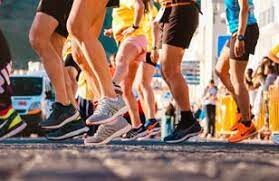
However, there are five key pieces of advice that I pass on to everyone; get race experience, practice at race pace, don’t be afraid to run less, train with a group and lastly, find a fast race.
1) Get race experience
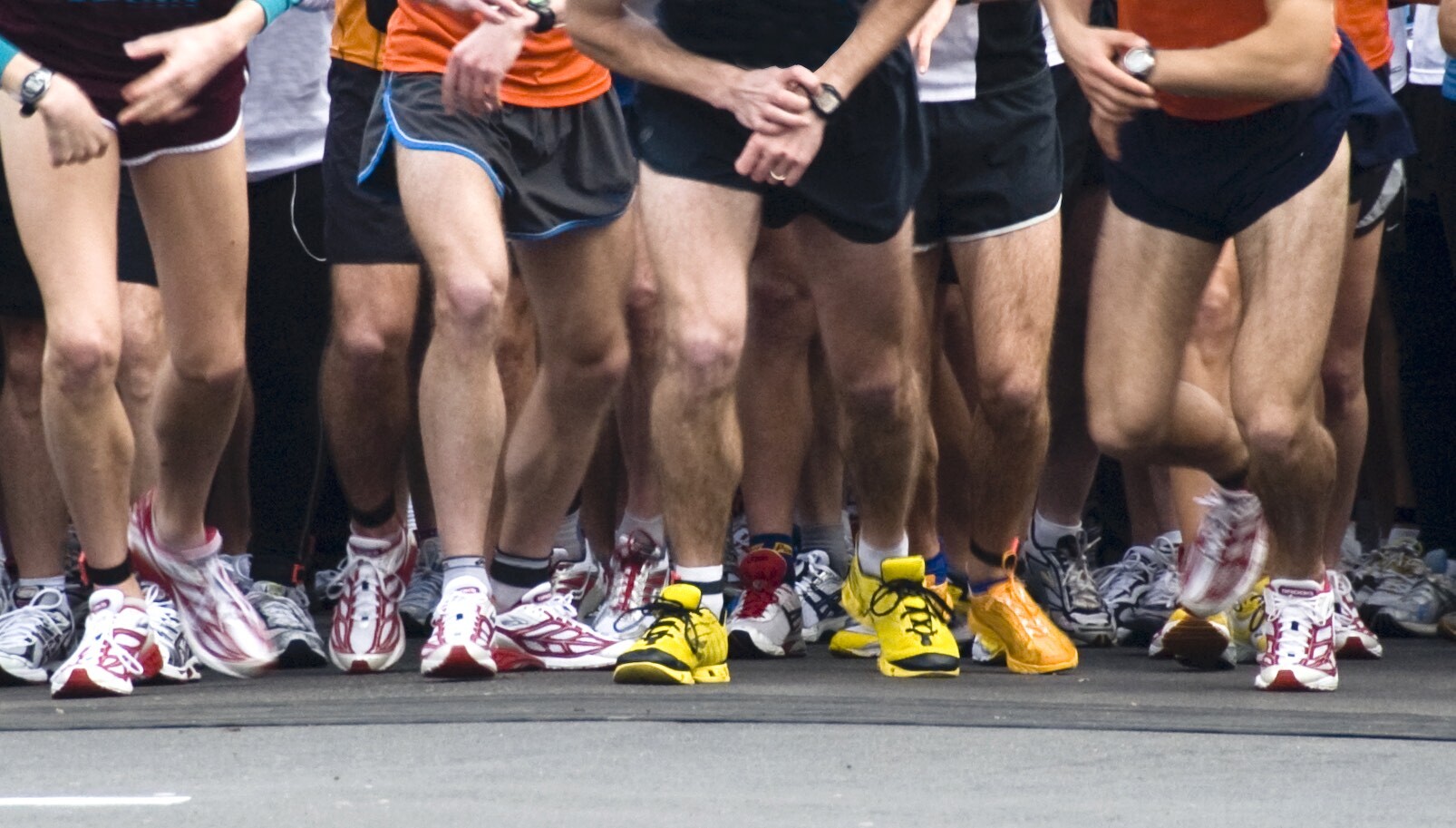
The beauty of the 5k distance, compared to something like a marathon, is you can race again a lot sooner between your last and next event.
This will allow you to experiment and learn what gives you the best push, maybe a certain season suits you better or racing at a different time of the day. Also, everyone races differently and motivates themselves in alternative ways, so you could be a natural front-runner like Steve Prefontaine or love chasing other runners down in the final sprint like Mo Farah. It can be a bit of trial and error, but finding what works can make a big difference in your results.
2) Practice at race pace
Speed Intervals can be a key part of your 5k training, but don’t just go out as hard as you can and hang on until you can’t go any longer. Target the pace you want to run your 5k at and break it down into sections.
A good rule of thumb is to have 5k worth of intervals at 5k pace or 10k worth of intervals at 10k pace, so 5 x 1km at your goal 5k pace, reducing the rest as your training progresses, would be a great session.
Matt Clowes, a runner who has a 13:58 5K personal best also advises about training beyond the 5k distance.
“Training to run a fast 5k requires a good mix of speed and endurance,” says the Cardiff AAC runner. “Going over and under the distance gives a wider scope to crack the distance.
“A typical track session I do when training specifically for a 5k is 6x1k @5k race pace with 90 seconds recovery between each interval.”
3) Don’t be afraid to run less
While it’s important to develop your endurance base, like Matt advises, do not simply on miles to the detriment of your quality sessions, and always pay attention to how you feel and your level of fitness.
With 5k running coming under the VO2 Max bracket of training it’s not all about endless miles, but about the quality as well. If you need to reduce the mileage a little bit to really hit your key sessions then don’t be afraid to.
4) Train with a group
If you are not currently a member of a club, have a look online for a running club in your area or group from your local parkrun.
Find a group that has a similar goal. This can help keep the motivation high, whether it’s getting out on a recovery run and keeping the pace sensible or just pushing the pace to where you want to be on your speed intervals. If you have to suffer, might as well have company.
5) Find a fast race
Not all races are created equal and if you’re running a parkrun with two muddy hills and a hairpin bend on every lap or a road race with more hills than you can count on one hand, then it might not be a PB course.
Investigate where fast times are run or go to a certified 5k road race.
by Ben Riddell
Login to leave a comment
Steve Prefontaine's Nike Oregon Waffle shoes sell for USD$163,800
A pair of Nike Oregon Waffle shoes worn by distance runner Steve Prefontaine has been sold for USD $163,800 on the auction site, Sothebys.com.This pair of Oregon Waffle sneakers in a men’s size 9.5, including the original laces and blue insoles, was worn and owned by Prefontaine. The sneaker is finished in a nylon upper in the University of Oregon’s signature yellow and green colourway. Prefontaine is widely considered the greatest U.S. runner of all time.
The waffle pattern was developed by Oregon track and field coach and Nike co-founder Bill Bowerman.
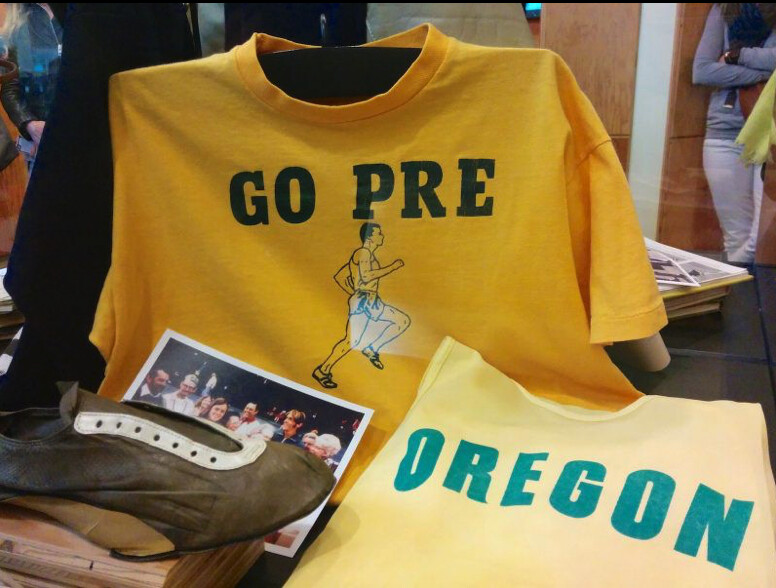
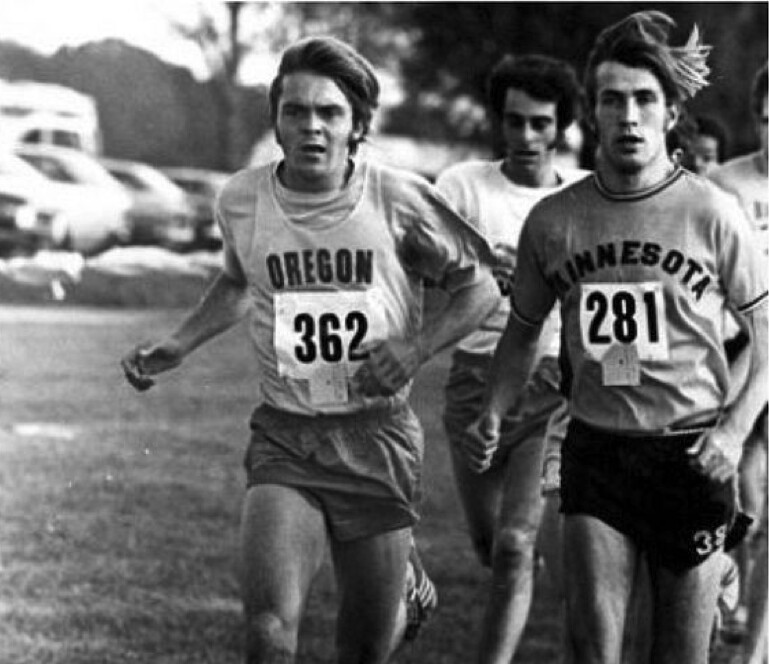
These are the first pair of Pre’s shoes to be publicly sold, which is notable considering the lasting impact he had on Nike, the most iconic sneaker company in the world: Nike.
Prefontaine was the first runner signed by Nike and jump-started the brand as a running shoe company.The auction for the shoe opened on Sept. 6, and the bidding began at $100,000.
From 1969 through the mid-1970s, Pre dominated the sport, setting eight NCAA records during his time at the University of Oregon and competing in the 5,000m at the 1972 Olympics in Munich. In 1975, Prefontaine died in a car accident in Eugene, Ore.
The winner of the auction will now get to hold on to a unique piece of running history. Each year, Prefontaine’s career and life are celebrated at the Prefontaine Classic, a world-class Diamond League track event held at Hayward Field in Eugene, in his honour.
by Running Magazine
Login to leave a comment
Prefontaine Memorial Run is this weekend
The annual Prefontaine Memorial Run is this weekend, and it has a national flavor this year after the two previous events were canceled due to the ongoing COVID-19 pandemic.
The event that honors the late Marshfield graduate and running legend Steve Prefontaine starts at 10 a.m. on Saturday, Sept. 16. It is the 42nd year for the race, which begins in downtown Coos Bay and finishes on Steve Prefontaine Track at Marshfield High School’s Pete Susick Stadium.
Pre set his last American record on that track and 50 years ago competed in the summer Olympics, finishing fourth in an epic 5,000-meter final.
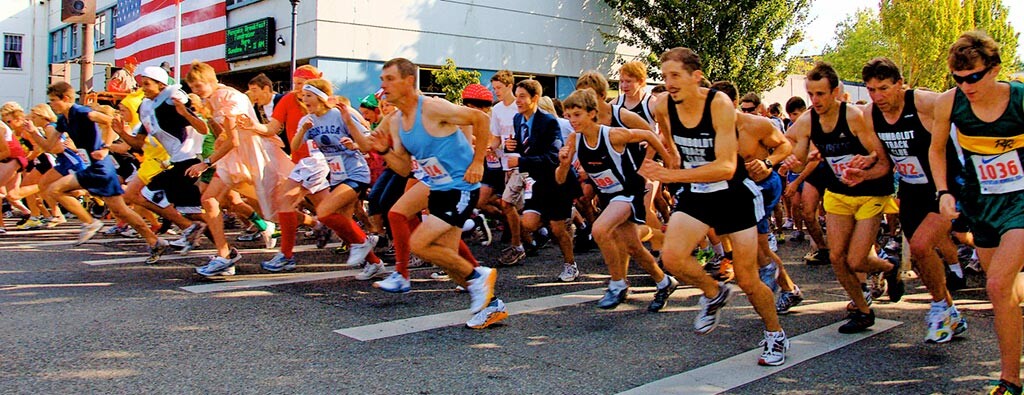
For the third time, the run has been named the national championship 10-kilometer race for the Road Runners Club of America.
The race previously was designated the championship 10K in both 2020 and 2021 and subsequently canceled each year because of the ongoing COVID-19 pandemic.
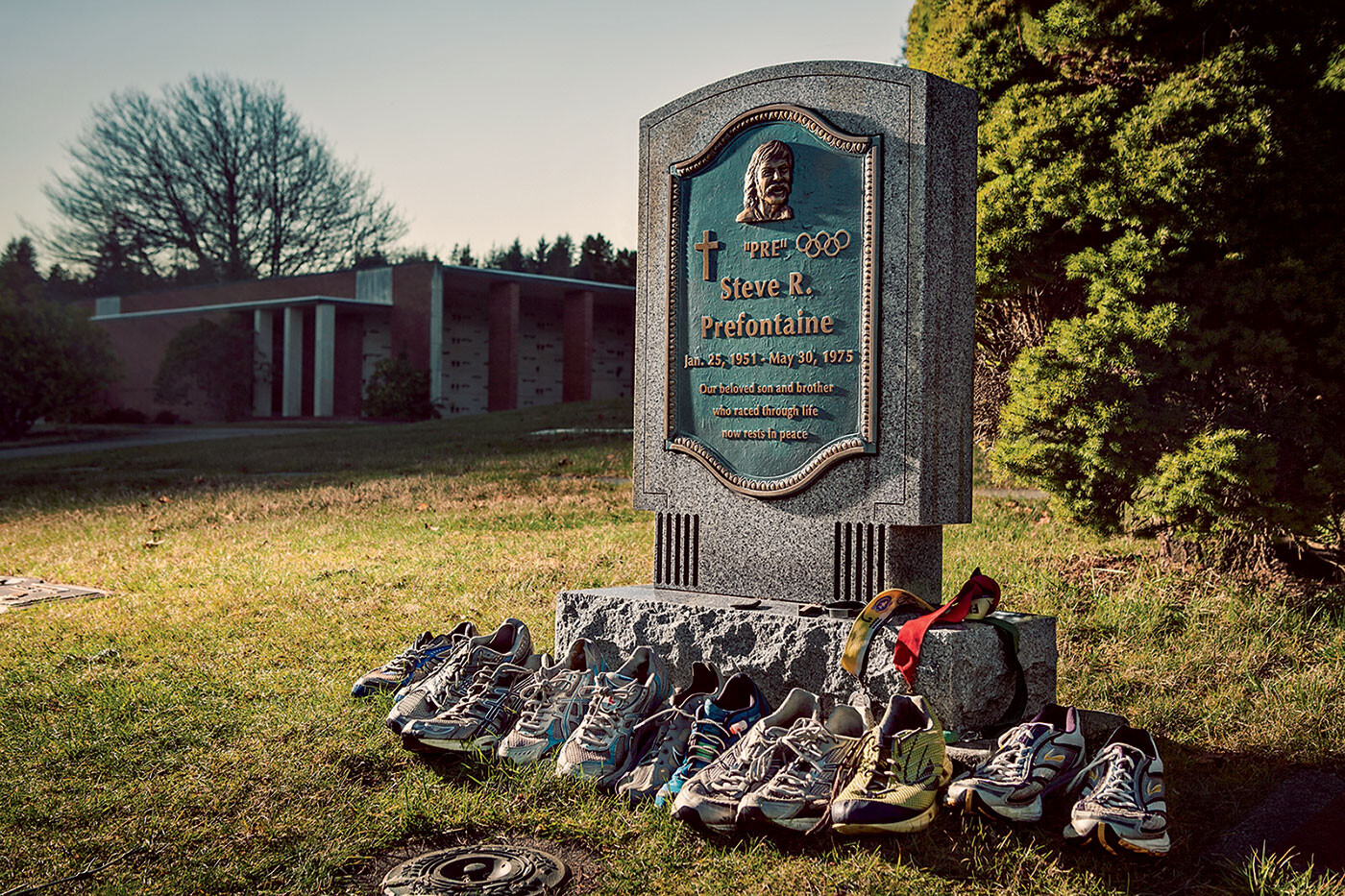
The RRCA Championship Event Series is one of the oldest distance running traditions in the United States, dating back to 1958, race organizers said. The goal of the series is to shine a spotlight on well-run community-based events, and to promote the sport by recognizing the top performing runners in the open, 40+, 50+ and 60+ age group categories for both men and women.
The Prefontaine Memorial Run begins with a stand-alone high school 5-kilometer cross country race followed by the 10-kilometer community run and a 2-mile fun run/walk. Entrants can register online by logging on to the Prefontaine website at www.prefontainerun.com.
Proceeds from the run help the Prefontaine Foundation accomplish its mission of supporting track and field and cross country athletes through grants to local high schools and scholarships to deserving athletes. The Foundation also sponsors and provides financial support to the Prefontaine Track Club. Several club members competed at the recent Junior Olympics national meet in California.
The Prefontaine Memorial Run is held under the direction of the Prefontaine Foundation with community-based support provided by sponsorships from Tower Ford, Pacific Properties, Banner Bank, Advanced Health, Farr’s Hardware, North Bend Medical Center, Wild Coast Running Company, Vend West Services, Nasburg Huggins Insurance and Nike.
Login to leave a comment
Prefontaine Memorial Run
During his brief 24-year lifespan, Steve Prefontaine grew from hometown hero, to record-setting college phenomenon, to internationally acclaimed track star. In a similar span of years since his death in 1975, Pre has become the stuff of enduring legend. His rare combination of talent, discipline, determination, and star-quality with a human touch made Pre the idol of those he called...
more...Some running quotes to inspire you
It can be hard to maintain your zest for running when the temperatures soar.
We dug up some running wisdom from some great athletes and minds to get you out the door. When your workout motivation wanes in the face of weather or whatever comes your way, read a few lines and consider it your calling to rise up and run.
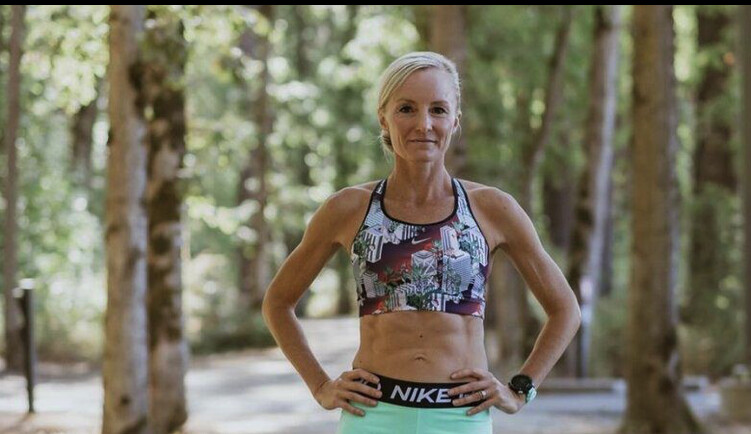

You are a runner, no matter your distance, pace or natural ability
“All runners are tough. Everyone has to have a little fire in them, that even in tough times, can’t be turned off.”
— Shalane Flanagan
“If one could run without getting tired I don’t think one would often want to do anything else.”
– C. S. Lewis
“To give anything less than your best is to sacrifice the gift.”
–Steve Prefontaine
“I just wanted to come out today and, I don’t know, get up in it, stick my nose where it didn’t belong, and just see what I could come away with. I guess that’s a medal.”
–Molly Seidel
“The advice I have for beginners is the same philosophy that I have for runners of all levels of experience and ability: consistency, a sane approach, moderation, and making your running an enjoyable, rather than dreaded, part of your life.”
— Bill Rodgers
Remember why you do it
“Why do we do this? To feel something. To move ourselves, to ensure that we don’t get stuck. And most of all, we do this to be a part of something. To insert our individual effort into a sea of human energy and force out the other side, hopeful that somehow we’ll be different. Changed in some way.”
–Peter Bromka
“Because during every run, for a few seconds or a few minutes, you have a moment where it feels really good. You forget about the discomfort and you find rhythm, maybe some grace, and a feeling of strength and confidence as you move as well as you’ll ever move doing anything. And that’s one of the best reasons to run.”
― Brendan Leonard
“Keep moving. You’re still here. We all are. As long as you’re moving you’re still here.”
–Tommy Rivers Puzey
“…For me there has always been a place to go and a terrible urgency to get there.”
—Joan Benoit Samuelson
“The reason we race isn’t so much to beat each other… but to be with each other.”
–Christopher McDougall
Login to leave a comment
Running motivation: running quotes to inspire you
It can be hard to maintain your zest for running when the temperatures soar.
We dug up some running wisdom from some great athletes and minds to get you out the door. When your workout motivation wanes in the face of weather or whatever comes your way, read a few lines and consider it your calling to rise up and run.
You are a runner, no matter your distance, pace or natural ability
"Love hard. Live hard. Keep moving forward" –Tommy Rivers Puzey
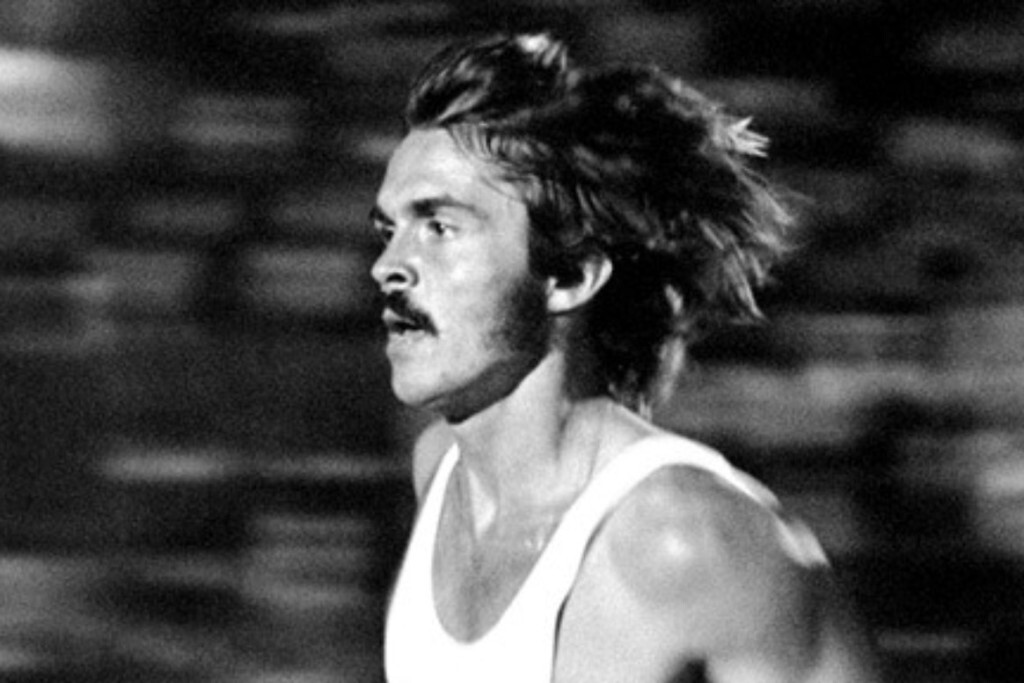
“All runners are tough. Everyone has to have a little fire in them, that even in tough times, can’t be turned off.” — Shalane Flanagan
“If one could run without getting tired I don’t think one would often want to do anything else.” – C. S. Lewis
“To give anything less than your best is to sacrifice the gift.” –Steve Prefontaine

“I just wanted to come out today and, I don’t know, get up in it, stick my nose where it didn’t belong, and just see what I could come away with. I guess that’s a medal.” –Molly Seidel
“The advice I have for beginners is the same philosophy that I have for runners of all levels of experience and ability: consistency, a sane approach, moderation, and making your running an enjoyable, rather than dreaded, part of your life.” — Bill Rodgers
Remember why you do it
“Why do we do this? To feel something. To move ourselves, to ensure that we don’t get stuck. And most of all, we do this to be a part of something. To insert our individual effort into a sea of human energy and force out the other side, hopeful that somehow we’ll be different. Changed in some way.” –Peter Bromka
“Because during every run, for a few seconds or a few minutes, you have a moment where it feels really good. You forget about the discomfort and you find rhythm, maybe some grace, and a feeling of strength and confidence as you move as well as you’ll ever move doing anything. And that’s one of the best reasons to run.” ― Brendan Leonard
“Keep moving. You’re still here. We all are. As long as you’re moving you’re still here.” –Tommy Rivers Puzey
“…For me there has always been a place to go and a terrible urgency to get there.” —Joan Benoit Samuelson
“The reason we race isn’t so much to beat each other… but to be with each other.” –Christopher McDougall
by Keeley Milne
Login to leave a comment
It Shouldn’t Be This Hard to Be a Running Fan
Despite incredible performances at the USATF Outdoor Championships, the meet’s presentation failed to make the sport accessible for a wider audience.
The USATF Outdoor Championships were last weekend. But unless you made the trek to Eugene, Oregon, or you knew exactly where to watch at exactly the right time, you might have missed some (or all) of the action.
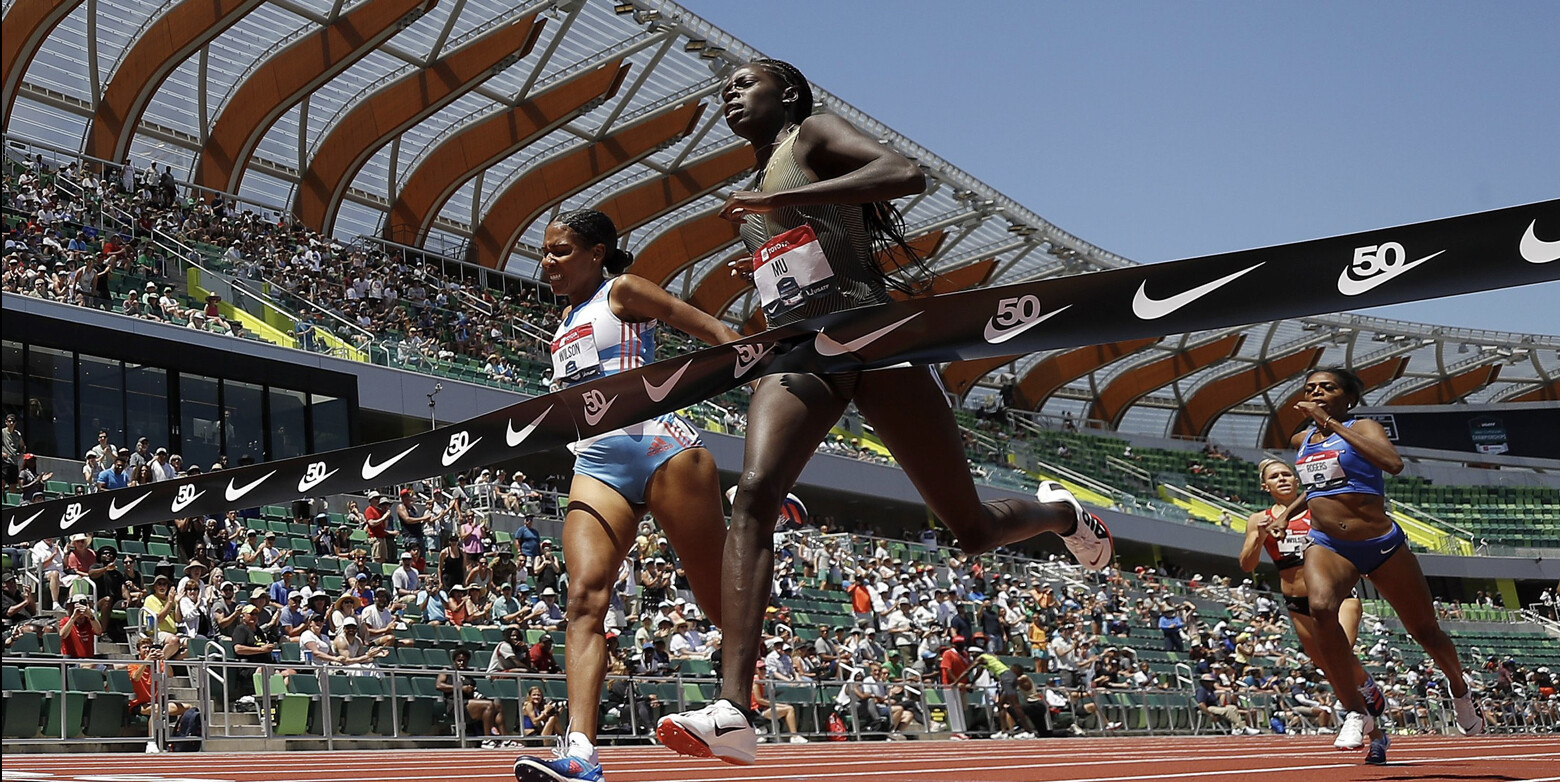
Even if you managed to watch the meet, you might have been left wondering who actually qualified to represent Team USA at the World Athletics Championships from July 15–24. Why will sprinter Christian Coleman run worlds after skipping out on the 100-meter final, despite running the rounds? But Jonathan Davis, who finished second in the men’s 1500 meters, did not qualify? There are answers to these questions, but such answers require prior knowledge of an elaborate qualification system that’s bound to confuse the casual viewer.
Those unclear qualification parameters, along with schedule changes, expensive travel and lodging, and an inconvenient number of streaming services, turned a celebration of athleticism into a Twitter gripe-fest, led by some of the sport’s biggest stars.
That’s not to say the U.S. championships weren’t exciting. Quite the opposite, in fact—the best part of the championships were the athletes’ performances. But everything outside the physical races, throws, vaults, and jumps was simply not on par with other professional sports’ presentations.
How can running become a more accessible sport to the general public? A lot of factors are at play, but critiquing the current shortcomings is step one.
Eugene is difficult and expensive to get to
Hayward Field is undoubtedly a historic venue in track history, and its home city, Eugene, is often dubbed Tracktown USA. So it makes sense that it should host major U.S. meets. But that doesn’t mean it should host all of the important events.
Between Memorial Day weekend and late July, the University of Oregon stadium will have hosted the Prefontaine Classic, the NCAA Division I Outdoor Championships, the USATF Outdoor Championships, and the World Athletics Championships—the four best meets in the U.S. this year.
It’s definitely an outlier year—the World Athletics Championships are on U.S. soil for the first time—but that means the NCAA championships and USATF Outdoor Championships should have been held elsewhere. (The Prefontaine Classic won’t and shouldn’t leave Hayward, because of Steve Prefontaine’s connection to the state and university.)
But track fans who live outside the state face complicated and expensive trips to make it to just one of these meets, let alone four over the course of two months.
An estimated 55,000 people will be in Eugene for the World Athletics Championships, and it shows in hotel supply and demand. Oregon Live reported that the Best Western close to Hayward Field costs $110 per night on a typical week, but it will skyrocket to $596 per night during Worlds. Add in the cost of a flight to Eugene—or a flight to Portland, plus a rental car—and track fans could likely only afford one trip this year, skipping the U.S. championships in favor of Worlds.
The attendance numbers speak for themselves. Only 13,306 people showed up for the 2022 USATF Outdoor Championships—an average of 3,327 each day in a stadium with the capacity for 12,650, expandable to nearly 25,000. In 2019, the last World Championships year, 30,367 fans traveled to Drake Stadium in Des Moines, Iowa, to watch the U.S. national meet.
The takeaway isn’t simply to host the U.S. championships elsewhere, however. Hayward Field hosted the 2015 U.S. championships that qualified for worlds and 38,705 people were there. (It also hosted the Olympic Trials last year, though Olympic years generally have higher attendance numbers.) USATF needs to encourage other venues to bid for a chance to host the U.S. championships—preferably in locales more accommodating to large sporting events.
Unfortunately, hosting the national championships is a big undertaking, and USATF doesn’t recommend new cities go straight from nothing to hosting the big one. Hayward Field already has the infrastructure in place to put on big meets—but so do Hornet Stadium in Sacramento, California, which hosted U.S. nationals in 2017, and Drake Stadium. In a unique year like this one, USATF should do more work to ensure fans aren’t stuck paying big bucks to go to the same stadium four times in two months.
Fans at home navigate increasingly convoluted streaming and broadcasting schedules and costs
If the prevalence of “how to watch this event” articles tells you anything about track, it’s that viewing the sport at home requires multiple streaming subscriptions, a beefy cable package, and hour-by-hour knowledge of which network shows which events.
This year, the USATF Outdoor Championships were broadcast across three different channels: NBC, CNBC, and USA. All three are owned by NBCUniversal. The meet streamed on two services: Peacock, which is NBC’s streaming service, and USATF.TV, a partner site on Runnerspace.
To catch every event live, you had to bounce around. Day one was only streamed on USATF.TV. Day two streamed on Peacock and broadcast on CNBC. On day three, the first hour of competition was on USATF.TV, while the rest was on Peacock and NBC. Every full-length field competition streamed on USATF.TV.
The final day didn’t go as planned. It was supposed to stream on Peacock, while the first half broadcast on NBC and the second half on USA. If the broadcast splitting into two networks mid-meet wasn’t ridiculous enough, a last-minute schedule change (due to high temperatures in Eugene) pushed some events earlier in the day, which disrupted the broadcast and streaming schedule.
Therefore, fans had to again turn to USATF.TV for the updated portion of the schedule, then log back into Peacock or turn on their televisions for the rest of the events.
Streaming is normally the simplest and most cost-effective way to watch the U.S. national meet. To watch live sports on Peacock, you have to pay a $4.99 per month fee. A USATF.TV subscription is more costly—a monthly pass costs $12.99, and a yearly pass costs $119.88, which works out to $9.99 per month—but also gives you access to all other Runnerspace content. And if you only wanted to tune into the U.S. track championships, you only had to pay $18 total for a one-month subscription to each—that’s much less than a ticket to most sporting events.
But here’s the trouble: if you’re a running fan who diligently follows the sport, you can’t watch every event on those two services alone.
Flotrack owns the rights to stream many of the major invitational track meets across the U.S., and they charge $29.99 monthly or $12.49 per month with an annual subscription. ESPN owns the rights to the NCAA championships, some major NCAA conference meets, the American Track League, and the New York City Marathon, which are only streamable if you have a cable subscription. The website Cable TV analyzed 381 plans across 15 providers and concluded that the average cost of cable is $79—and that’s without an internet bundle.
So how much does it cost to be a track fan that wants to watch most events live? Over $100 per month with annual subscriptions. That’s not cheap—especially when coverage is across disparate platforms subject to change at day’s notice and varies in quality.
Unfortunately, there’s no easy solution to this problem. While a singular running broadcast hub would be fantastic, it’s simply not feasible. Each network and service has rights to certain events and control them as such. But there are two things track fans can demand: clear and timely communication from USATF about where they can watch events live, and the respect of cable television networks, like NBC or ESPN, to show meets in their entirety on a single channel—without cutting to commercial mid-race.
It’s exhausting to explain the world championships qualification process to a casual viewer
Before 2019, USATF selected world championships qualifiers based on two main factors: whether you finished top three at the USATF Outdoor Championships, and whether you had the world qualification standard. The world standards are put in place by World Athletics—the international governing body of track & field—to limit the global championships to the best athletes.
If the top three finishers did not have the world standard, they were allowed to chase the standard for a period after the national meet ended and before the world meet began. If one of those athletes did not get the standard in time, the next person in finishing order at the USATF Outdoor Championships would qualify instead.
For example, athletes A, B, and C get first, second, and third at the U.S. championships in their event. Athlete C, however, did not achieve the world standard mark. Athlete C chases the standard, but fails to achieve it in the allotted time frame. Athlete D, who finished fourth, does have the standard, and will compete at the world championships instead of athlete C.
Does that already sound a bit confusing? Well, in 2019, World Athletics introduced a world ranking system, where “athletes score points based on a combination of result and place depending on the level of the competition in which the result is achieved.” This adds a new dimension to qualification, which assists athletes who might not achieve the standard but have been performing well in highly competitive meets, like the Diamond League circuit.
At the U.S. championships, this is normally not an issue. The top three athletes usually either have the standard or have a high enough world ranking that they qualify. At this year’s championships, however, one event caused everyone in the track world to scratch their heads.
The men’s 1500 meters is often a slow, tactical race, which leads to unconventional outcomes. Four men in this year’s final achieved the world standard mark of 3:35.00. But only one of those men placed top three—Cooper Teare, who won the race in a pedestrian 3:45.86. Second-place finisher Jonathan Davis had neither the standard nor a high enough world ranking, because he competed in the NCAA for the University of Illinois all season. Third-place finisher Josh Thompson similarly did not hit the standard, but he did have a high enough world ranking in 39th. The next two people with the world standard were Johnny Gregorek in sixth, and Yared Nuguse in 11th. But because this race counts toward world rankings, someone in between Thompson and Gregorek, like Eric Holt in fourth, could potentially jump the world rankings list to snag the third world team spot. However, Holt would have to land in the top 45 on the world ranking list—he sat 73rd before the race.
Chaos ensued over the next few hours as journalists, athletes, and fans deliberated over Twitter about who would actually qualify. But when the dust settled, there was no definitive answer. By the end of the last day of the U.S. championships, June 26, World Athletics released new rankings. Davis jumped from 110th to 93rd, while Holt remained the same. Neither earned the World Championships berth, as the qualification window closed on June 29.
Such a convoluted system isn’t just a blight for fans. Athletes like Davis, who ran the race of his life to earn second place, miss out on a chance to represent the United States. And those opportunities don’t come often.
“It was a little bittersweet,” Davis told Runner’s World. “It’d be really nice if it would have been similar to past years, where a top finish would possibly get you into the world championships. But [my coach and I] knew this was a possibility and that we have to deal with it.”
Davis believes emphasizing national meet placement would be more fair—and that the NCAA championships should have more impact on world rankings. But overall, he was happy with his performance and not too worried about missing out on worlds. “If I’m back next year, we’ll make sure I have the standard and get into some better races to increase my world rank,” he said.
But when asked directly about his thoughts on just how confusing the qualification procedures are, he laughed and said, “I’m not going to explain them to my grandparents.”
The world rankings are still a work in progress, according to World Athletics: “As we develop tools and processes to further expand the reach of our statistical service, these figures are destined to grow steadily and consistently.” In the meantime, athletes suffer, fans get confused, and casual viewers remain apathetic.
by CHRIS HATLER, Runners World
Login to leave a comment
Fun things you can do with your race bibs, Try these fun ideas
Have you ever Google searched what you’re supposed to do with race bib numbers? If so, you have probably run across many different and ridiculous methods on what to do with them.
As you run more and more races, the race bibs begin to add up. Like many other hoarders, I am someone who refuses to throw out a race bib no matter how the race goes. I see a race bib as an experience and a memory of that day or race.
For others, collecting bibs can be sedimental and something you can always look at later on in your running career. Instead of throwing your bibs straight into the garbage, here are five fun ideas to do with your race bibs.

Pin them to your wall
If Steve Prefontaine did it, you can too. Find some wall real estate in your home or apartment (the kitchen is not recommended) where you can pin your race bibs onto the wall. This is an old-school way of showing off the races you’ve done and giving off the major runner vibes to everyone that enters your race bib room.

If you run out of real estate on the wall, find a new spot or make some cuts to your current collection by taking down bibs you don’t care too much about.
Create a race bib shoebox
Kill two hoarding birds with one stone by using old shoeboxes to store your race bibs. This is an efficient way to keep your race bibs organized and not in the way of your roommates. Storing your race bibs in a shoebox is like saying, “Hey, I’m a serious runner but I want you to get to know me first.”
The convenient thing about storing them in a shoe box is it’s easy to move them around from place to place: Moving? No problem. Storage? No problem. Wine night show and tell? No problem.
Frame it
Some race bibs are more sedimental than others. Most runners will frame a Boston Marathon race bib or another race that means a lot to them. Framing bibs is another way to keep the collection fun, yet organized. Like pinning the bibs to the wall, this method portrays serious runner vibes to guests.
A binder or scrapbook
If you are looking for another fun creative method, hole-punch your bibs into a binder or put them into a scrapbook. Like a high school yearbook, a race bib binder makes it easy to look back on your personal bests and to show your kids how fast you once were.
Similar to the shoebox method, having a race bib binder or scrapbook keeps things organized and convenient to move around.
Try something crafty
If you are looking to go overboard on the creative side, use your old Tyvek race bibs and sew them onto a quilt and pillow. To start, sew your bib onto T-shirt material or fabric. After step one is complete, sew it directly onto the pillow or quilt.
Although this method is time-consuming, it’s a super cool way to show off your running accomplishments and creativity around your home.
by Marley Dickinson
Login to leave a comment
Kenny Moore one of the great story tellers of American sport for decades has died
Kenny Moore, a former University of Oregon distance runner, two-time Olympian, journalist and author, died Wednesday in Kailua, Hawaii. He was 78.
Kenny's wife, Connie Johnston Moore, would like to share this message with you and with others, written from their long-time Hawaiian home:
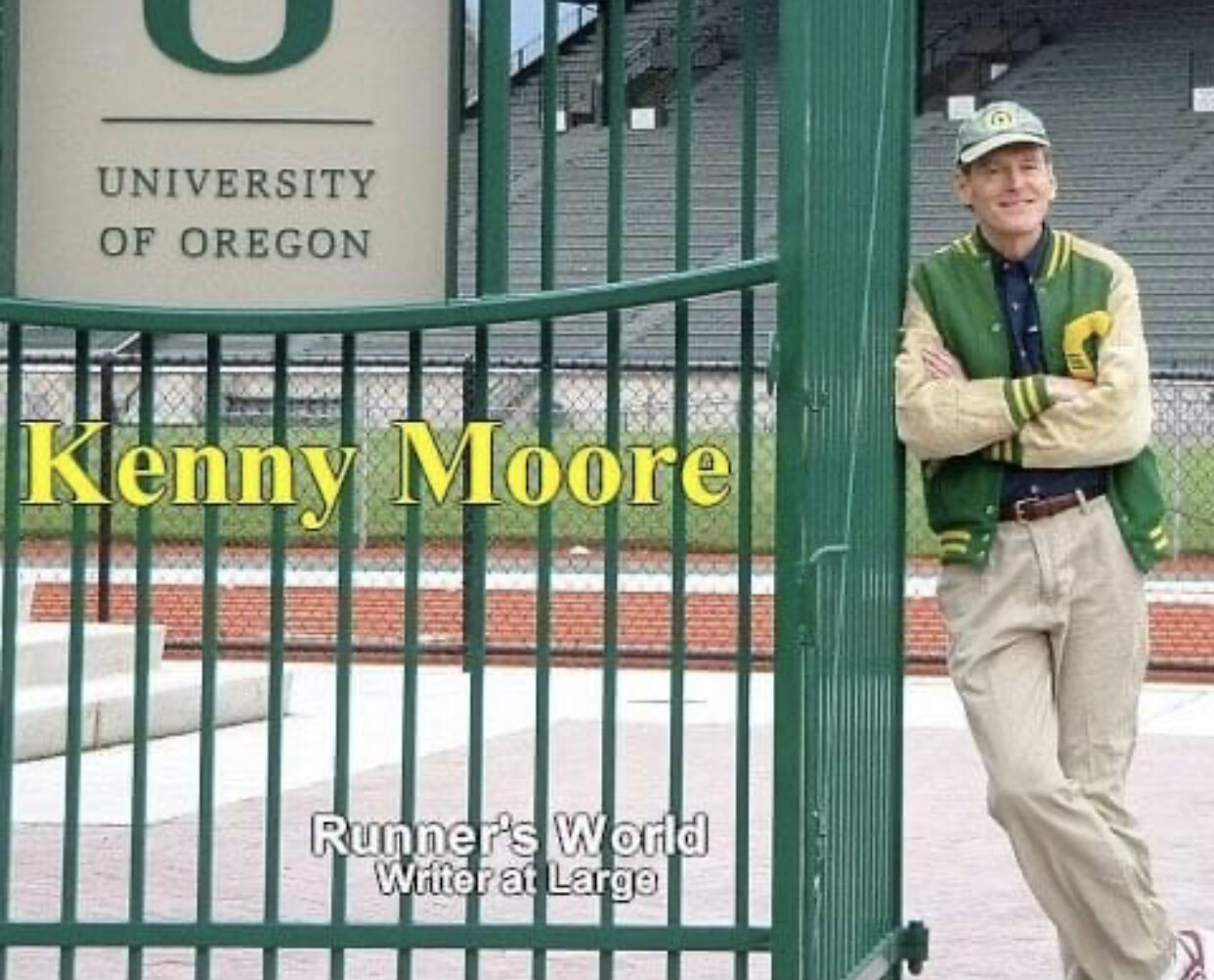
"Kenny found his opening this morning. It was about 7. He was already pretty distant and peaceful and then his breathing stopped. It was a very loving time for me with him. I think he knew he could leave with this morning being our last sunrise. I know you are sad but be grateful for him. It was his time and it was a relatively easy letting go I think for him. I hope you can spread the word for me. Take your time. Just love Kenny, love love love him. We were all privileged to know him and have him in our life. Peace and Love to you and everyone in Eugene."
From his 2019 Induction into the Oregon Sports Hall of Fame and Museum
As an athlete, Kenny Moore found himself right in the middle of some of those great stories while putting his own stamp on running and track and field greatness.
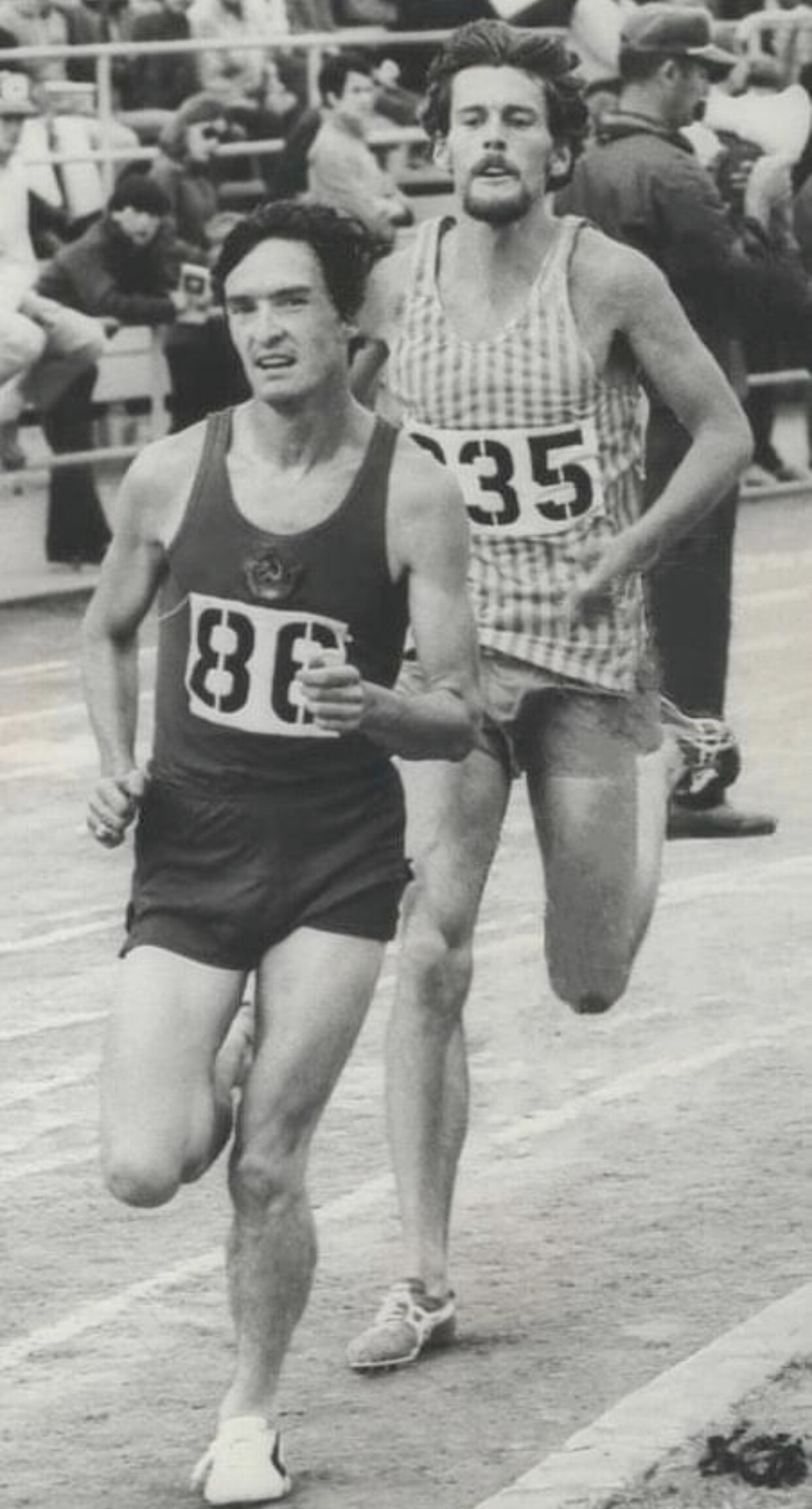
He was known as ‘Ken’ Moore when he graduated North Eugene high school and arrived at the University of Oregon. He would letter three years each in track and cross country.
Always a versatile distance runner, Ken was a three time All-American on the track, with three more top national finishes in the 3-mile, 5,000 meters and the steeplechase. Moore was a 1963 cross country All-American and was part of back-to-back teams that finished 2nd in the nation.
As a post-collegiate racer, he flexed his muscle at greater distances, winning the 1967 US Cross Country Championship and dominating the demanding Bay to Breakers road race in San Francisco. Ken won the 12K monster six consecutive years from 1968-1973.
In 1970, Moore placed second in the prestigious Fukuoka International Marathon with a loop-course American record and personal best time of 2:11.36.
Moore competed on the biggest stage of all twice. He finished 14th in the marathon at the Mexico City Olympics then qualified again in 1972, finishing dead even with training partner Frank Shorter. Shorter would take the gold and glory on the final day of the Munich games in the shadow of the terrorist attacks. Moore just missed the podium, finishing 4th.
These experiences and these times provided extensive material for the writer who would become known as Kenny Moore. In 25 years at Sports Illustrated, Moore told the big stories, championed the protection of amateur athletes and co-wrote the definitive biography of the enigmatic Steve Prefontaine that inspired the film “Without Limits”. Moore has also written a biography of his Oregon coach, the legendary Bill Bowerman.
His activism helped win the freedom of imprisoned Ethiopian marathon champion Mamo Wolde.
KENNY MOORE - Athlete and Writer R.I.P.
(December 1, 1943 to May 4, 2022)
Login to leave a comment
World Championships Oregon22 marathon course revealed
The marathon course for the World Athletics Championships Oregon22 has been revealed by the local organising committee (LOC) for the event. Spectators will be able to line the course and experience the world-class competition for free.
The men’s and women’s marathons, taking place on 17 and 18 July 2022, will be contested on a mostly flat 14km looped course that will run through Eugene and Springfield. Athletes will start and finish in front of the University of Oregon’s Autzen Stadium.
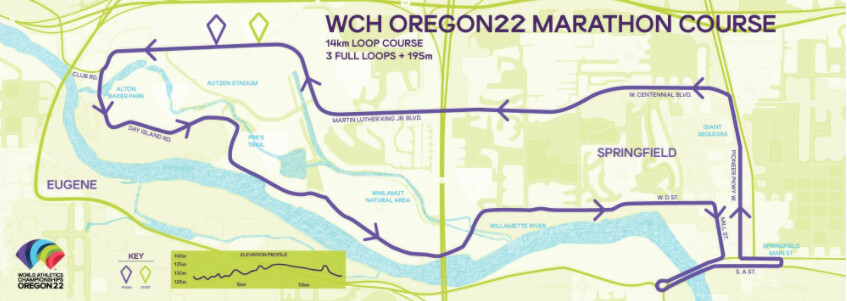
“The opportunity to run a marathon at a World Athletics Championships right here on US soil would be an experience of a lifetime,” said Emma Bates, second place finisher and top US woman at the 2021 Chicago Marathon. “The looped course gives runners the ability to learn and adapt as the race develops, and I think that will result in some fantastic, strategic competition.”
The course follows long sections of the marathon route used for the 1972 and 1976 US Olympic Trials, while also showcasing the beauty and history of Oregon through the landmarks and landscapes of Eugene and Springfield.
“Our objective was to design a course that prioritises the athlete experience while honouring Oregon’s natural landscape, indigenous people, and long-held passion for running,” said WCH Oregon22 Road Events Course Manager Ian Dobson.
“As members of this community, we're proud to give the world’s best runners the opportunity to compete on a course that holds so much history and potential. These marathons will write a new chapter in Oregon’s running story, creating new legends in the footsteps of Frank Shorter, Jacqueline Hansen, Kenny Moore, Joan Benoit and countless others who raced these roads as they helped inspire and redefine what road racing could be – not only in the US, but globally.”
The loop begins on Martin Luther King, Jr. Boulevard, named after the American civil rights leader. From there, it moves into Alton Baker Park, a 413-acre natural area in Eugene.
While on Day Island Road within Alton Baker Park, the route will follow alongside Pre’s Trail. Designated as a City of Eugene historic landmark in 2019, Pre’s Trail is a bark running trail that celebrates University of Oregon track and field legend Steve Prefontaine.
Another feature of this part of the course are the Kalapuya Talking Stones. Showcased in the Whilamut Natural Area of Alton Baker Park, these 15 basalt stones are carved with Kalapuya words and their English translations.
The course will cross over the stunning Willamette River, considered the lifeblood of the Willamette Valley, and then move into the City of Springfield. Competitors will traverse Main Street before running beneath the canopy of a stretch of incredible giant sequoia trees.
The World Athletics Championships Oregon22 will be taking place 15–24 July 2022.
by World Athletics
Login to leave a comment
Steve Prefontaine bib sells for $27,000US
A few weeks ago, Steve Prefontaine’s NCAA-winning race bib from the 1970 NCAA cross country championship was up for sale on Lelands Auctions. On Sept. 27 the bib sold for just under USD $27,000.
The bidding opened at the end of August, starting at $5,000. The first bid of USD $5,500 came on Sept. 20. Several bidders went back and forth over the last couple of days to escalate the price over USD $20,000.

Prefontaine is a running hero to many. He set every American record from 2,000m to 10,000m in the early 70s, before dying in a car accident at the age of 24. His achievements helped ignite the running boom of the 1970s. His three and six-mile records set at the University of Oregon still stand today.
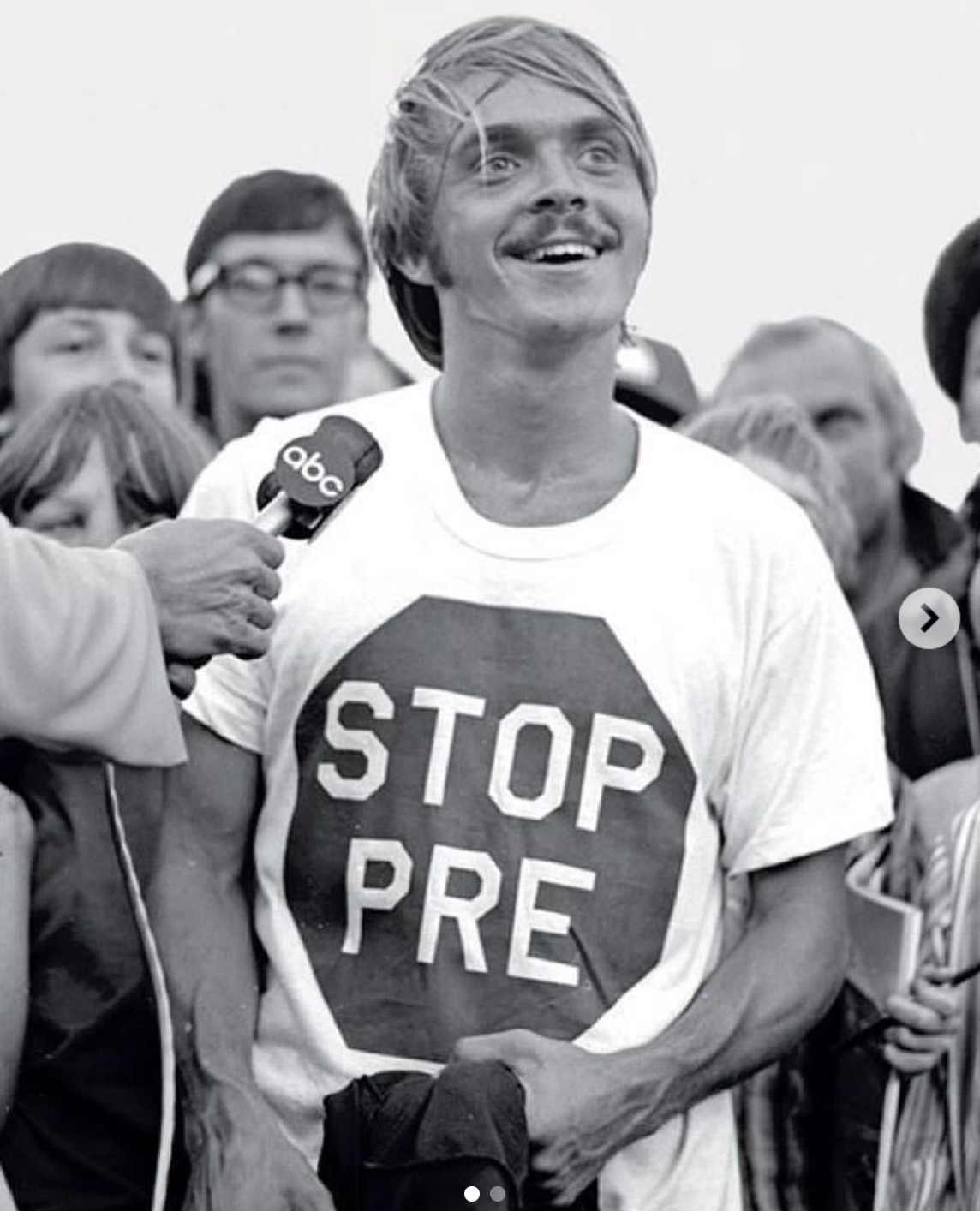
The bib sold is from a cross-country meet on Nov. 23, 1970, at the College of William & Mary in Williamsburg, Va. Bill Dellinger, the coach of Oregon’s track program in the ’70s, gave the bib to a young athlete who was starstruck went he saw Prefontaine but was too shy to ask him to sign it.
“On the back of the bib, our consignor wrote ‘Steve Prefontaine’s number won in 1970 NCAA cross Country Championships held at William & Mary, which he won in record time,’” the Lelands lot description reads.
“On December 1st, just over a week after the race, Prefontaine replied to our consignor with a handwritten letter stating: ‘I slightly remember you standing there with the red cap on you should have said something. I’m glad you found some use for that no. 506, and I hope I can live up to yours and everybody else expectations of me.’”
The winner of the auction will now get to hold on to a unique piece of running history. The bib is a memory of one of the greatest American distance runners ever. Each year, his career and life are celebrated at the Prefontaine Classic, a world-class track event held in Eugene, Ore., in his honor.
by Running Magazine
Login to leave a comment
Two Treadmills Inside ... a Pub?! How This Runner Broke the 100-Mile Treadmill World Record
In his second 100-miler ever, he ran a 6:55/mile pace inside a local pub.
For the second weekend in a row, one of Zach Bitter’s 100-mile world records has fallen.
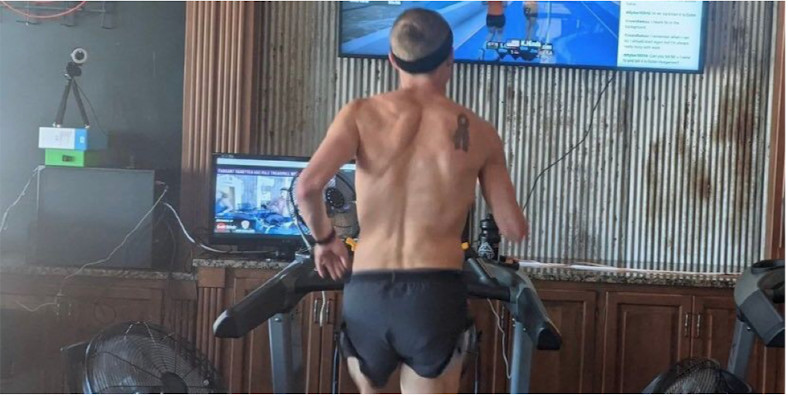
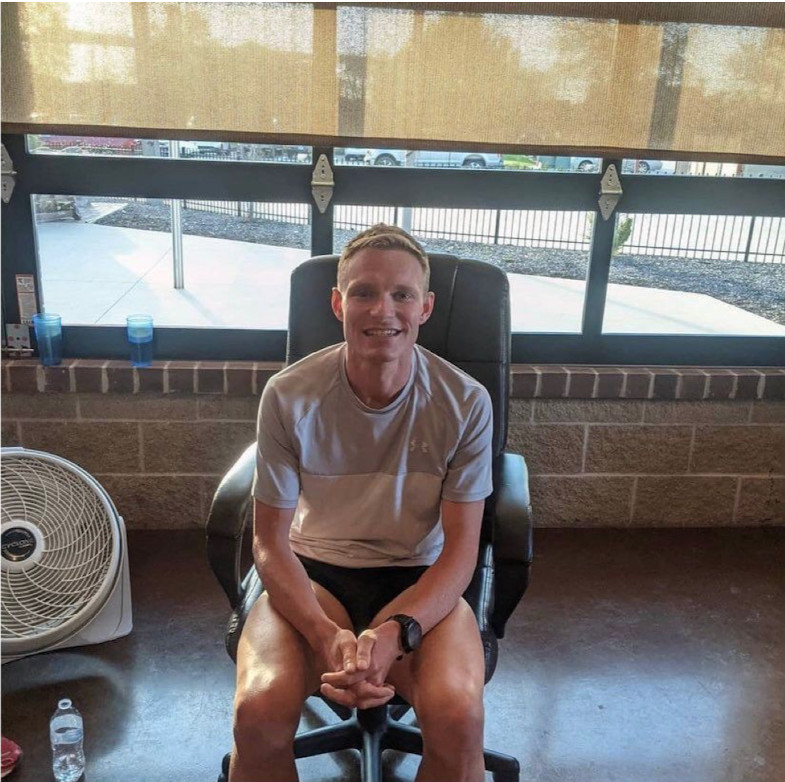
Taggart VanEtten, 25, of Morton, Illinois, smashed Bitter’s 100-mile treadmill world record with a time of 11:32:05. VanEtten’s average pace was 6:55 per mile, and he beat Bitter’s record by nearly 40 minutes.
That’s quite the accomplishment for only his second 100-mile run ever.
“I am so thankful that I am able to do this,” VanEtten told Runner’s World. “Every day, I wake up before 4 a.m. and do my first of two runs a day. ... I’m grateful to [have the time] to train, and I want to keep improving and go for the overall 100-mile world record.”
VanEtten, a PE teacher at Bartonville Grade School, is relatively new to the ultra scene. In college, he ran for Illinois Central College and competed in triathlons. But in November 2019, on only 23 miles of training a week, he ran the Indianapolis Marathon in 2:37:36. It was about 20 minutes off the men’s Olympic Marathon Trials qualifying times, so VanEtten pondered if he could run that mark with higher mileage and focused marathon training. But at that point, the 2020 Trials were less than four months away, so he decided to focus on making the 2024 Trials.
Last summer, he built his mileage all the way up to 200-mile weeks. However, he wasn’t able to put this fitness to the test with almost all marathons canceled because of the pandemic.
To fill that void, he chose an ambitious goal for November: a 100-miler.
“Well, I could sign up for this Tunnel Hill 100 miler, finish it, and never do another 100-miler again like many people say,” VanEtten said. “I had to beg the race director to let me in since there were a limited number of spots, and I was late signing up. 12:19:54 later, I crossed the finish line.”
That time is incredible for any 100-mile runner; in fact, it made him the fifth fastest American in history for the distance. It came after an intense training block where he ran three weeks on, one week off, peaking at a 258-mile week.
His newfound talent got him thinking about a new goal: What if he attempted the 100-mile treadmill record?
“I decided on January 2, when COVID-19 numbers were skyrocketing again,” he said, knowing that traveling to in-person races would still be risky. “I can’t get days off during the school year as a teacher, and I couldn’t fly anywhere, so why not train and promote this treadmill run?”
With that goal in mind, VanEtten spent every morning before school this winter and early spring on the treadmill. He completed additional runs after school and double long runs on the weekends, building up again to 200-plus mile weeks.
On May 1, he set up two treadmills, which he borrowed from a local gym, and a Zwift monitor in Seasons Gastropub, a local restaurant in Morton. There was also a space for his small supporters section, to keep him motivated for 11 hours and change.
VanEtten chose to run in the Hoka Carbon X 2 shoes, with Compress Sport pro marathon socks, Run Rabbit Fly Ease 2 shorts, and a few Amazon headbands to keep sweat out of his eyes.
Every three miles, VanEtten increased the incline to 0.5 and 1.0 for a quarter-mile each to switch up the muscles being used. Being on a treadmill for so long with the same motion can lead to problems in the legs and hips.
After smooth sailing for most of the day, VanEtten considered increasing his pace around mile 75, but he said he was luckily talked out of it by his crew. He said the building was heating up later in the day, and he could’ve paid the price.
“After that, I kept a mindset of telling myself, ‘How many times have you run 25 miles at a 7-minute pace? Or 20 miles?’’ VanEtten said. “It’s gonna hurt bad, but as long as I keep up nutrition, I should be done in three hours.”
When the final miles arrived, it became clear that VanEtten would get the record. From miles 89 to 99, his mentor and fellow local P.E. teacher ran on the treadmill beside him.
The final mile was just VanEtten. As the crowd counted down to 100, VanEtten patted his purple ribbon tattoo on his back—a tribute to his dad who passed away six years prior on April 20, 2015. The anniversary was the day before his run.
“My dad, man, he was a five-minute miler in 8th grade,” VanEtten said. “When I was in high school, he came to all of my meets and he thought I was nuts then. He passed away before I started my triathlons, but I just hope I’m making him proud. I’m working a job I love, I just bought my first house a month ago, and I’m pursuing my dream in running. I hope he’s looking down proudly.”
When he finally hit 100 miles and the record, VanEtten jumped off the treadmill and embraced his mom in an emotional hug.
“She said something to me. That I needed to finish this for my dad,” VanEtten said. “It was a moment I will never forget.”
After a brief champagne celebration and mingling with his fans, he made his way home to enjoy a shower and eat an entire medium-size pizza. He was off work Monday to recover, but was back in school on May 4 to see his students and the running team he coaches.
So, what’s next for VanEtten? He’ll race at Six Days in the Dome on June 18, chasing the overall 100-mile record of 11:14:56, which was set on April 26 by Lithuanian runner Sania Sorokin. The indoor track will be the third different surface VanEtten will run on in three 100-mile attempts.
“I’m not gonna be upset if I go out fast,” VanEtten said. “I want to go out like Steve Prefontaine at suicide pace because it’ll be a good day to die. That’s what I did at Tunnel Hill, and that’s what I want to do there. After I do that, I plan to enjoy my summer.”
by Runners World
Login to leave a comment
Rogers, Brazier and Taylor ready for top-quality test in Eugene
Global medallists Raevyn Rogers, Donavan Brazier and Christian Taylor are preparing for an early-season top-quality test of their form at the USATF Grand Prix – the first World Athletics Continental Tour Gold standard meeting of 2021 – on Saturday (24).
As well as offering the opportunity for some high-class clashes, the event also gives the US trio the chance to compete at Eugene’s recently renovated Hayward Field, which will stage the US Olympic Trials in June and this weekend welcomes athletes for its first professional competition since 2018.
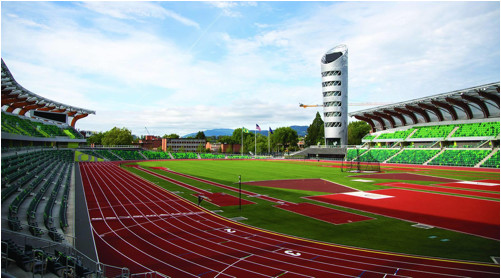
“I am very nervous and excited to compete at the new Hayward,” said Taylor, the four-time world and two-time Olympic triple jump champion. “I had the previous stadium record and had lifelong memories made in front of the grandstands. This is a glorious new beginning but also has that special sense of the unknown.
“This will be a very serious competition for us,” he added, “to have an idea of exactly where we are and what areas we need to focus on moving forward.”
While Taylor has fond memories, world 800m champion Brazier is looking to make up for the disappointment he felt when he last raced at the iconic venue five years ago.
“I’m really excited to race there,” said the 24-year-old, who this time steps up to compete over 1500m. “The last time I raced there I ran pretty bad, I think it was the Olympic Trials in 2016, so I’d like to get the monkey off my back and finally start racing good again in Eugene.
“We’re going to see where we’re at this weekend and that’s part of the reason why we’re doing the 1500m instead of 800m.”
Rogers – star of the track and tower
For Rogers, it's a sense of ‘being home’.
“It is a huge weekend, especially to be running the 800m at Eugene,” said the world 800m silver medallist, who won multiple NCAA titles while racing for the University of Oregon. “I’m just looking forward to kicking it (her 800m season) off and seeing where all of this hard work in practise will lead to.”
Rogers is one of five icons – along with legendary coach Bill Bowerman, Steve Prefontaine, Ashton Eaton and Otis Davis – pictured on the Tower at Hayward Field and on whether there will be any extra pressure to perform, the 24-year-old said: “Just to be able to run the 800m at the ribbon-cutting meet, I did express (to her coach, Pete Julian) ‘you want me to do my first 800m in Eugene at the new stadium?!’ Of course, I was factoring in some of that pressure, but he was very reassuring to understand that the focus is about June and of course later on, God willing, the Olympics.
“It’s more to see where we are and get some races under our belt. That helped a lot to ease some of those outside thoughts in my head in regards to factoring in the pressure of running at the stadium.”
As well as it being the ‘ribbon-cutting’ professional competition at the reimagined Hayward Field – which will host next year’s World Athletics Championships Oregon22 – the event also kicks off this year’s Continental Tour Gold-standard series of meetings. The aim of the Tour is to offer a coherent global series of the best international one-day meetings outside of the Wanda Diamond League.
“I’m excited about the fact that we are getting some World Athletics type of races in,” said Rogers. “I feel like we are still kind of holding on to the slowness of last year, with things not being open, but now people are feeling like vaccinations are a little bit more allowing of us getting outside and being able to do things. And so now that we are able to focus on getting some good competition and more races in, I think it will help get more of that type of competitive experience that we have when it comes to the Olympics, because this is really necessary.
"I feel like as we get into championship season, since it is in almost two months, it’s super necessary and the time window to be able to get those type of races in is very short. So the fact that they are trying to implement this World Athletics Continental Tour will help get those Diamond League type of races and experiences in, instead of just having to have them straight at the Olympics.”
Following the Continental Tour Gold season opener in Eugene, the series will move on to California, Tokyo, Ostrava and Boston in May before meetings in Hengelo, Turku, Bydgoszcz and Szekesfehervar ahead of the Olympic Games in Tokyo.
by Jess Whittington for World Athletics
Login to leave a comment
Over Half Of Ultrarunners Get Nauseous During Races; Here's Why
The list of issues and injuries that an ultrarunner can face while racing is lengthy. Blisters, chafing, cramps, muscle strains, knee pain, heat illnesses, and altitude sickness are just a handful of the possibilities. Perhaps none of these potential problems, however, are as prevalent and impactful during ultramarathons as nausea and vomiting. Indeed, practically every ultrarunner has their own tale of yakking on the side of a trail or into an aid station trashcan. For some, it's an unlucky one-off event, but for others, recurrent nausea consistently mars their ability to perform up to their expectations.
The reason so many ultrarunners get stricken with nausea is undoubtedly multi-faceted, and to be honest, there is not a cut-and-dry singular explanation. Still, we do have some clues as to why the prevalence of nausea and vomiting is up to 2-3 times more common in these races than much shorter distances. Let's take a look at what the research says about the possible culprits as well as some of the strategies you can try to deal with this troublesome symptom.
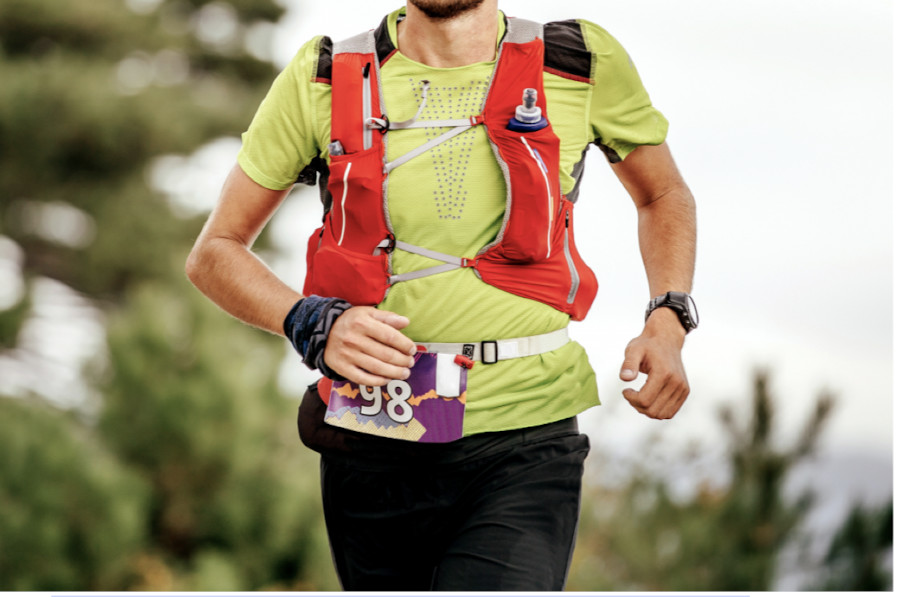
Just How Common Is Nausea?
Beyond the anecdotes, what exactly do we know about the prevalence of nausea in ultrarunners? Before we get to some data on that question, it's important to recognize that surveys used to gather this information quantify nausea differently. In addition, the occurrence of nausea is likely to vary with temperature and humidity, elevation, and the length of a race. As such, it's a bit foolhardy to throw out a single estimate of nausea and think that it applies to every ultrarunning scenario.
Caveats aside, some of the relevant data tells us that nausea incidence clearly increases with race duration. Dr. Martin Hoffman, professor emeritus in the Department of Physical Medicine and Rehabilitation at the University of California, Davis, has overseen several studies on this topic, and in some cases, up to 6 out of 10 runners experience nausea during an ultramarathon. To give you some perspective, consider that around 10% of regular marathoners typically suffer from nausea.
Now, some of these cases of nausea are quite mild or transient, meaning they won't hurt performance much. Still, up to half of cases can be severe enough to impact ultrarunning performance. In fact, one of Hoffman's investigations found that nausea or vomiting was the leading reason for racers to drop out of the Western States 100-mile Endurance Run. During a regular 26.2-mile marathon, a runner suffering from nausea near the end of the race is likely to grit their teeth and finish. In contrast, the thought of having to suffer for another 20, 30, or 50-plus miles while feeling queasy is, very understandably, too much for some ultrarunners to cope with.
Multiple Causes
The puzzle of why nausea is so common during ultrarunning is difficult to solve, in large part because there are multiple physiological changes occurring simultaneously over the course of an ultrarace. It's also incredibly tough to match the demands of an ultrarace in a laboratory, so mechanistic studies looking at the origins of nausea during super-prolonged exercise are few and far between.
Even with the scientific uncertainty, we do have some decent guesses as to what's provoking the urge to spew in so many ultrarunners. During prolonged exercise, you secrete hormones like adrenaline and glucagon into your blood that allow your body to liberate fat stores, make glucose, and maintain your blood sugar levels. Arginine vasopressin, a fluid-conserving hormone, is also released so that you can reduce urine production. Blood levels of endotoxins (sort of invader molecules that seep through your gut's walls) and inflammatory molecules can also surge. And finally, you've got muscle breakdown products, like urea and creatine kinase, spilling into your bloodstream. All these substances can stimulate what's called the chemoreceptor trigger zone in your brainstem, which communicates with another brain region called the vomiting center.
Long story short, you've got a cocktail of substances circulating in your bloodstream that act as a potent trigger for nausea. The concentrations of all these substances tend to increase over time during prolonged exercise, which may help to explain why nausea becomes much more common in the latter half of ultraraces.
A Nervous Gut
The release of stress hormones like adrenaline can also occur even before you take your first official stride during an ultra. Throughout the history of sport, many athletes have been plagued by precompetition anxiety severe enough to induce vomiting. Bill Russell, perhaps the best center of all-time in the sport of basketball, reportedly vomited before many of his big games. There's also a moment in the Steve Prefontaine biopic Without Limits that perfectly captures what prerace nerves can do to even the most elite athletes. In the scene, Prefontaine is seen puking under the grandstands before his race against other running greats like Frank Shorter and Gerry Lindgren, even as the crowd chants his name.
These anecdotal accounts are also beginning to be backed by research. Just this year, two of my colleagues and I published an investigation that found anxiety to be associated with the occurrence of nausea in endurance race competitors. The study, published in the European Journal of Sport Science, had 186 endurance-trained individuals document their life stress and anxiety as well as the gut symptoms they experienced during one of their recent races. A subset of the subjects also reported how anxious they felt on race morning. Ultimately, racers who reported higher levels of general anxiety had over three times the odds of experiencing significant levels of nausea during competition. Further, those who reported lots of anxiety on race morning had over five times the odds of experiencing substantial in-race nausea.
These are correlations, so it's hard to definitively prove that these athletes' nausea issues were completely due to anxiety. That said, other lines of evidence support the idea that this relationship is at least partially cause and effect. Plus, most of us have had our own out-of-sport run-ins with gut distress stemming from worries and anxieties, whether they be from a first date, a medical procedure, or an interview.
Sweltering Heat and Altitude
Environmental conditions also play a major role in development of nausea during ultras. Some of the most prominent ultramarathons in the world (e.g., Western States Endurance Run, Badwater Ultramarathon, Marathon des Sables) are held in sweltry conditions. When researchers ask runners to exercise in the heat, the incidence of nausea can quadruple in comparison to exercise carried out at the same intensity in more mild conditions.
Besides the heat, another environmental factor that many ultrarunners deal with is altitude. Nausea is a well-known symptom of acute mountain sickness, with written accounts going back at least several hundred years. Add exercise to the mix, and you can start to understand why nausea is a big issue for competitors at races like the Hardrock 100 and the Khardung La Challenge, which has the highest elevation of any ultrarace in the world.
Fueling: A Delicate Balance
One other notable contributing factor to nausea is in-race fueling. The nutritional demands of ultrarunners can far outpace those of other athletes competing at shorter distances. For those ultrarunners who are looking to push the boundaries of what their bodies can do, they might end up consuming carbohydrate at rates of 60-90 grams per hour. That's roughly equivalent to 3-4 sport gels per hour! Even lesser amounts of carbohydrate (30-60 grams per hour), though, can pose a significant challenge to the gut's capacity to digest and absorb fueling.
In short, fueling during an ultramarathon often takes place on a knife's edge. Too little can lead to a bonk and even nausea if your blood sugar gets too low, while too much foodstuff can also provoke the gut and induce queasiness. With that in mind, it's critical that ultrarunners practice their fueling strategies multiple times throughout the weeks leading up to a race. Ideally, at least some of these gut-training sessions would be done at a pace similar to race-pace and in similar environmental conditions that an athlete expects to compete in.
Strategies to Quell or Avoid Nausea
Given all this information, you might be wondering how to best avoid the nauseous fate of so many ultrarunners. First, you should accept the fact that there is likely no ironclad way to completely eliminate the risk of nausea during an ultra. There are just too many potential causes. That being said, you do have the power to minimize your risk of being stricken with severe nausea. And for some athletes, it will be important to take a multi-pronged approach as opposed to relying on a single strategy. Below are my top five tips for reducing the odds of tossing your cookies during your next ultra.
Acclimate to the heat and altitude if your race is held under those conditions. Likewise, employ cooling strategies (e.g., drinking cool beverages, putting some ice in your cap or shirt, dousing yourself with cool/cold water, etc.) throughout a race that's held in sweltering conditions.
If you suffer from prerace nerves, try techniques like slow deep breathing or mindfulness. Better yet, consult with a sports psychologist.
Avoid both overhydrating as well as underhydrating. During a single-stage ultramarathon, some amount of weight loss is normal (due to the loss of energy stores), so you shouldn't be drinking so much that you weigh the same or more after a race as before the race. On the other hand, large body mass losses (e.g., >5%) may be a sign that you're underhydrating.
Train your gut! If you plan to push the boundaries of food and fluid intake during the race, of course it makes sense that you should practice your nutrition plan during some of your longer training runs. Much like other organs in your body, the gut is adaptable.
Try ginger. I'm generally not a purveyor of supplements, but if the above mentioned strategies don't do the trick for you, there is at least one nutritional product that has shown some anti-nausea properties in settings outside of exercise: ginger. To be specific, these anti-queasiness effects have been most often studied in nausea occurring during pregnancy, motion sickness, and chemotherapy. No supplement is without risk, and many products sold in the U.S. are of questionable quality, so anyone looking to use ginger supplements-or any other supplement for that matter-should do their research and consult with their healthcare provider as well.
by Trail Runner Magazine
Login to leave a comment
Will There Be Fans at the Hayward Field Olympic Trials? After 2020, holding the event at all will be a victory in itself
Compared to other pandemic-inspired dystopias, the rise of the avatar sports fan wasn’t horrible, so much as mildly depressing. The NBA’s Disneyland bubble (and recent All-Star game) had “virtual bleachers” where viewers could glimpse their spectral selves on screen. Then there was the strange analog equivalent where people paid $100 for the privilege of attending the Super Bowl as a cardboard cutout. In an era of increasing atomization, these images felt like a vision of a nightmare future where yet another in-person communal experience had been phased out. Last March, when asked about the prospect of competing in an empty arena, LeBron James’s initial response was, essentially, forget it. “If I show up to an arena and there ain’t no fans in there, I ain’t playing,” he said.
For track and field athletes, on the other hand, one could make the obvious joke that competing without spectators—as many runners did last year—would be business as usual. But even as having vacant seats at major championships remains a recurring issue for the sport, there are still places where, in pre-pandemic times, one could reliably find an infectious mass enthusiasm for watching fit people chase each other around the oval. In the United States, the most obvious example is, of course, Hayward Field in Eugene, Oregon, which is slated to host its fourth consecutive Olympic Trials in June. The venue’s combination of historical significance and high-energy fan base have always given it a special aura, colloquially referred to as the “Hayward Magic.” Even for those who don’t buy into the idea that occult forces might be wafting through the air of the Pacific Northwest, the quadrennial spectacle of the Trials at Hayward has delivered some big-time moments—starting in 1972 when Steve Prefontaine broke the American record in the 5,000-meters to punch his ticket to his first, and only, Olympic Games.

“This is a very special place for people who are really passionate about running,” says Eugene resident and two-time Olympic Trials champion Nick Symmonds. At the 2008 Trials, Symmonds was the first finisher in the famous “Oregon sweep” of the men’s 800-meters, where all podium spots were claimed by Eugene-based runners—to the roaring delight of the home crowd. While some have argued that it would be “better for the sport,” if U.S. track and field were less Oregon-centric, there’s no question that Hayward’s reputation for track fanaticism is justified. “At Hayward, you can have 10,000 people watching an early-season college dual meet,” Symmonds told me. According to a 2018 survey by the University of Oregon Foundation, the average attendance for weekday and weekend track meets at Hayward over the previous five years was 6,146 and 6,259 spectators, respectively. Those are impressive numbers for U.S. track and field. Symmonds told me that, as a professional, he had raced in national championships at other big venues across the country, like Des Moines and Sacramento, and likened the experience to competing in a “ghost town.” As he put it, “There was no one in the stands there to watch other than mom and dad.”
Unfortunately, the lingering reality of the pandemic might mean that even the Hayward Field Olympic Trials are destined for ghost town status. With fewer than 100 days to go (the Trials are scheduled to take place June 18th through 27th), it’s still uncertain whether spectators will be allowed to attend. COVID infection rates might be dropping as vaccines become more widely available, but the likelihood of packed stands by early summer seems remote.
“We are certainly hopeful that we will have fans at the Olympic Trials, but we are far from certain that that is going to be the case,” Michael Reilly, the CEO of TrackTown USA, the local organizing committee for the Trials, told me. Reilly generously pointed out that infection rates in Oregon had been “increasingly good.” Although the state is not yet allowing spectators at sporting events, Reilly said that his team was working with co-organizers like the United States Olympic and Paralympic Committee and USA Track and Field to apply for an exemption to submit to the governor’s office.
For now, the idea is to plan for a scenario in which fans will be allowed to attend with appropriate safety measures—testing, masks, social distancing, etc. (Reilly told me that it was still too soon to say whether the vaccine could play a role in any safety protocols.) “We are building operating plans that anticipate that spectators will be at the Trials,” Reilly told me. “If, for whatever reason, we can’t have fans, we will be prepared to go either way. Fortunately, many of the operations of the event, as it relates to conducting a track and field competition, really don’t depend on whether there are spectators.”
In a tantalizing irony, Hayward last year completed an extensive renovation that more than doubled its max seating capacity to 25,000. (The permanent seating capacity for the new facility is listed at 12,650, but it can be expanded to accommodate larger crowds.) The project, which is estimated to have cost around $270 million, transformed a relatively quaint facility into an opulent mega-stadium that includes a ten-story tower, a “hydrotherapy room,” and an on-site barbershop.
So far, the only athletes who have gotten to experience this architectural epiphany are members of the University of Oregon’s track and field team, leading Eugene’s Register Guard to posit that Hayward 2.0 is currently “little more than the most spectacular collegiate training facility in the nation.” As the paper reports, the university is hoping to host outdoor track meets later in the spring, culminating in the NCAA Outdoor Championships, which are scheduled to take place the weekend before the Trials.
Should both of these events end up happening without any spectators there’s still the silver lining that, hey, at least they weren’t canceled. And while it might be tempting to assume that all athletes prefer to race in front of a packed house, that, of course, isn’t necessarily the case. Molly Huddle, who won the women’s 5,000 and 10,000-meters at the 2016 Trials and will be looking to make her third Olympic team this June, told me that the first time she competed at a Hayward Trials in 2008, she was so stimulated by the crowd energy that she ended up running poorly. She says she had to consciously “de-sensitize” at subsequent Trials in order to run well enough to make the team. “It will probably not feel like Hayward, because of the new stadium and because there are no knowledgeable, dedicated fans there like there always are,” Huddle says about the prospect of competing at a spectator-less Trials. “Usually, I just try and pretend it’s just a mid-season meet to take the pressure off. So it will be easier to do that.”
Meanwhile, the organizing committee for the Tokyo Games has yet to decide on whether overseas fans will be allowed to attend. (According to a press release from the International Olympic Committee, a decision is expected in the coming weeks.) To be honest, it’s hard to imagine that there will actually be a ban on international visitors—not least because the Japanese government and the city of Tokyo reportedly spent more than $1.25 billion on the new Japan National Stadium—but, if 2020 has taught us anything, it’s to never say never.
by Outside Online
Login to leave a comment
The new and improved Hayward Field sits ready for the Olympic Trials, whenever that comes
There was a lot of hope that the new Hayward Field would be a major attraction before the pandemic hit, and it finally looks like events will return in some form or another.
The 2021 Olympic games are scheduled to start in Tokyo on July 23rd.

We spoke to an athlete training for her shot at an Olympic medal to see how uncertainty is playing a role in everything.
Raevyn Rogers, an 8 time all-American, 6-time national champion, and the recipient of the prestigious Bowerman Award with the Oregon Ducks is training for her return to Track Town USA for the 2021 Olympic Trials. After the 2020 summer Olympics were postponed last March, she had to refocus.
"I expected it, so it was kind of hard to be sad," Rogers said. "It was just one of those things that were like "ok so what is the plan now?"
The Olympics are scheduled to take place in Tokyo from July 23rd to August 8th. The International Olympic Committee (IOC) recently released their first resource playbook for a safe and successful event. One line reading...
"...limiting the number of time athletes and support staff stay in the village, restrictions on socializing outside the village, their movement between official games venues, and a COVID-19 screening system that will see athletes and support staff screened during the games."
But before the Olympics, Hayward Field will hold the 2021 Olympic Trials- slated for mid-June. After running for the Ducks in college, Rogers feels a bit of a "home-court advantage."
"performing in front of the home crowd, I always want to do my best and perform my best," she said. "That's just the kind of pride that I want to carry when it comes to just how much I associate and really care for the University of Oregon."
The atmosphere at Hayward is electric, but due to the pandemic, runners in Olympic trials could be at a loss without a crowd.
"It's not just the noise, but more so the energy," Rogers said. "With the tradition of coming of the Bowerman Curve, there's so much tradition and so much energy that these passionate track fans give."
After running on tracks internationally, Rogers says Hayward has potential as an Olympic venue.
"We've got to get the parking and the hotels a little more situated but the track alone and the facility alone is just Olympic standard."
Rogers was also recognized by her alma mater, as they used her photo on the new Bowerman Tower at Hayward. Photos of Steve Prefontaine, Ashton Eaton, and Bill Bowerman are also on the tower.
A major event people were looking forward to this year was the IAAF 2021 Track and Field World Championships, but because of the pandemic, that will happen in 2022.
Login to leave a comment
Billy Yang’s Latest Film Takes Us Through the Amazing Career of Zach Miller
We caught up with the popular trail-running filmmaker to learn all about his latest project.
Zach Miller has been a household name in trail and ultrarunning since his out-of-nowhere victory at the 2013 JFK 50 Miler. Since then, the 34-year-old has raced and won some of the biggest races on the ultra calendar.
Billy Yang: I started off a fan like everyone else. He’s an unassuming guy, as his friends from Colorado Springs, Colorado, say in the film. I was totally guilty of that. When I first met him, here’s this guy that shocked the ultrarunning community out of nowhere. There were a lot of oddballs at that point in time, but Rob Krar was crushing the competition and dominating the scene. I figured that I’d see what this guy was about.
I was doing a film at Lake Sonoma 50 miler in 2014, which ended up gaining a lot of traction. I followed four runners and this guy Zach Miller kind of spoils my film by winning the whole thing. Over that weekend, we hung out and got dinner with the Nike team. He really was this aw shucks, blue-collar guy who has this flip phone. So I wanted to know, who is this guy?
What did you discover?
Yang: Well, he’s clearly a rabbit—a pacesetter in a race. In that JFK race, everyone thought he’d go 30 or 40 miles with Rob and drop back. But Rob’s wheels came off, and he ended up winning and later signing with the Nike Trail Running team. Fast forward to 2017, here is this guy who has this Steve Prefontaine-esque mindset of racing as hard as you can and giving his best. He even has the mustache.
So, I wanted to tell a three-dimensional story around him with a focus on UTMB as his white whale.
The UTMB crown has alluded every male American that has toed the line in Chamonix, France. It seems like one of the last, to use a climbing analogy, first ascents in running. Zach has been to UTMB three times, once with you there. Were you hoping or waiting to see if Zach could get it?
Yang: I’d be wrong to say the story wasn’t centered around this big, awesome white whale that is UTMB. When I zoom out, I do think that the end we have is kind of perfect. The way the outcome is so imperfect. The finish isn’t a given. For two years, we racked this story. I don’t tell the story about the 2019 race when he dropped out. What we see is his racing style and the only thing that’s a given is how hard you decide to push. That was kind of the spirit of the film.
Miller is now the subject of filmmaker and trail runner Billy Yang’s latest film, Zach. Yang spent years following Miller and capturing every detail of his life for this project that is now available on YouTube.
We caught up with Yang to hear more about what went into the making of his latest project and what he learned from spending so much time with Miller.
This interview has been edited for clarity.
You mention the climbing analogy. My inspiration was actually a film called Free Solo. You can take as many stabs at it and the things you want to do is right in front of you. For Alex Honnold, that was El Capitan. He kept coming back. For Zach, that’s UTMB. Sometimes, it’s just challenging and that mark of a good story is learning how to pivot and complete the story without that Disney outcome.
I finally decided after years of working on this that we needed to wrap this up. We can’t keep chasing this victory that I saw in my head.
Zach is a well-known runner. What do you hope viewers see that they may not have before about him?
Yang: In a way, I’m hoping to introduce him to a new crowd. Zach is a runner, he what makes Zach who is is way more. He grew up in Kenya, and is parents were missionaries. Faith plays a big role in his life. Mentorship and giving back is so important to him. The mindset of ‘do the best you can’ shows in all aspects of his life and at the center of that, I wanted Zach to be a model for people. He’s probably not genetically built like Kilian Jornet or Jim Walmsley or Eliud Kipchoge. But what you see is all the hard work, the miles, and the little things he puts in. He’s so easy to root for.
At the end, we don’t totally see it, but you slightly detail where Zach is at after foot surgery. What’s he up to now?
Yang: He’s not running at the moment. He’s working on building out a short bus that’s turning into a home on wheels. He plans to travel the world in it. That’s the epilogue.
Do you think we see an American man winning UTMB in the coming years?
Yang: I think between Zach, Tim and Jim, and maybe some others no currently at the forefront, someone will do it. Zach said it’s a puzzle you have to put together and for whatever reason, that hasn’t been put together yet. I think it will happen in the next five years and I would bet money it will be one of those three.
by Runner’s World
Login to leave a comment
Prefontaine Memorial Run canceled
COOS BAY — The annual Prefontaine Memorial Run became the latest victim of the COVID-19 pandemic this week, when the long-running tribute to Marshfield great Steve Prefontaine was canceled for this year.
The Prefontaine Memorial Foundation committee agreed unanimously to cancel the event, which had been scheduled for Sept. 19, due to COVID-19 guidelines and concerns.

“This would have been the 41st year for our event, and though we regret the necessity of the cancellation, our foremost concern is to safeguard the wellbeing of our participants, volunteers and those who gather to watch and cheer on the walkers and runners,” said Bob Huggins, the executive director for the Foundation.
Huggins noted that refunds would be sent to people who already have signed up for the race.
The committee had hoped to be able to hold the race, which is the largest annual sports event on the South Coast, typically drawing more than 1,000 runners and walkers for its 10-kilomter race and 2-mile run walk and an associated high school cross country race.
“There are just too many situations we can’t control,” Huggins said. “The outdoor running portion of it is OK. The likeliness of getting COVID if you’re outdoor running is remote.
“But when we start dealing with indoor registration, start-line gathering with people around, handing out awards — there’s just too many things we can’t control.”
Plus, Huggins pointed out, “The governor’s proclamation that sporting events and large gatherings are prohibited through September pretty much made our decision for us.”
Locally and statewide, other big events also have been canceled, including the Hood to Coast Relay, the Butte to Butte run in Eugene, Cycle Oregon and county fairs.
The South Coast Running Club also this week canceled all its summer events, including the Jennifer’s Cathing Slough Classic in June, the rescheduled Roseburg to Coos Bay Relay in June, the Mayor’s Firecracker Run on July 4 in Mingus Park, the Circle the Bay in August and the Sunset Bay Trail Run on Labor Day Weekend.
“Given the ongoing COVID-19 outbreak, we have made the difficult decision to cancel running events through September,” club officials said in a message sent out to members. “We believe this is the most responsible course of action.
“We are saddened by the circumstances that are causing us not to be hosting these events. We believe it is our role to keep our runners and their families healthy by decreasing exposure risk.”
This was going to be a particularly big year for the Prefontaine Memorial Run because the Road Runners Club of America had declared the run this year’s National Championship 10K race. But Huggins said RRCA officials already have told him they will award that distinction to next year’s run.
“We look forward to Sept. 18, 2021, when we plan to once again invite runners to take part in our premier event to honor our hometown hero, Steve Prefontaine, his celebrated running career and his memory,” Huggins said.
The annual run helps the Prefontaine Foundation fund a number of projects each year.
Huggins said projects made possible by the generous support of sponsors and the proceeds from the run include grants to support track and cross country programs in Coos County high schools, annual scholarships to high school seniors who participate in track or cross country, and helping fund the Pre Track Club, a summer training program at Marshfield High School.
This year’s sponsors include Nike, Pacific Properties, Tower Motor Company, Banner Bank, Vend West Services, Farr’s Hardware and North Bend Medical Center.
More information about the run and the Prefontaine Foundation is available at www.prefontainerun.com or by calling Huggins at 541-297-0230.
Login to leave a comment
Focused and ready to run, Dr. Daniel Bridge qualifies for the elite Boston Marathon field
Dr. Daniel Bridge’s love for running pretty much dates back to when he first figured out that he could and has just grown stronger over the years. A little boy who loved to just “run around” to a high school freshman who thought going out for track would be a great way to spend some time with his friends, to a high school senior who won State Cross Country in 2003, to an adult who just competed in his first marathon, running has been and continues to be an important part of Bridge’s life.
“I mostly stumbled upon competitive running when I was a freshman,” said Bridge. “I had a bunch of friends doing track and field and thought it would be a great time hanging out with them. I have always been inspired by Steve Prefontaine. He always left everything out on the track. He made running seem really cool.”
Bridge won the 2003 State Cross Country Meet, by less than one second. Even at that time he was heeding some very important advice, “don’t look over your shoulder to see where you competition is.”

“I had no idea how close second place was,” Bridge smiled. “I’m glad the race wasn’t 20 feet longer or he probably would have passed me!”
After graduating from Shelby High School, Bridge went on to attend and graduate from chiropractic school, becoming part of the family chiropractic business operating in Shelby, Cut Bank and Chester. He had dreams of running a marathon since he was just a little kid and the time training for such an event was finally available. He took advantage of the opportunity, dedicating himself since that time to logging in the grueling miles needed in order to be able to compete.
“I run Monday through Saturday,” Bridge shared. “I prefer running outside, but 90 percent of my runs have been on the treadmill this winter. Treadmills are terribly boring, but it’s nice not to have to don so many layers and brave the treacherous weather. Saturdays are my long runs, topping out at 22 miles during marathon training. My biggest week was 75 miles for this marathon training. Most weeks are 50-60 miles.”
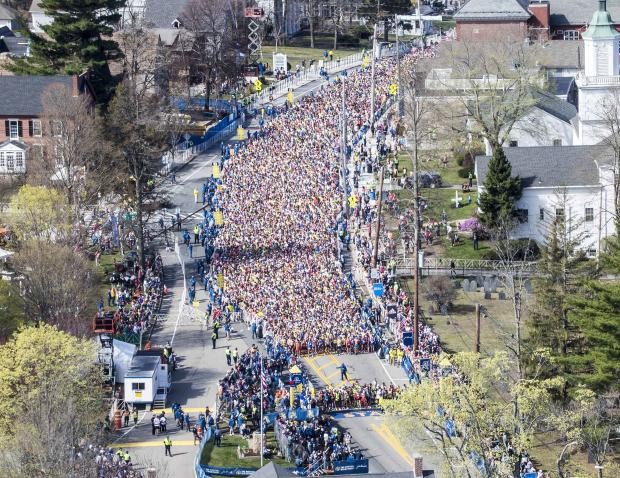
Bridge was ready to compete and ran his first marathon, the Museum of Aviation Marathon, in Warner Robins, Ga., last month. His brother-in-law is currently stationed at Fort Benning, Ga., which afforded him a place to stay and someone to cheer him on as he completed the marathon in fantastic time.
“I was able to go visit them and they were my support crew,” said Bridge. “I took third place, with a time of 2:48:20. The men’s cutoff, for my age group, is 3:00 for Boston, so I did qualify. I plan on running it next year, assuming the Corona Virus doesn’t shut it down.”
It is a major accomplishment for someone who has not competed in a marathon before to qualify for Boston their first time out. Bridge is one of very few to meet this incredible milestone.
“Daniel did amazing,” said Bridge’s high school cross country coach, Debbie Munson. “It is almost unheard of for someone to qualify for Boston their first marathon.”
Running is definitely not for everyone. Right about now many are probably thinking “there is absolutely no way I could, or would, want to do that!” But running is a great cardiovascular activity and stress alleviator and most of those who do forge ahead with it end up doing it for years.
“I think it’s easier to stay in running shape as opposed to starting and stopping, so I would like to continue running for the rest of my life. ” said Bridge. “I like to get my running done first thing in the morning. That helps me to get it out of the way so it’s not hanging over my head all day. On top of that, it wakes me up for the day. It makes me happier and gives me more focus throughout the day.”
by Jennifer Van Heel Shelby
Login to leave a comment
Boston Marathon
Among the nation’s oldest athletic clubs, the B.A.A. was established in 1887, and, in 1896, more than half of the U.S. Olympic Team at the first modern games was composed of B.A.A. club members. The Olympic Games provided the inspiration for the first Boston Marathon, which culminated the B.A.A. Games on April 19, 1897. John J. McDermott emerged from a...
more...Ethiopia’s Muktar Edris, Repeats As 5,000 World Champion
Ethiopia’s Muktar Edris, the man who two years ago shocked the world by knocking off Mo Farah to capture the men’s 5000-meter world title, has done it again. Edris came into the 2019 IAAF Worlds Athletics Championships as a 15/2 underdog, having done nothing this year (his SB was just 13:29), but he will leave it once again with a gold medal hanging around his neck as he used a 55.07 final lap to close out a 3:59.63 final 1600 (64.62, 60.84, 58.99, 55.07) and come from behind to win gold in 12:58.85.
Edris’ compatriot Selemon Barega, who ran 12:43 last year, nabbed silver in 12:59.70. Moh Ahmed of the Bowerman Track Club made history for in third (13:01.11), earning Canada’s first-ever world or Olympic medal in an event longer than 1500 meters, after a confident run that saw him lead from 3800 until just after the bell.
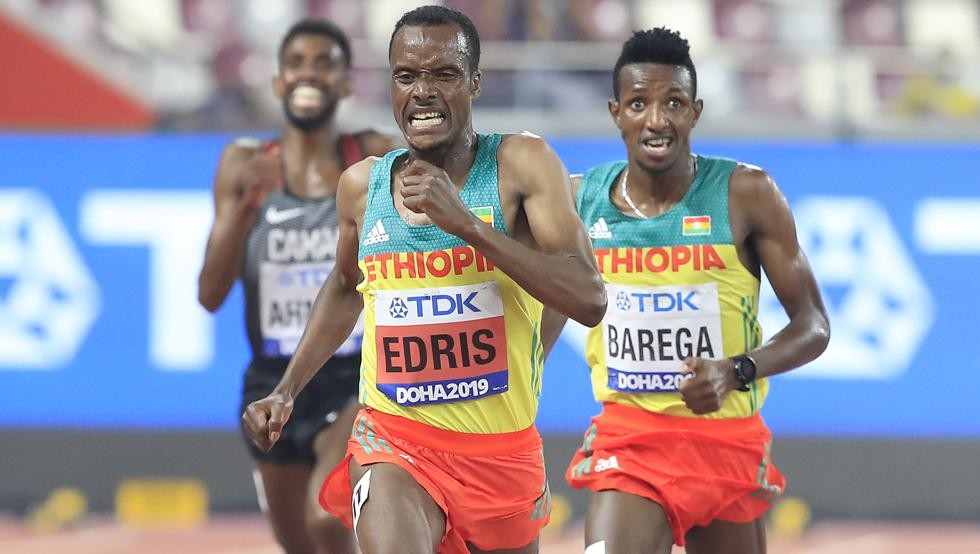
Norway’s teen sensation Jakob Ingebrigtsen, 19, the youngest sub-4 miler in history and betting favorite, ended up fifth in 13:02.29 after putting forth his best impersonation of Steve Prefontaine at the 1972 Olympics. Ingebrigtsen boldly ran for gold taking the lead with just less than 300 meters to go before totally running out of gas in the last 100, which he covered in just 17.17 seconds.

Two of Ingebrigtsen’s older brothers were also in the race. Filip Ingebrigtsen was still with the lead pack with a lap and half to go and actually still ahead of the race winner Edris when he raised the white flag and stepped into the infield with 550 meters remaining, saving himself for the 1500 meters, where he won bronze in 2017. Henrik Ingebrigtsen was dropped early in the race and finished 13th in 13:36.25.
American Paul Chelimo, who had medalled as the last two global outdoor championships in the 5000, entered the final lap in 4th but ended up 7th in 13:05.27.
by Lets Run
Login to leave a comment
IAAF World Athletics Championships Doha
The seventeenth edition of the IAAF World Championships is scheduled to be held between 27 September and 6 October 2019 in Doha, Qatar at the renovated multi-purpose Khalifa International Stadium. Doha overcame bids from Eugene, USA, and Barcelona, Spain to be granted the rights to host the 2019 IAAF World Championships in Athletics. Having hosted the IAAF Diamond League, formerly...
more...My Best Runs founder Bob Anderson is the featured runner on Amby Burfoot's Lifetime Running website today
Bob Anderson is the featured profile today on Lifetime Running.
As the founding publisher-owner of Runner's World magazine ("Making Tracks Since 1966"), Bob Anderson played a pivotal role in the American running boom. Less well known: He has been, and at age 71 remains, a passionate runner and racer. In recent years, Anderson has thrown his creative energy behind a Double Racing concept ("Running with a halftime break") and a free Running News Daily column which Bob edits.
Here are some excerpts from my interview:
When did you start running and WHY?
I started running on Feb 16, 1962. My older brother went out for cross country because my dad ran some in the Navy and I wanted to give it a try. Could not run without stopping after a mile that first day.
Your best races and running achievements?
One of the features on our Ujena Fit Club website is that it age grade all races. Five of my top races that I am most proud of would include when I ran a 1:25:24 half marathon at age 64. A 59:17 10 miler at age 53. A 17:09 5k at Carlsbad at age 49. A 3:32:17 marathon at Boston age 65. And a 2:08.5 880 at age 15.

But my greatest running achievement has to be when I ran 50 races in 2012 at age 64. My 50-race challenge was not just about finishing a race each weekend but it was also about achieving an average performance which would be at least 80% age graded. I raced 350.8 miles and averaged 6:59 per mile.
3 key tips for successful lifetime running?
1--Run or walk each day outside covering at least one mile.2--Don’t worry about speed unless you want too. Make this your choice.3--Run at least a few races each year.
Favorite quote?
Steve Prefontaine: “To give anything less than your best is to sacrifice the gift.”
What are the biggest lessons (life lessons and running lessons) you have learned from running?
Running is magical and makes everything possible. My day is not complete without a run. Running is just part of my DNA. If I had not found running, I can not imagine what kind of life I would have had.
Age is only a number and even through the number is getting larger, I just don’t let a number tell me what I can or cannot do. We only live once, so why not enjoy it to the fullest?
Running helps add meaning to every day.
After posting this on FB Gary Rush wrote:
If not for Bob Anderson and his magazine, and the stories and photos and dreams it inspired in my life- I likely would have not been a runner since age 14 or a marathoner since age 15...
Editor's Notes:
First Photo: with Linda Sereno at the San Juan Christmas 2018 Double Road Race (Dec 16, 2018). Linda was awarded the Best Double Racer for 2018 the night before along with Dwayne Spencer. Second Photo: finishing the 10k leg of a Double Road Race in Bali Indonesia with Ken Whyte from Ausutralia.
The next Double Racing event will be the Palo Alto Double 8K (5K+break=3k) on March 10, 2019.
by Amby Burfoot
Login to leave a comment
Palo Alto Double 8K & 10K/5K
The Palo Alto 10K, 5K and Double 8K (5k+break+3k) will be held in the Palo Alto Bayland Open Space on the west shore of San Francisco Bay. The Double 8K Run/Walk is a two-stage run (5K+Halftime+3K). The races will be run on a flat, fast course. The 5K and 10k courses are mostly on paved and hard-pack trials. The 3K...
more...Steve Prefontaine’s sister’s favorite photo of her brother is not one of him crossing the finish line
Linda Prefontaine posted this on Facebook and got hundreds of likes and comments. She wrote, “My favorite pictures of my brother are not of him crossing the finish line. They are pictures like this that show what a wonderful, warm and caring person he was. Like this photo of my brother and Gerry Lindgren.
“If you were the recipient of my brother's friendship and love , then you were a lucky person because the competitor Steve was fierce and bold but that was only a part of who Steve Prefontaine was. He was more than just a man running on the track.”
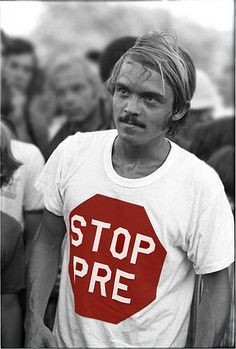
Hundreds of people posted comments. Tom Lux wrote, “Linda. The first time I met your brother I had just arrived in Eugene. I was by myself stretching on the track with nobody around. Steve came up to me and started asking about what I was doing.
“His interest was genuine and abundant. He did not know me and I was a nobody. Never talked about himself but only inquired about me. Of course I was in total awe!”
Richard Leedom posted, “Yep--he was bold and fierce. He was also emphatic about fighting for our sport. Emboldened me to join his fight against the AAU, (led to my own battles with them). He definitely had the passion.
“But, he truly wanted to make a difference and, I don't know how many people aside from those who met or knew him, realized just how much he wanted to change things. Thanks for sharing these moments. Keeps us reminded why your brother truly deserved the iconic spot he has taken in the world of athletics--not just running.”
Yes Linda, your brother Steve Prefontaine was one tough runner on the track but he was just one amazing, caring and thoughtful person as well off the track as you know. He had a big heart. He died over 42 years ago because of a freak accident but he will never be forgotten for everything he accomplished on and off the track.
by Bob Anderson
Login to leave a comment
Steve Prefontaine’s spirit lives on in all of us even after 43 years
by Dave Ross
Login to leave a comment
Tracktown USA hopes to be selected to host the USATF 2020 Olympic Trails
Login to leave a comment
My brother presence electrified Hayward Field in a way that had never been done before, we can't tear down history
by Linda Prefontaine
Login to leave a comment
Steve Prefontaine's vision lives on
Login to leave a comment





